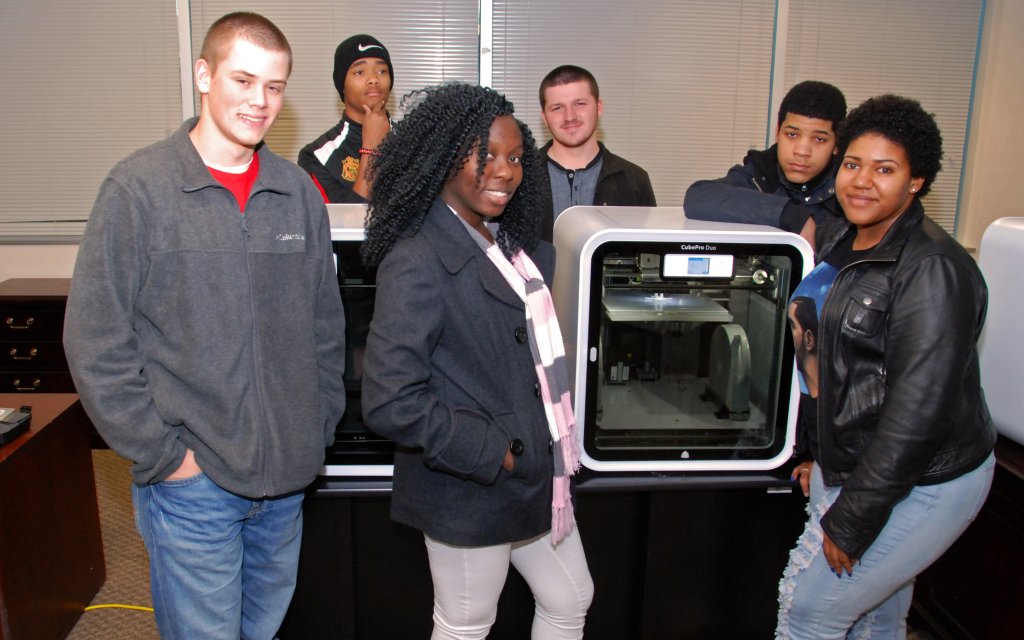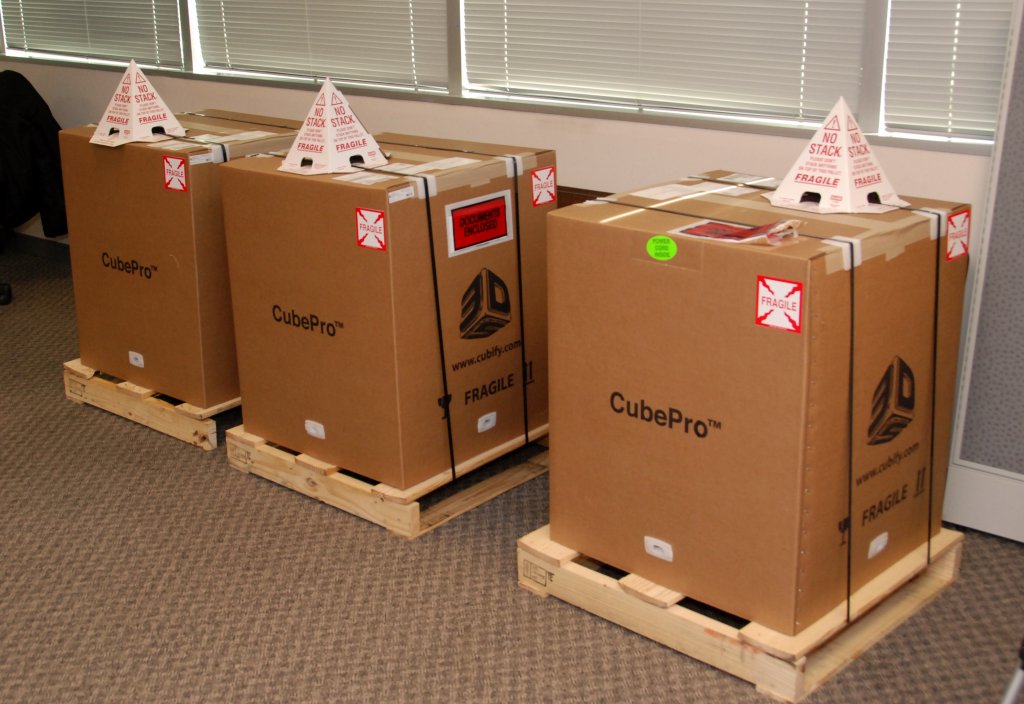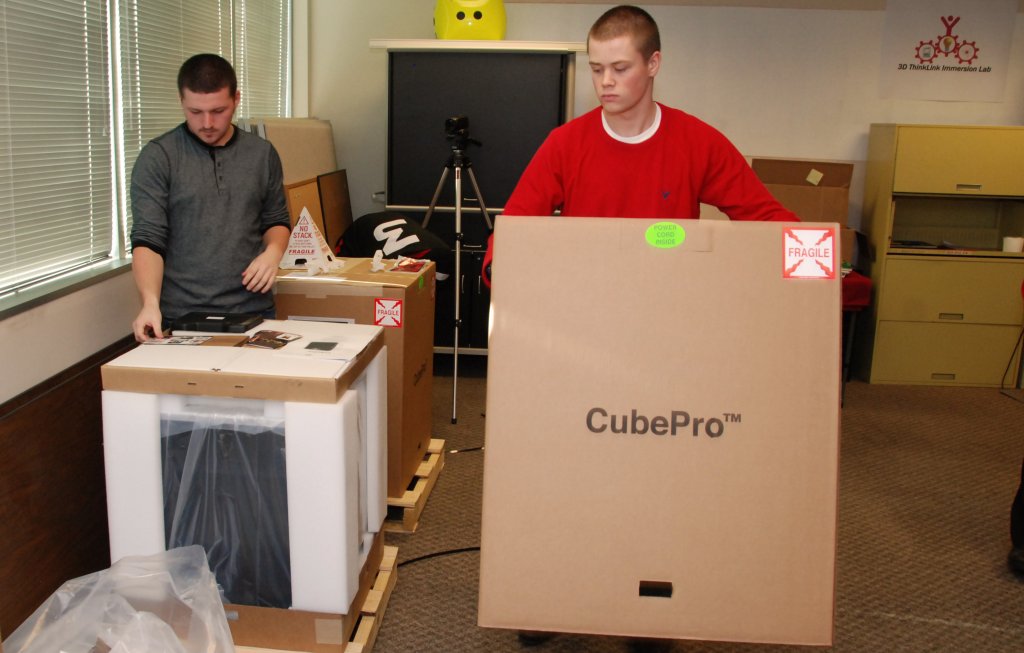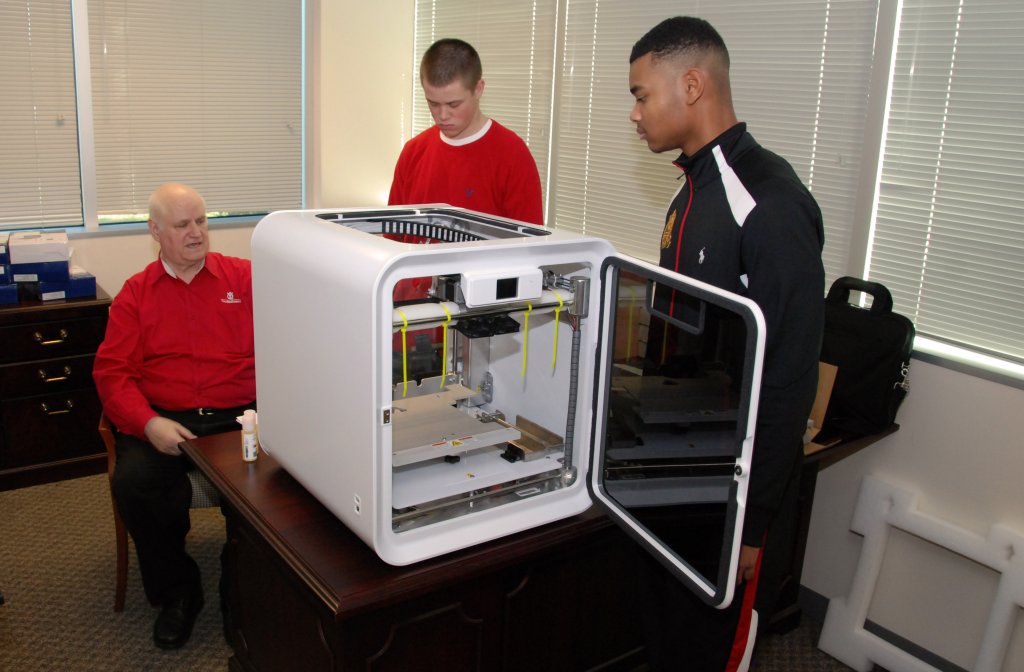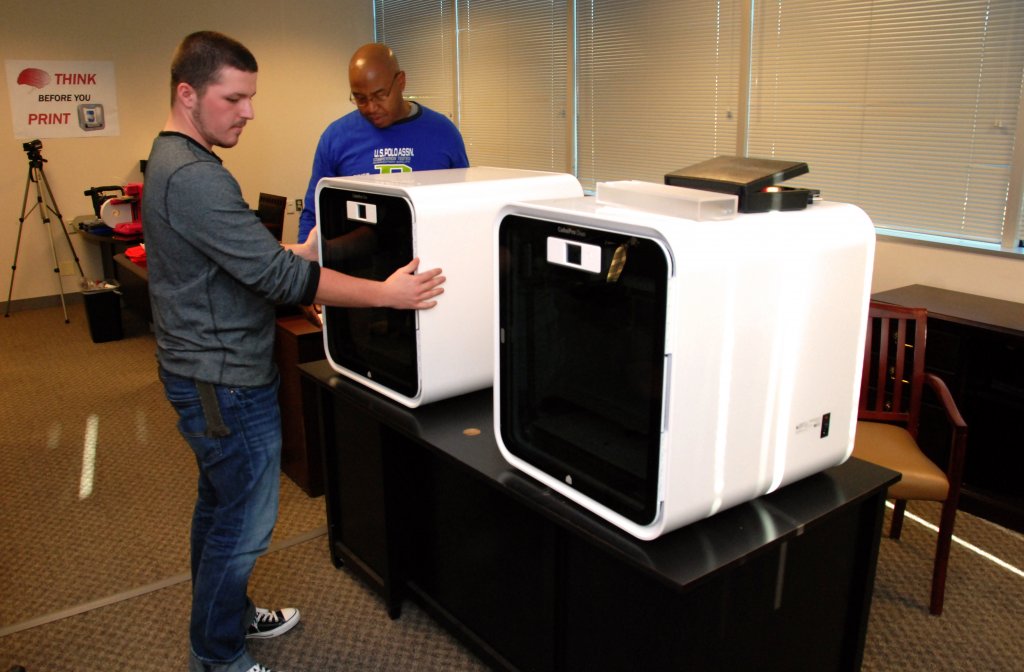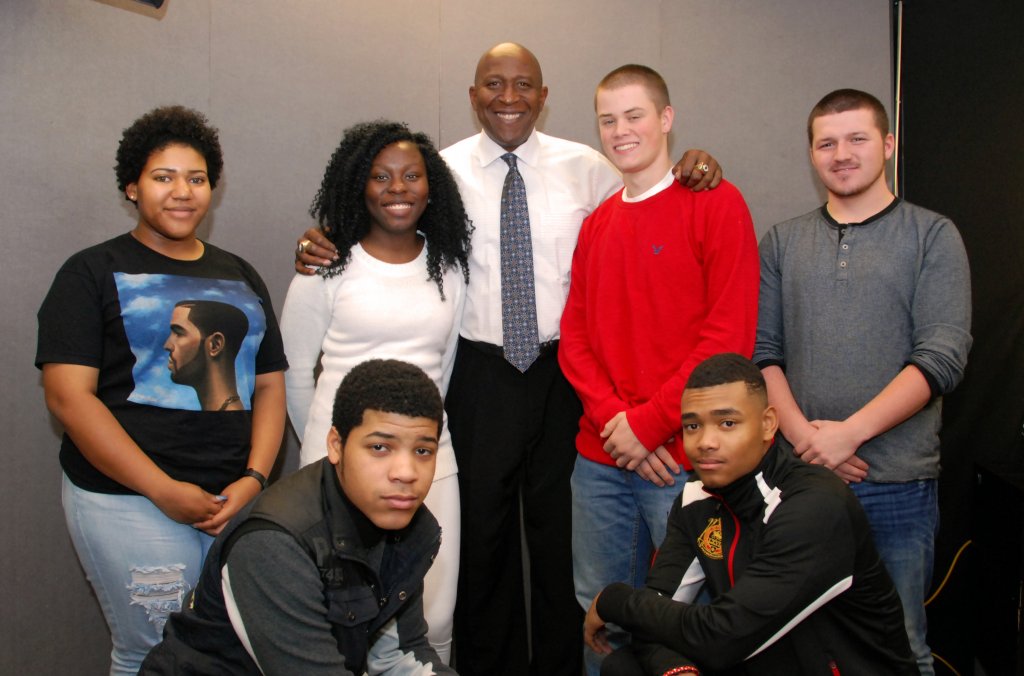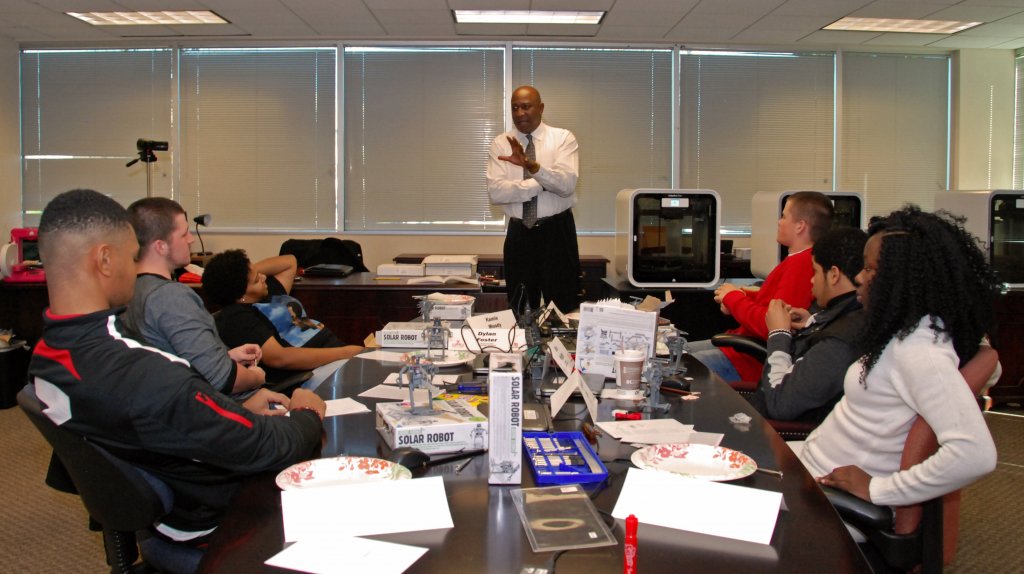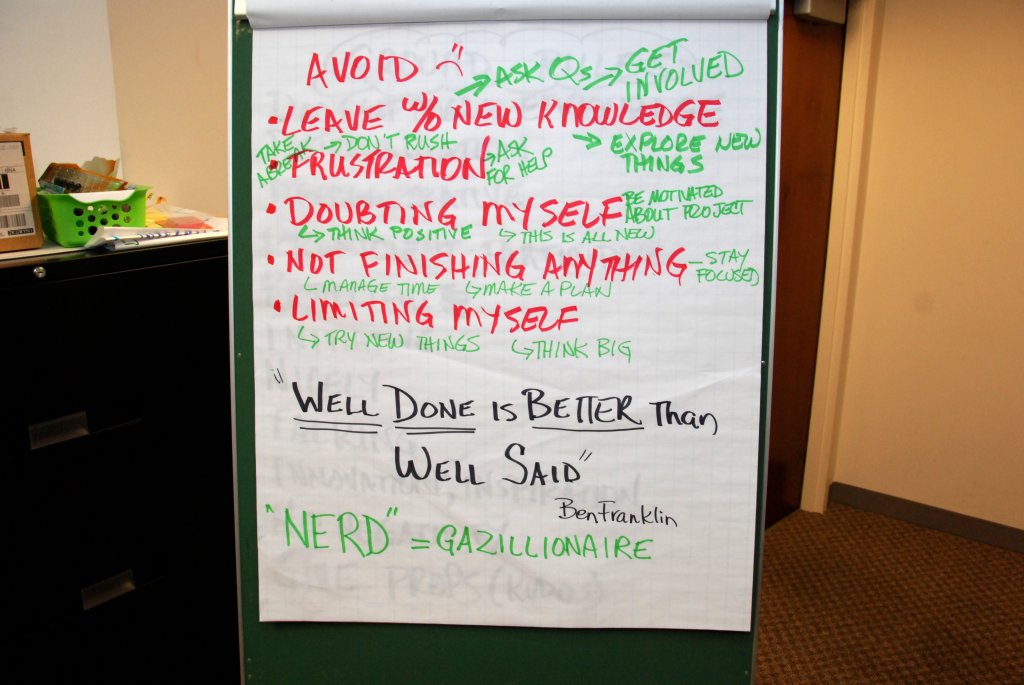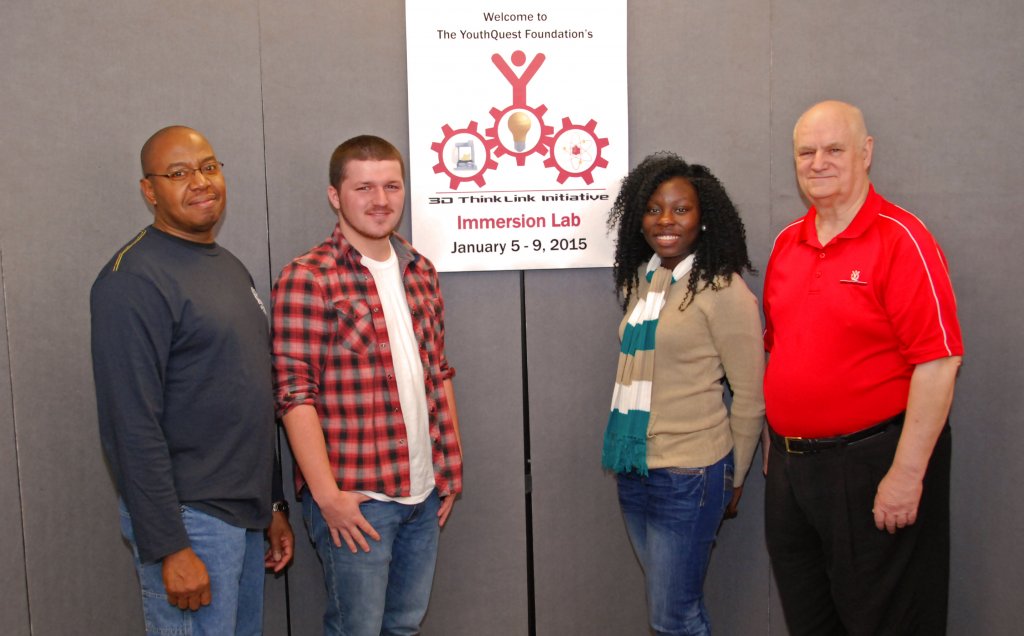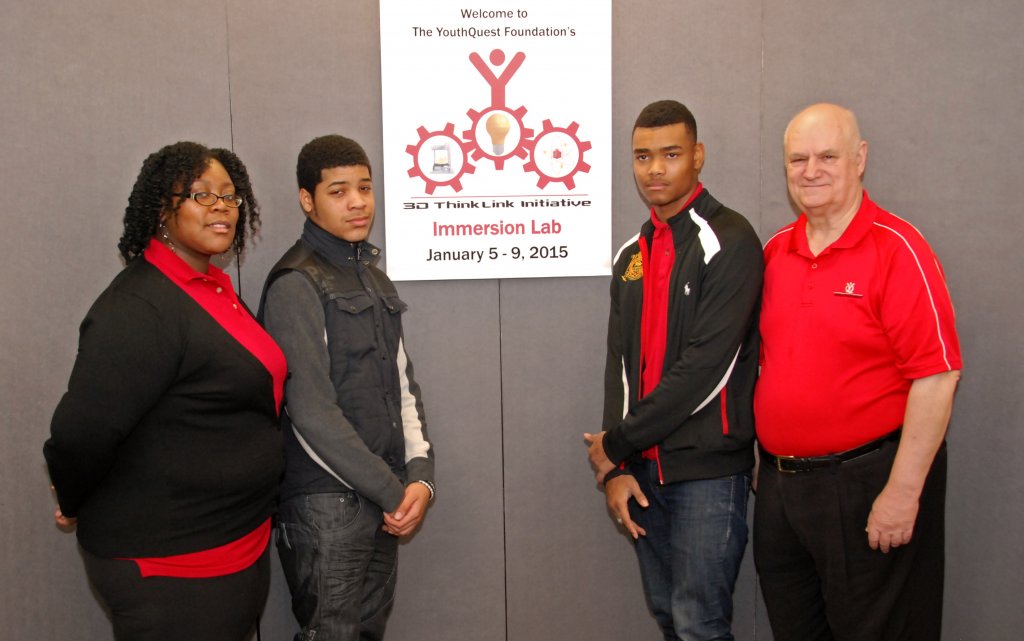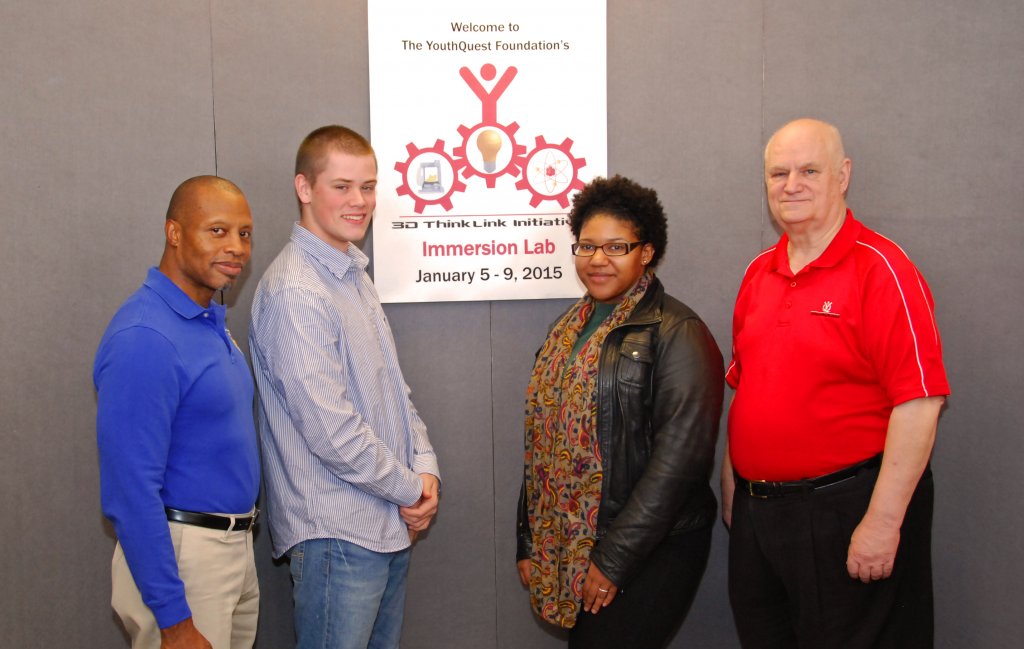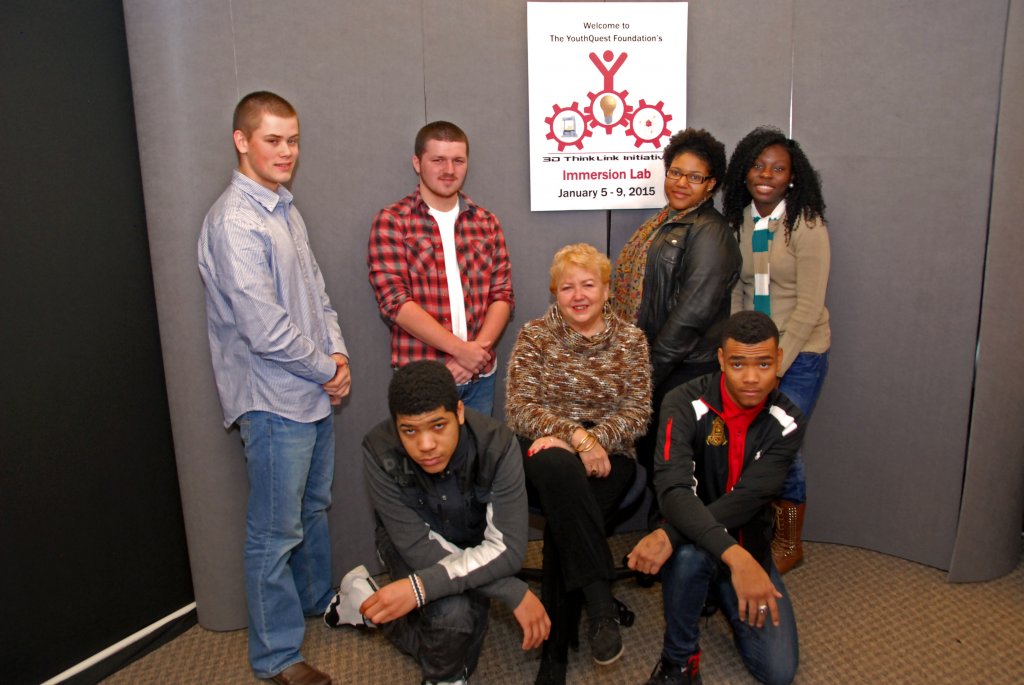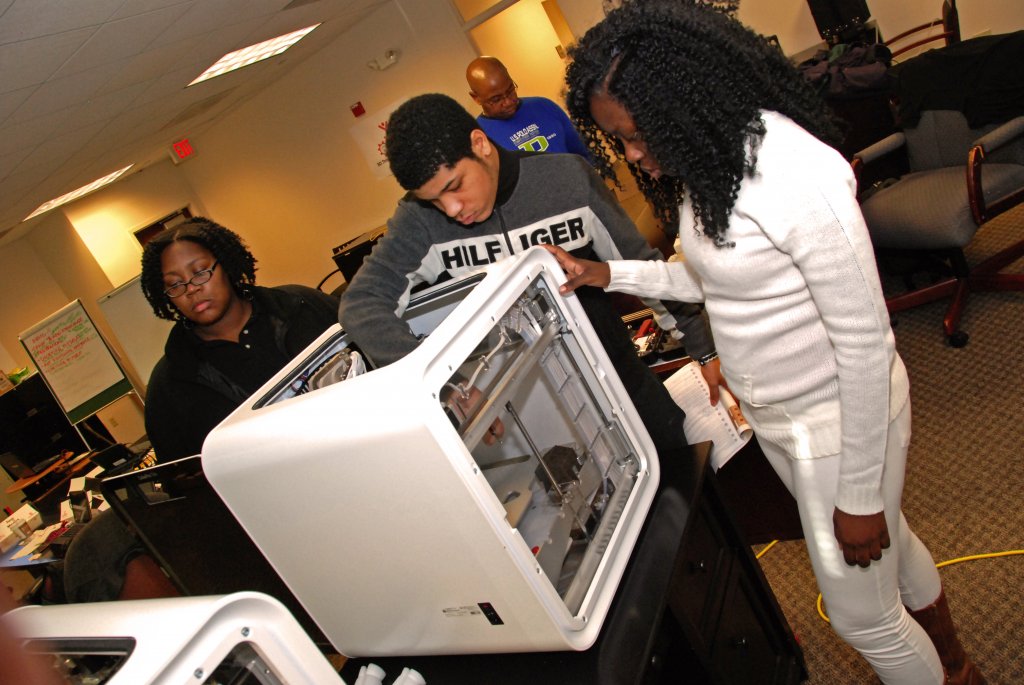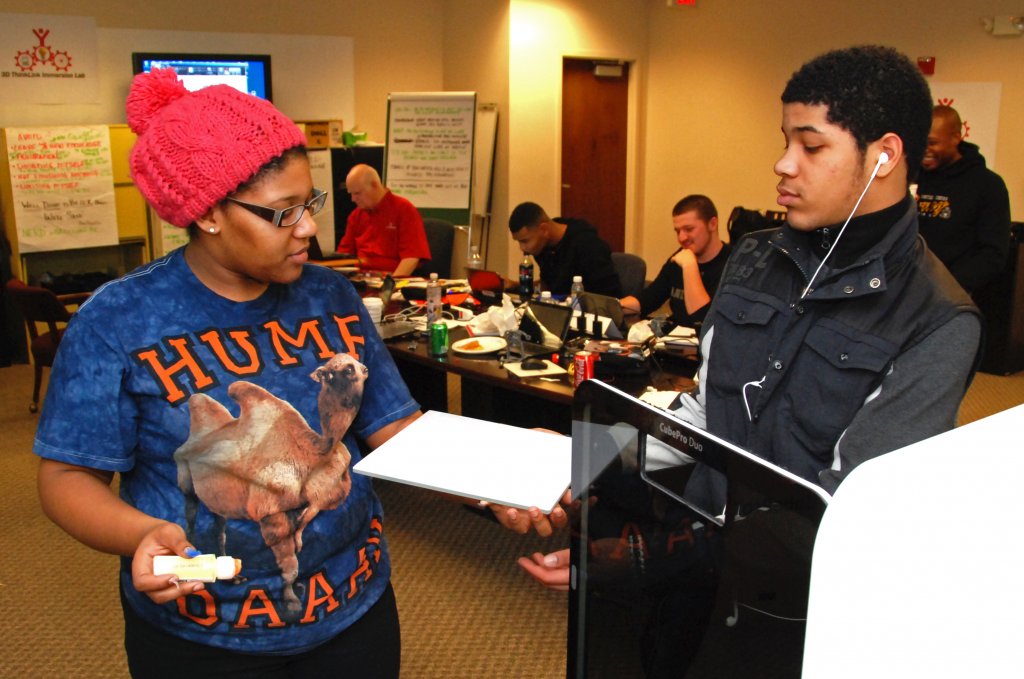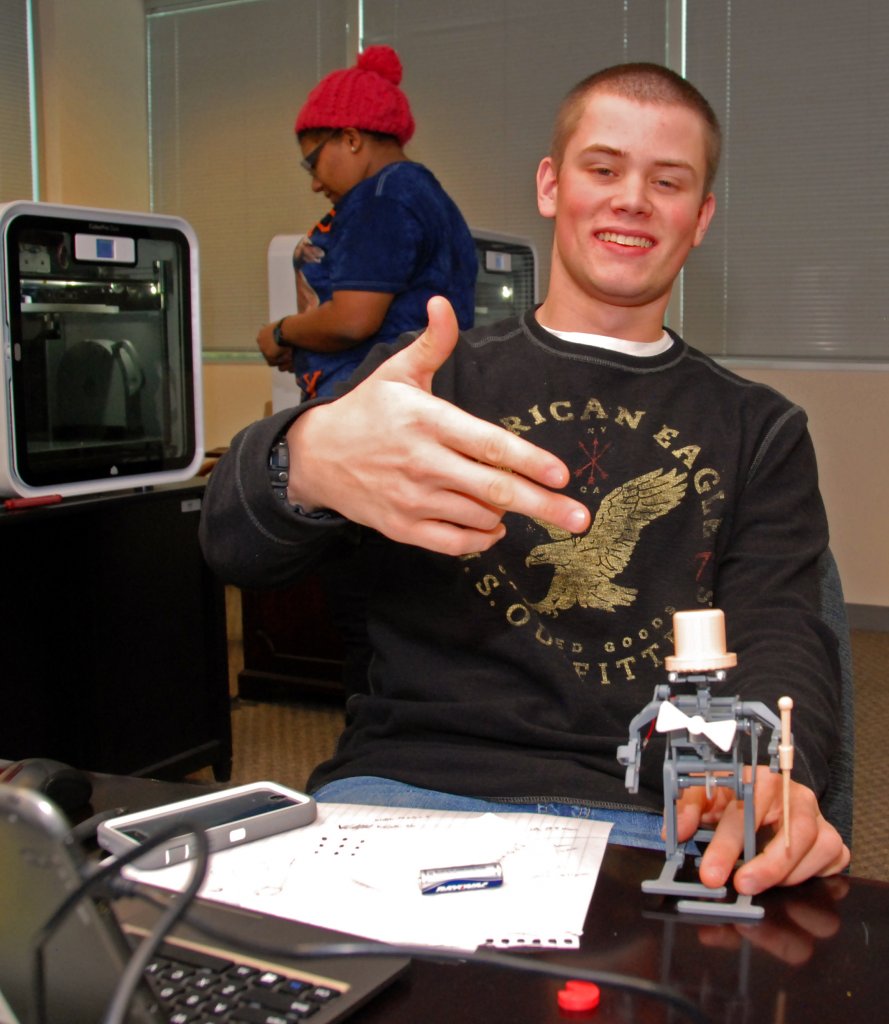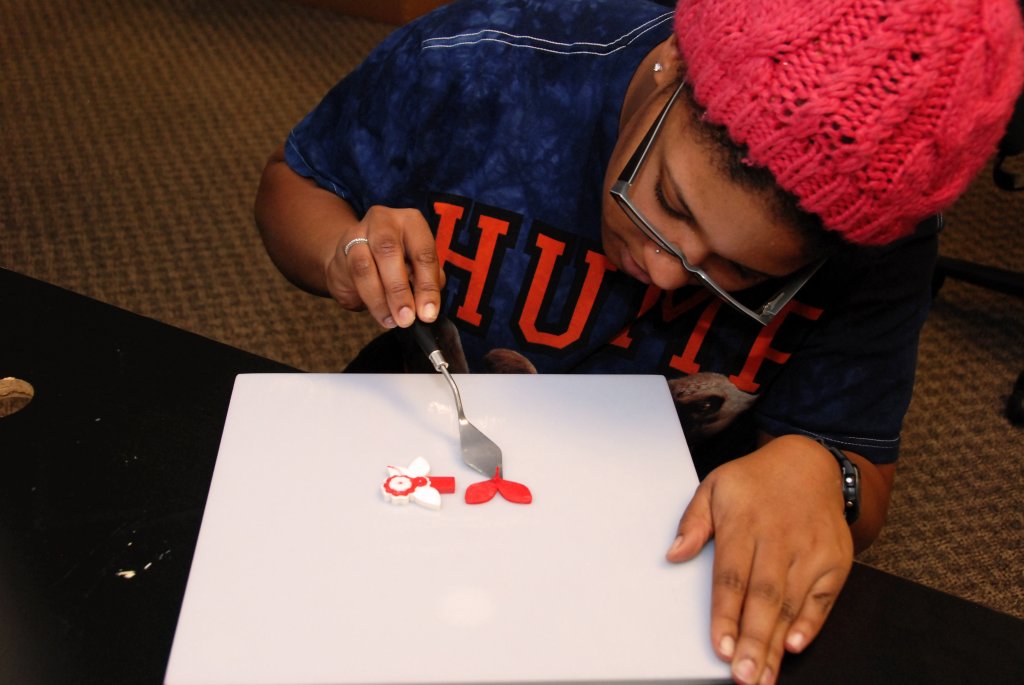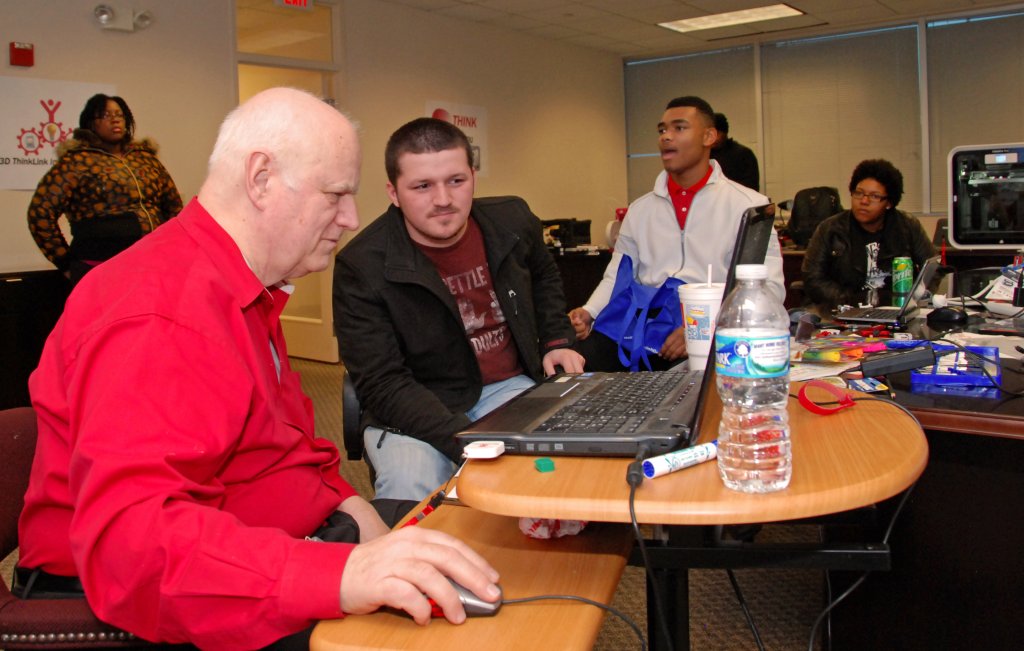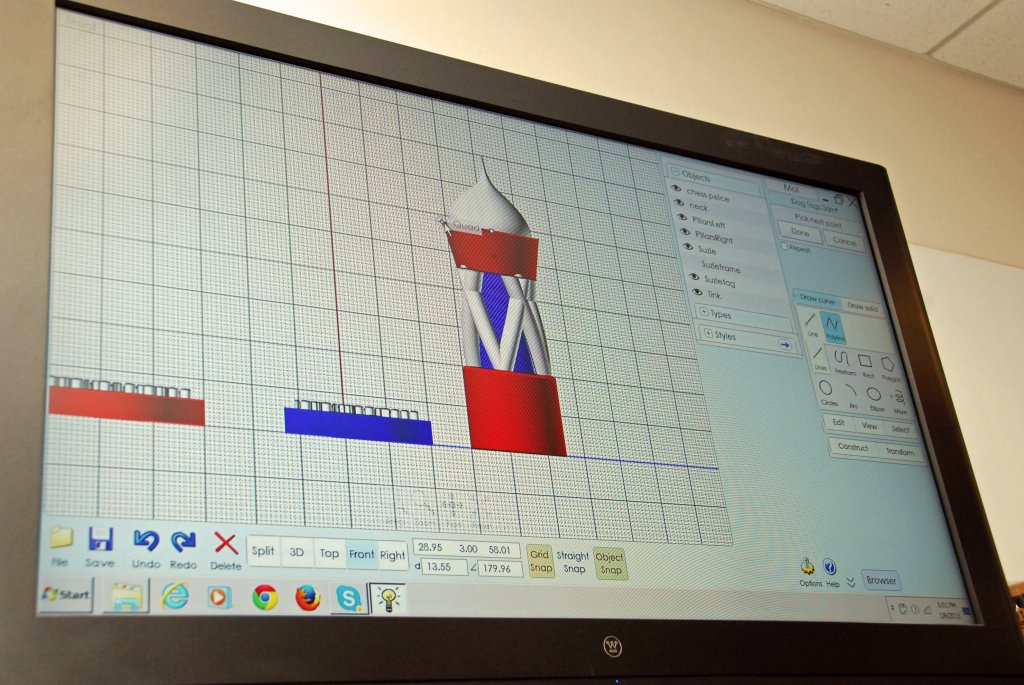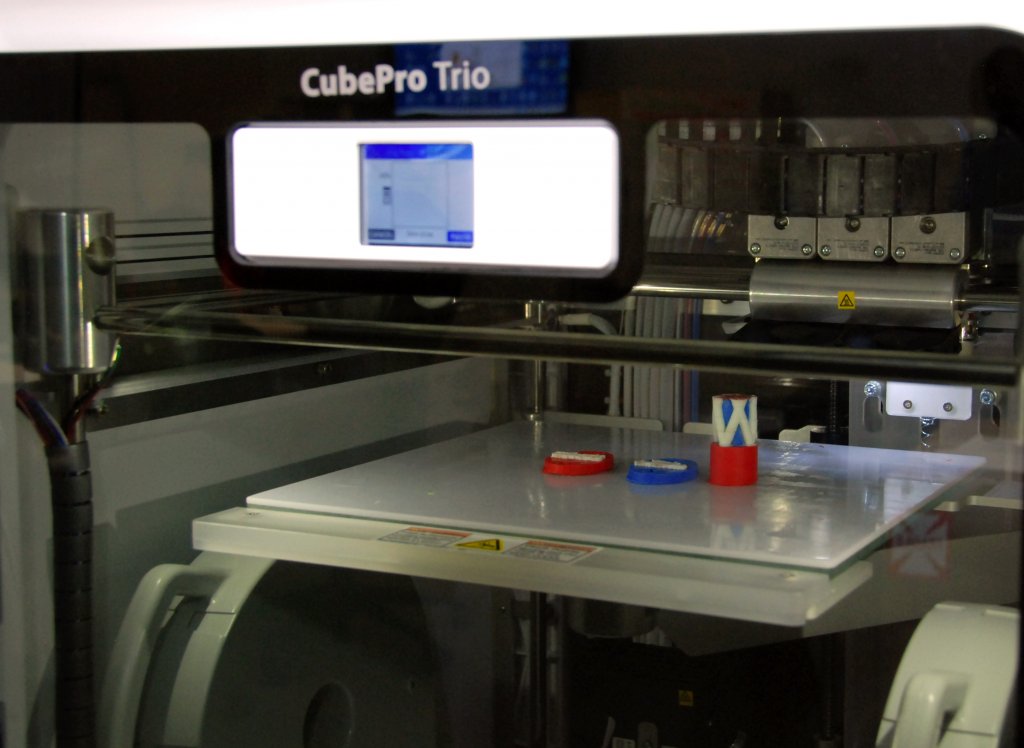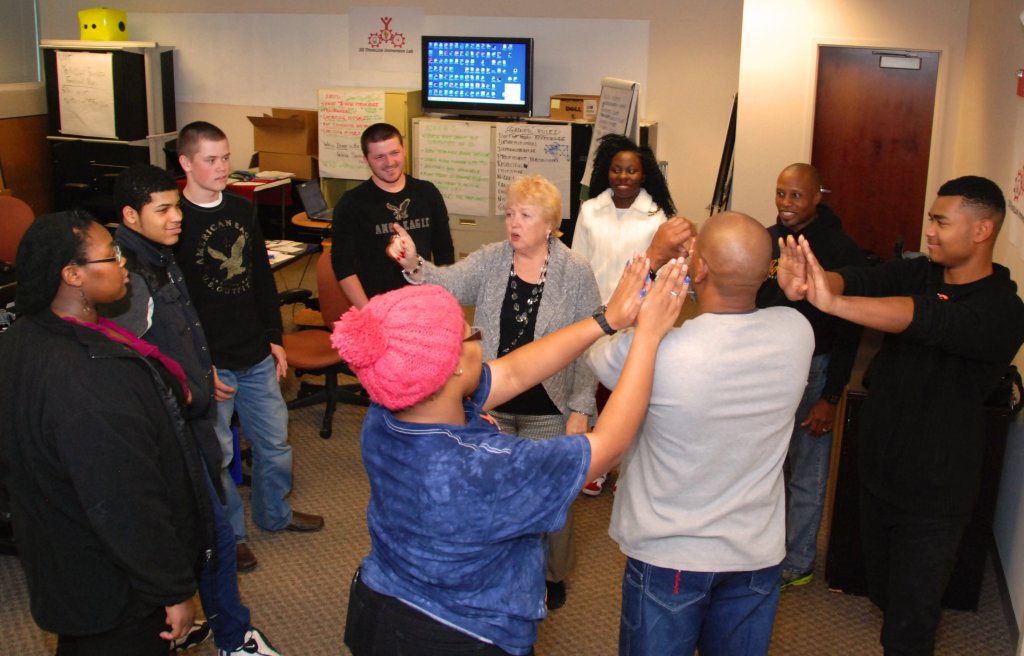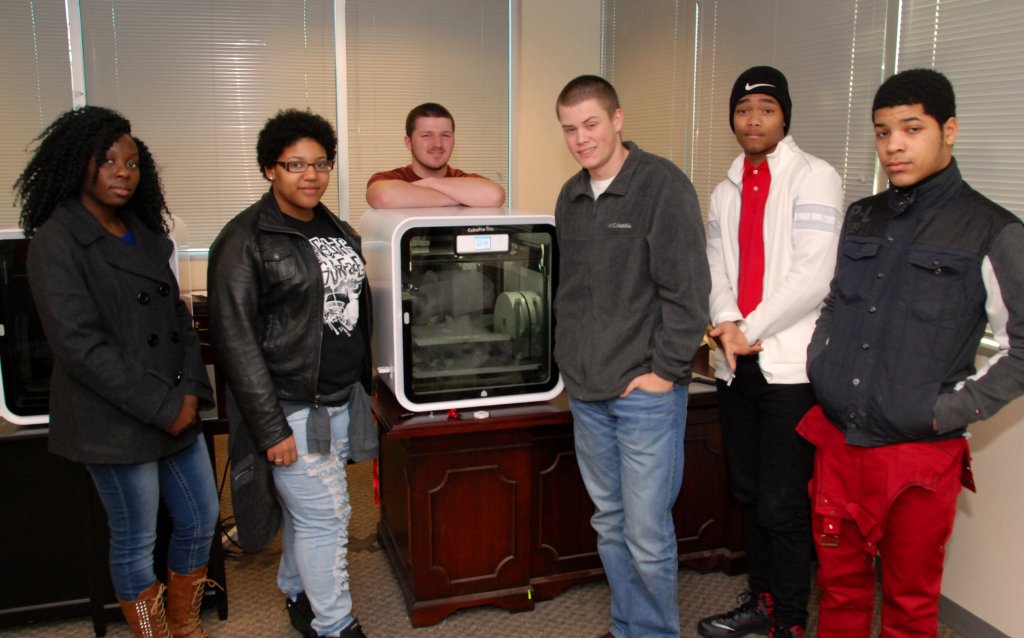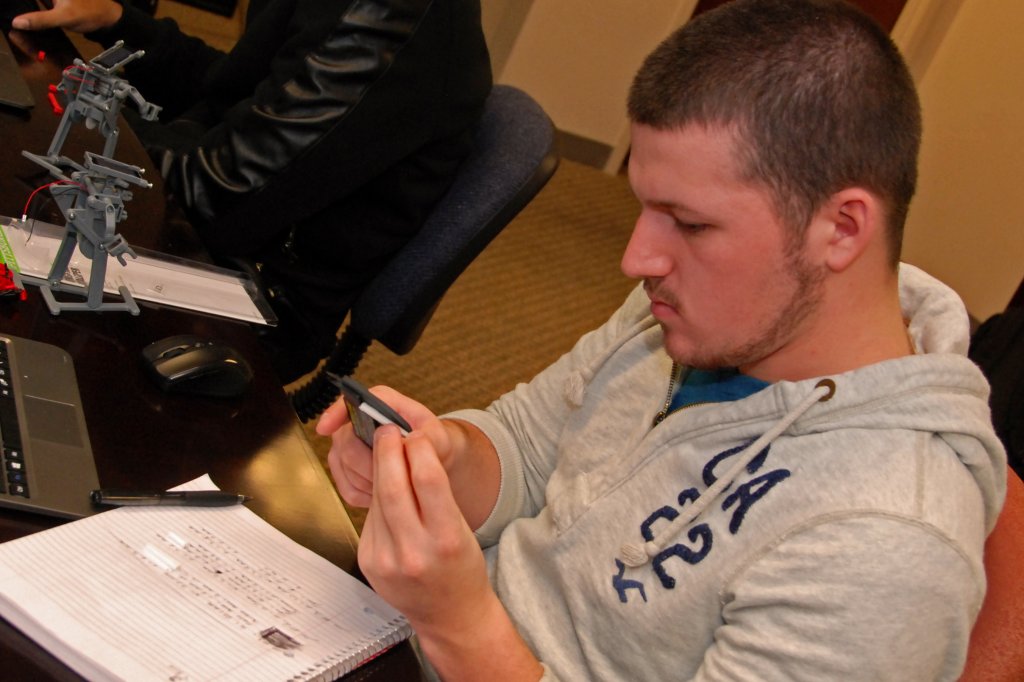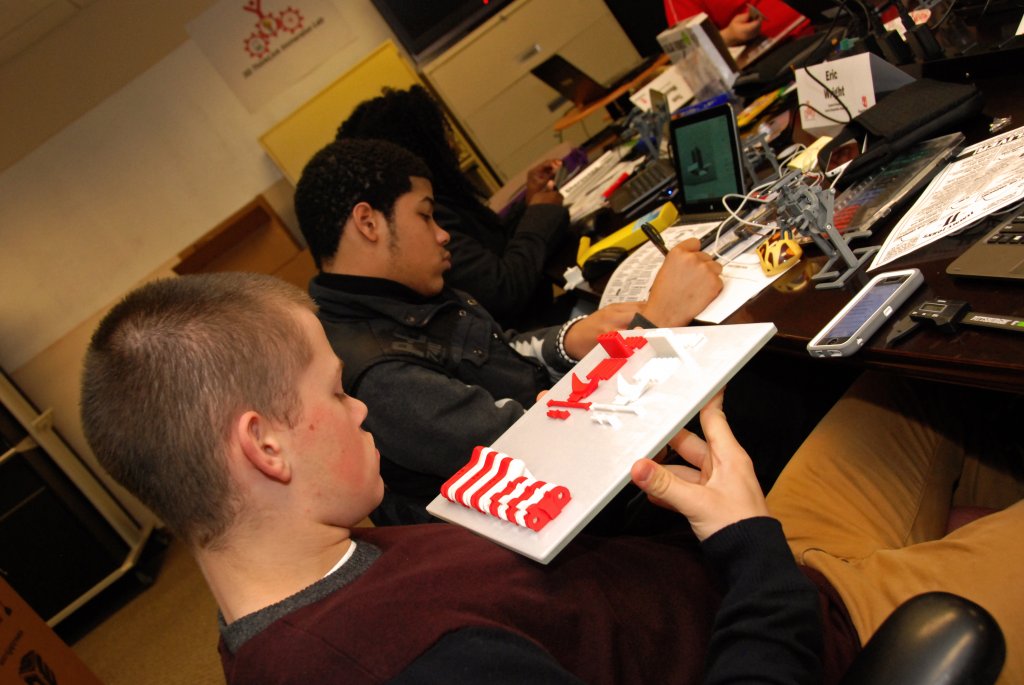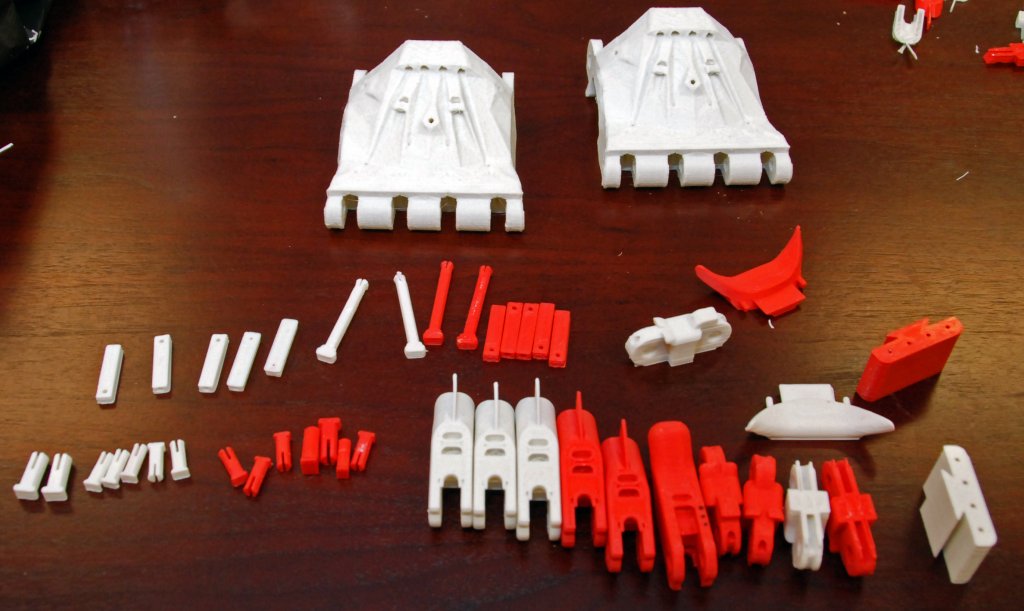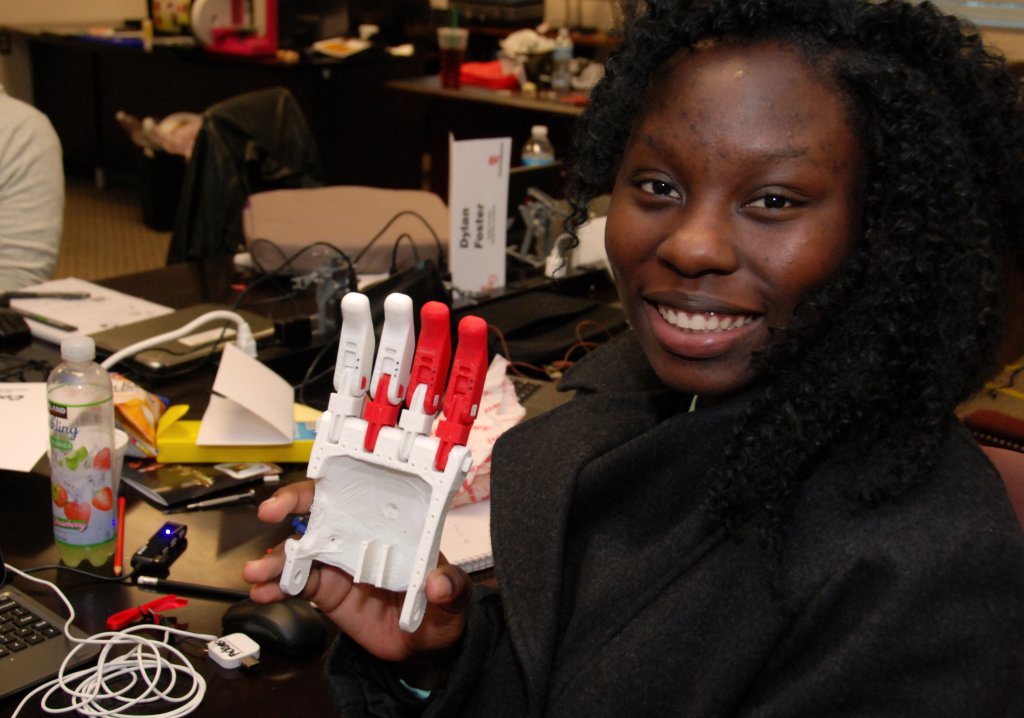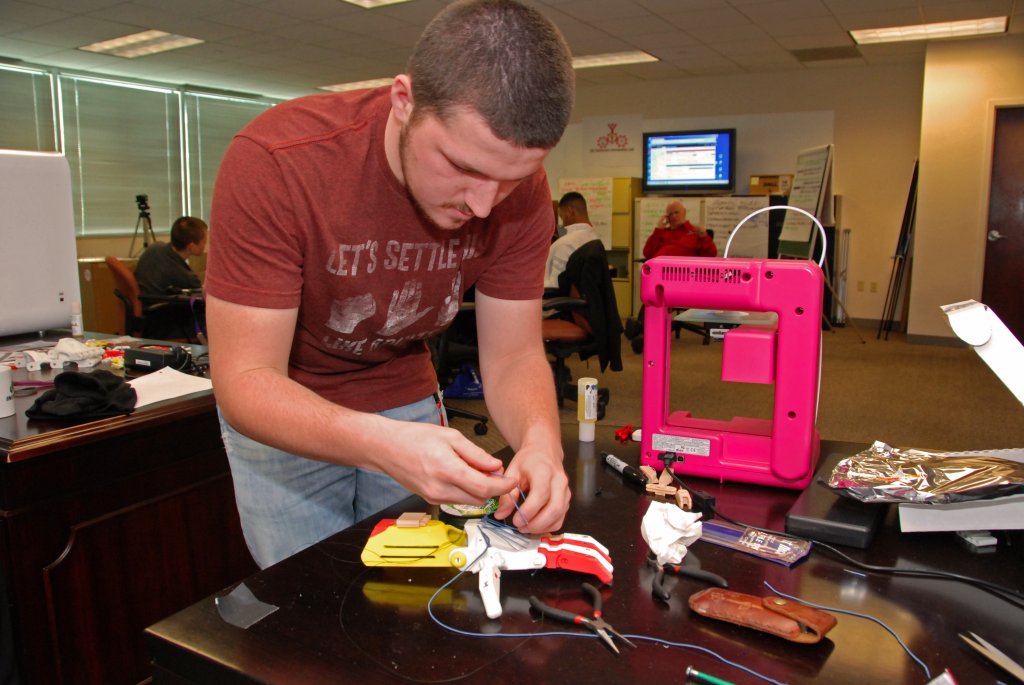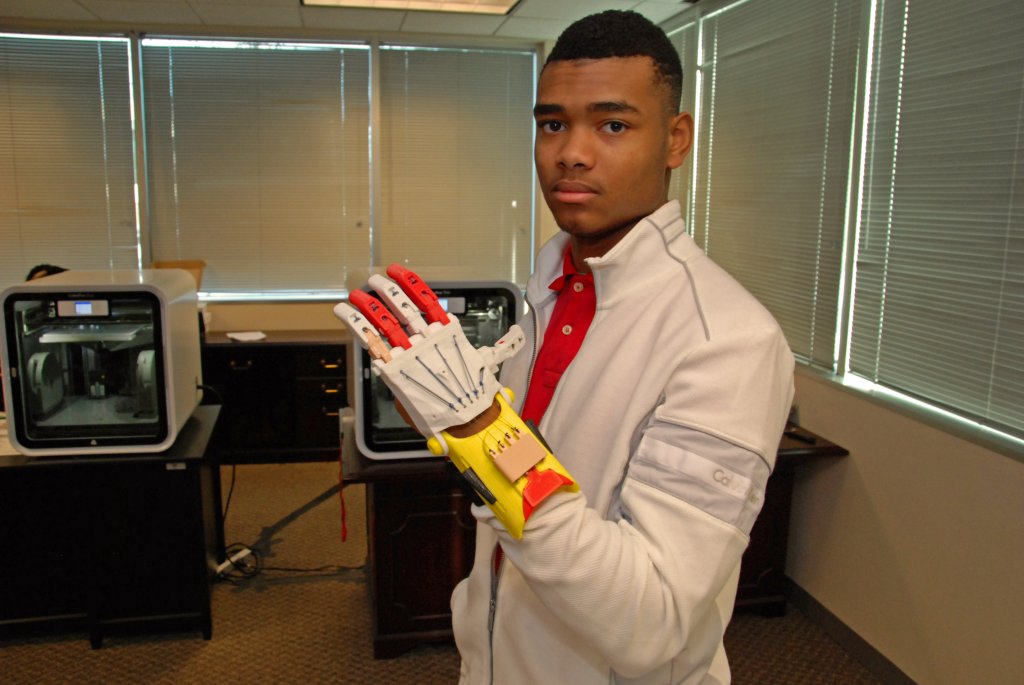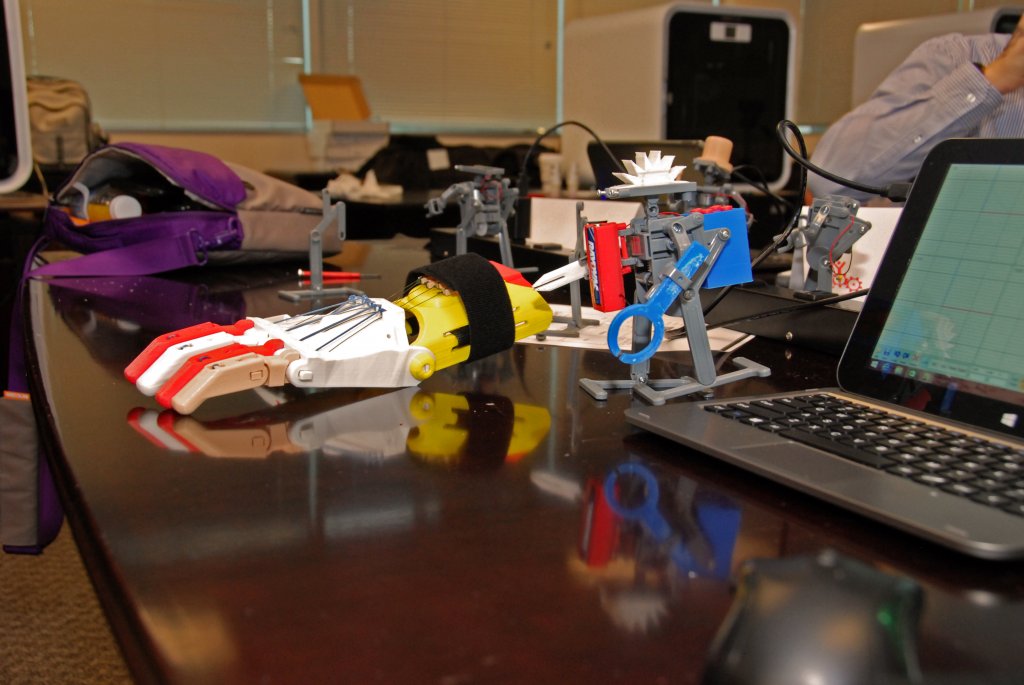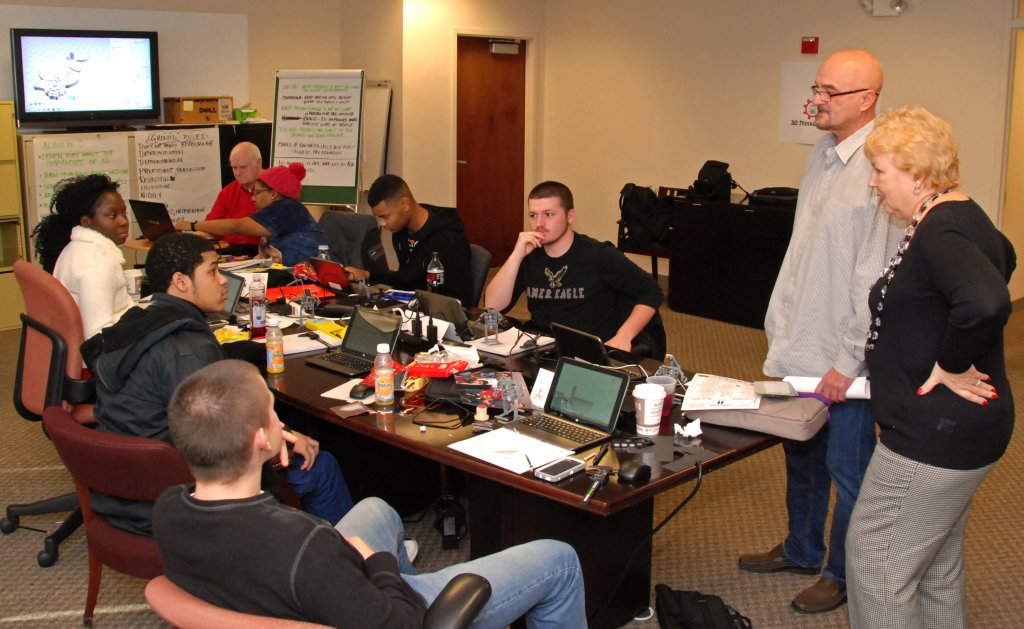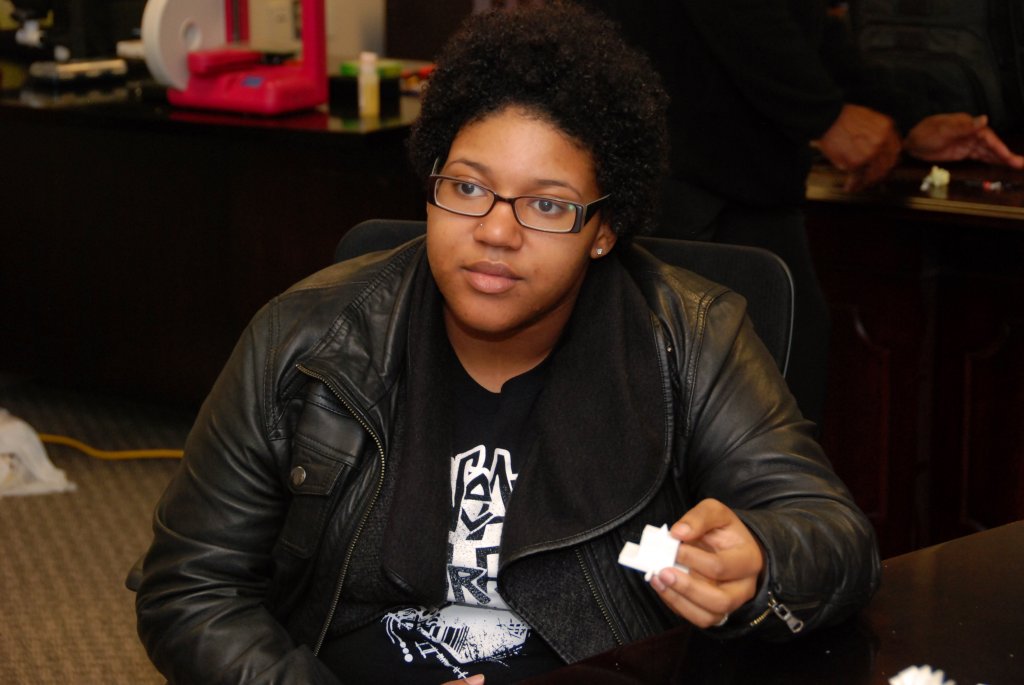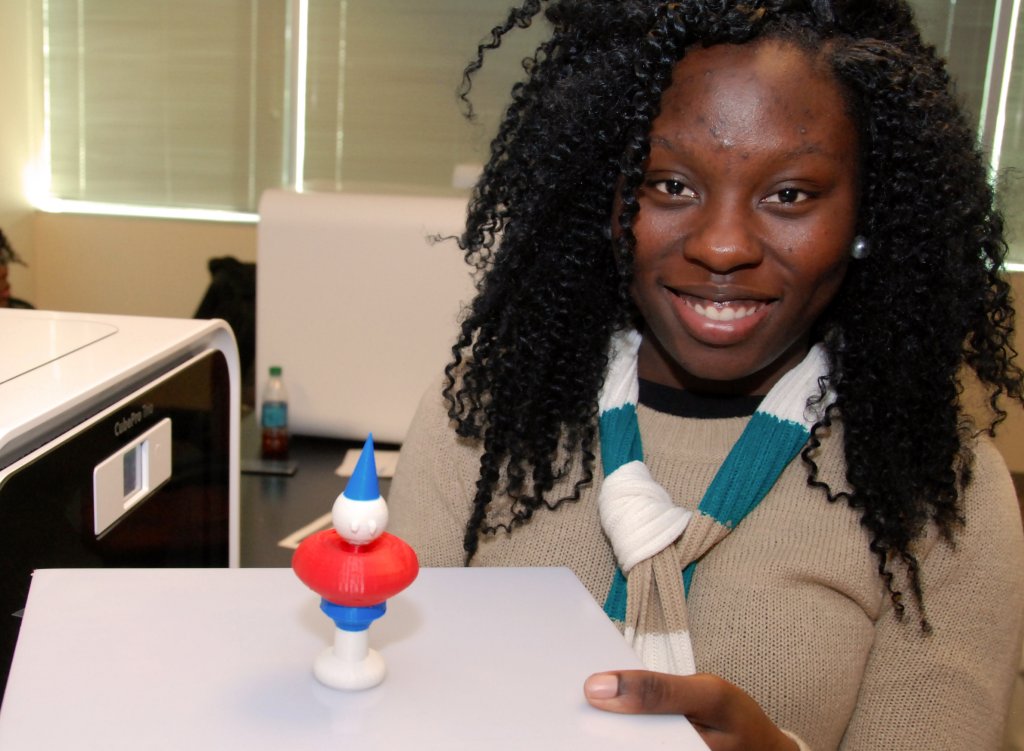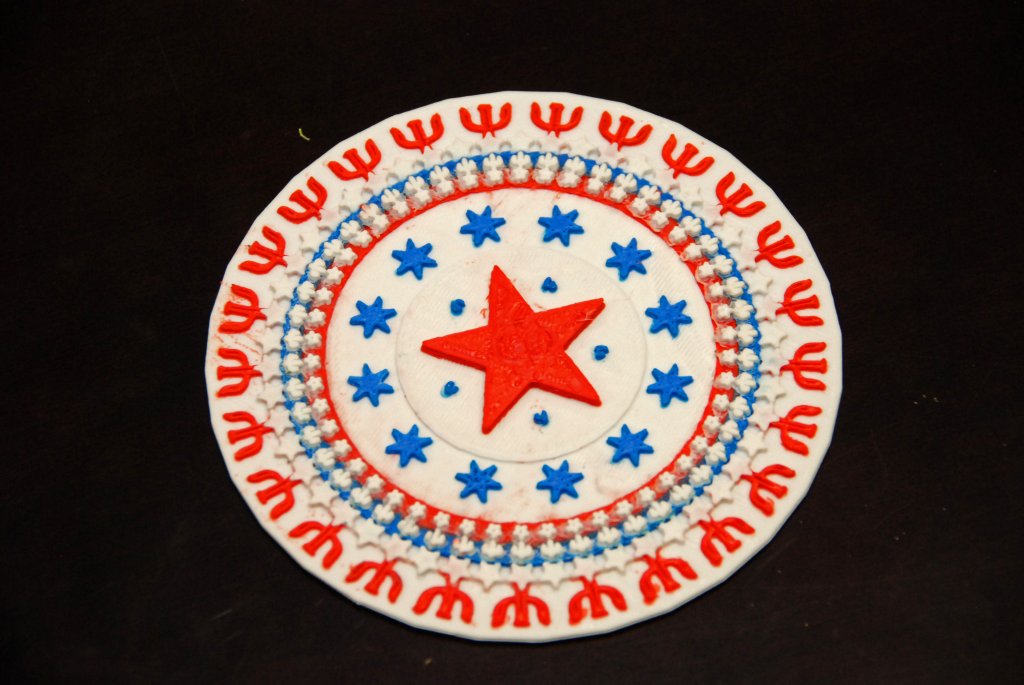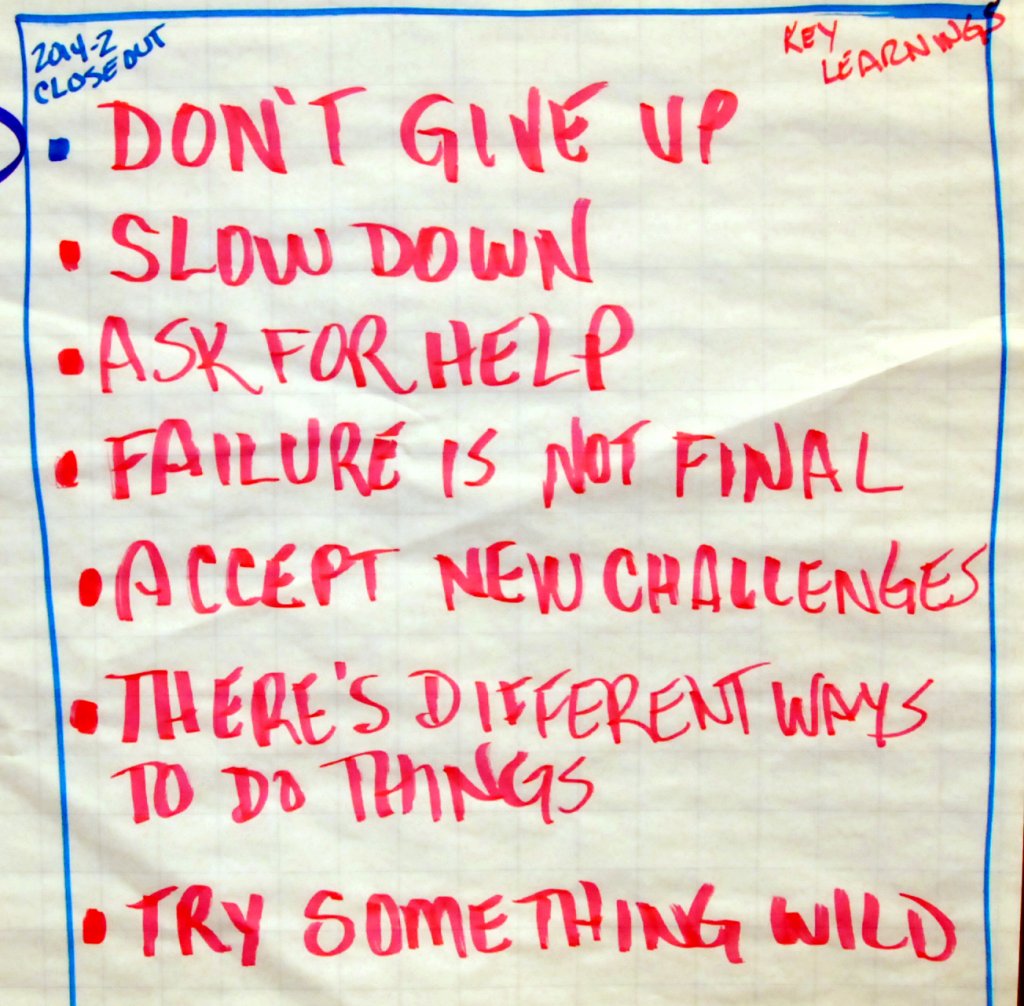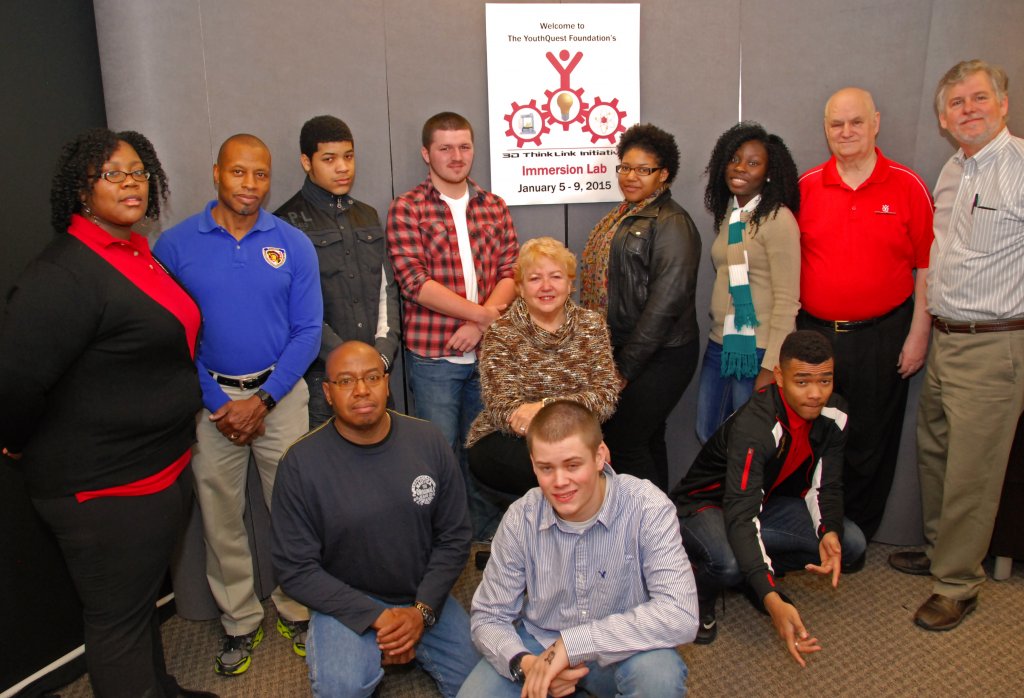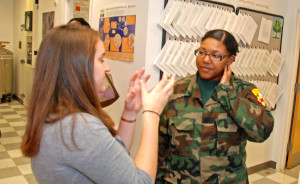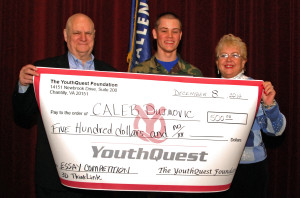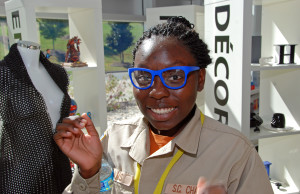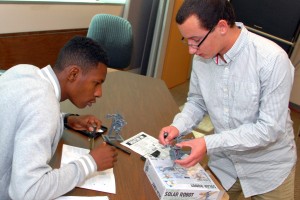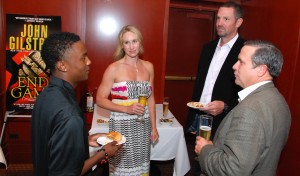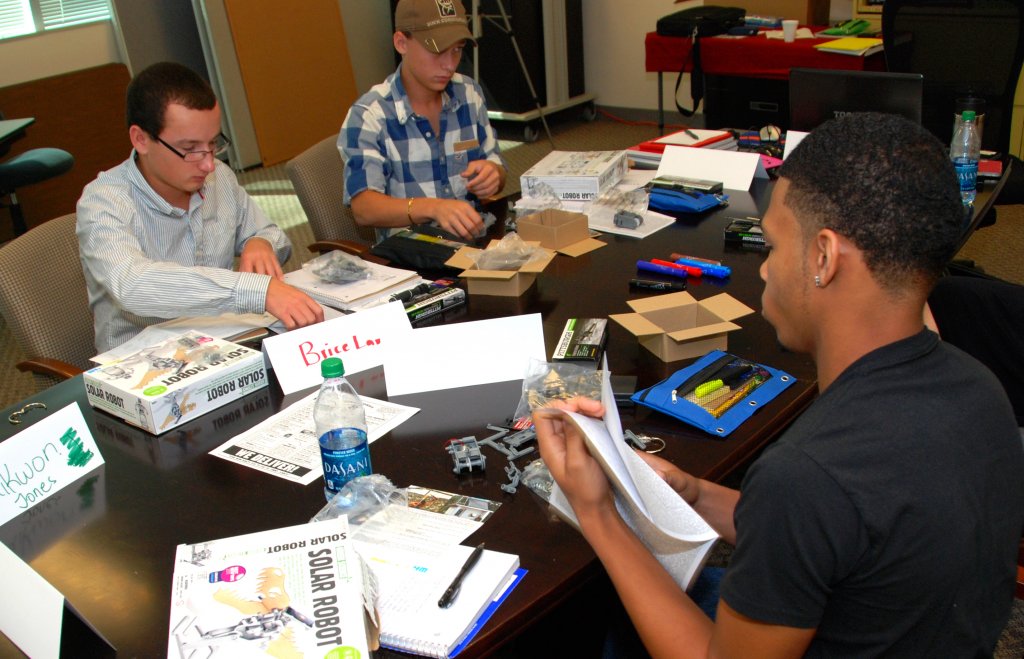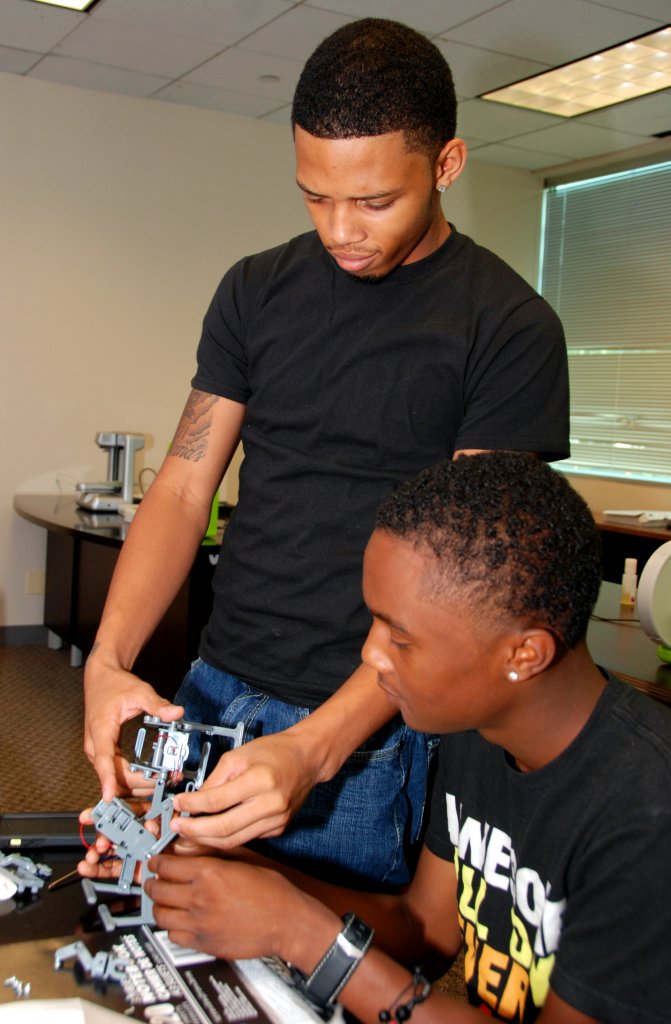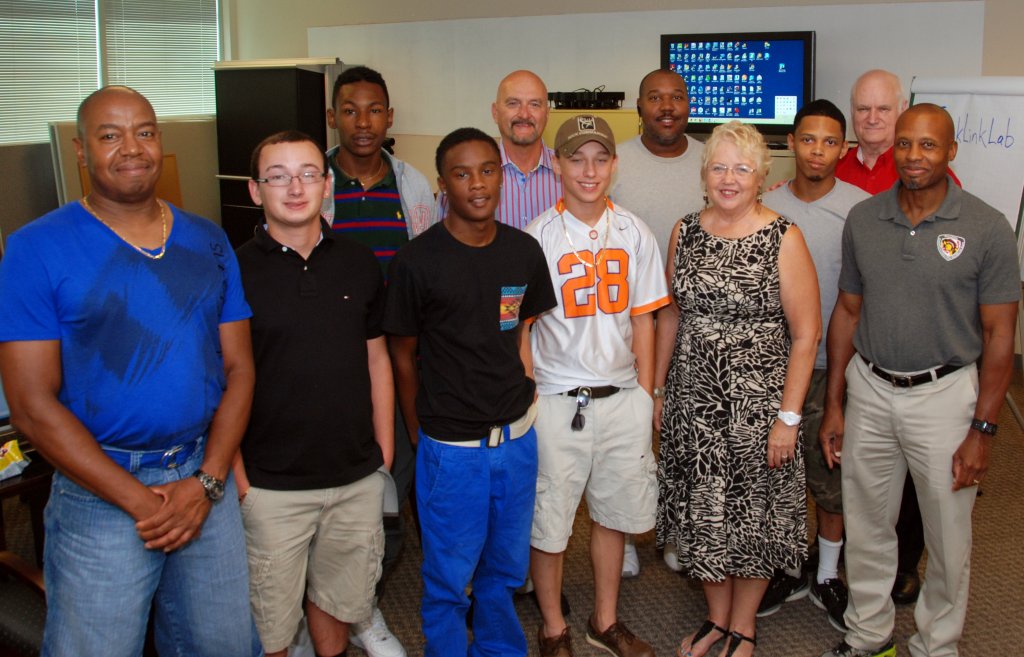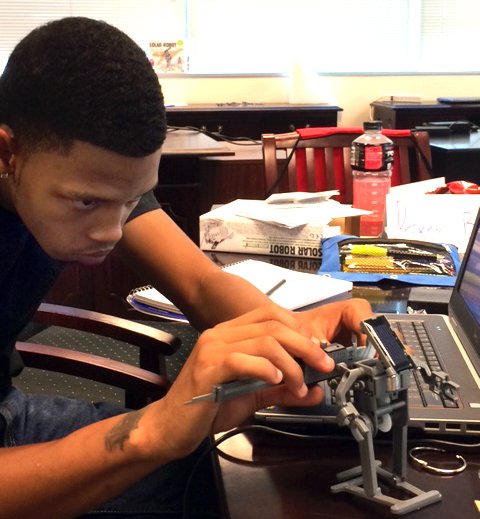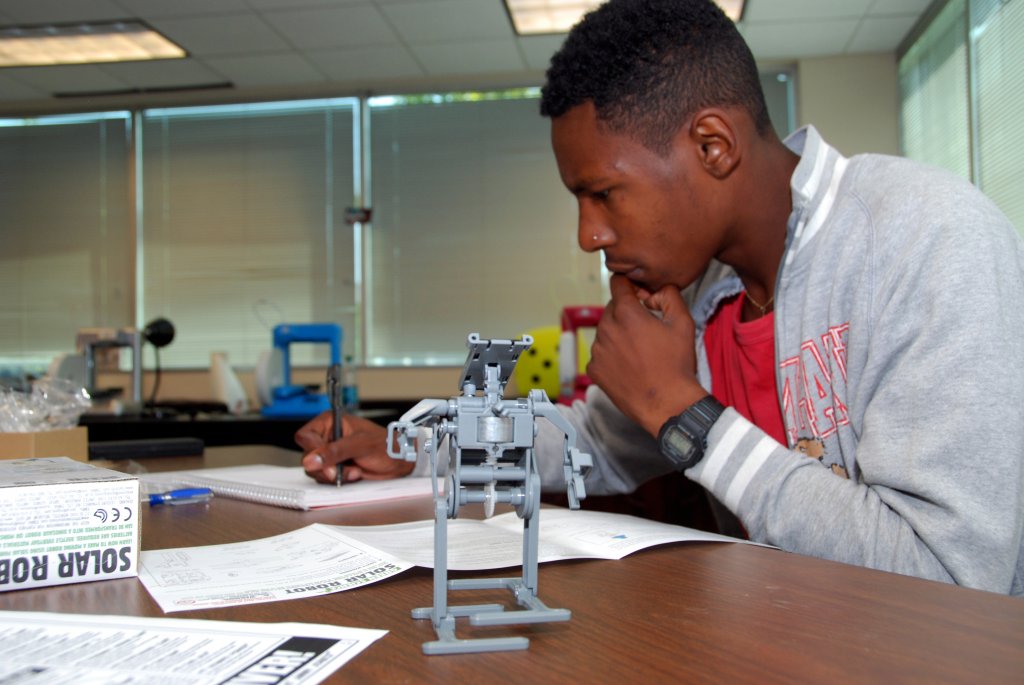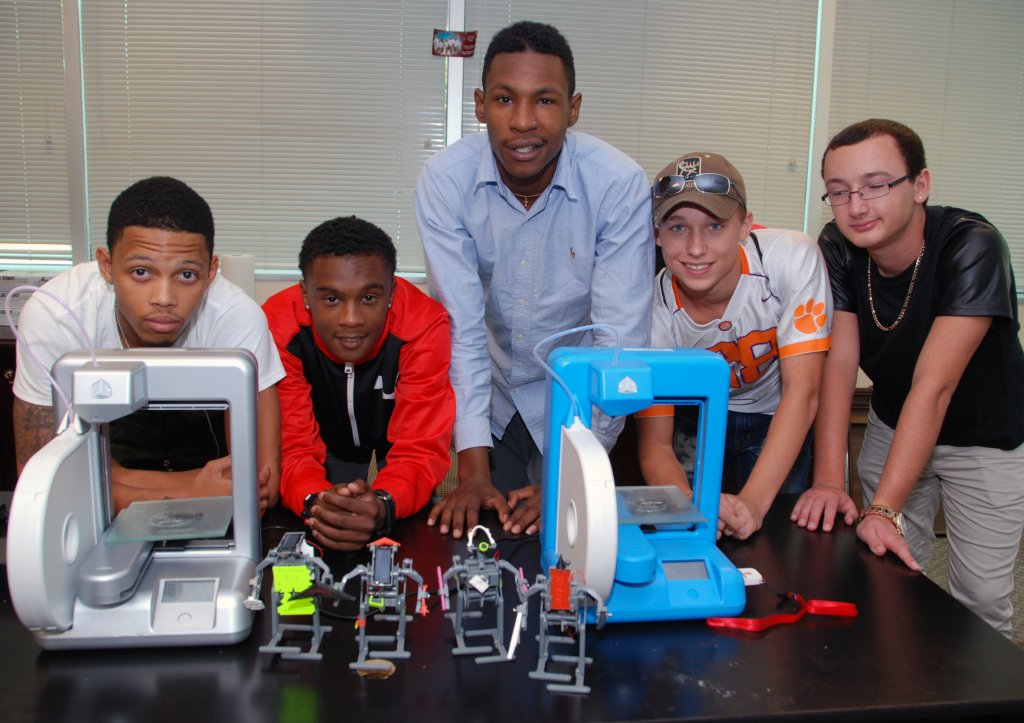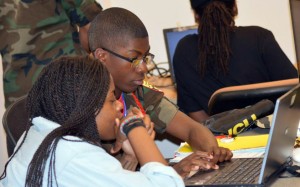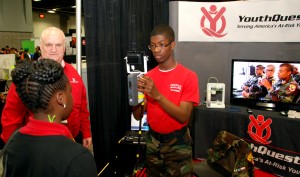These three students from the 2015 fall-winter class cycle earned $500 scholarships for these essays about their 3D ThinkLink experience.
_________________________________________
By Kathaleen Polanco
South Carolina Youth ChalleNGe Academy
My name is Kathaleen Polanco Aponte Bejarano and I’m from Beaufort County. I was born in Hilton Head Island, but I live in Bluffton. I was chosen by Mr. Johnson to be in the 3D printing class, which by the way, I’m so excited to be in. I find it amazing that I and nine other girls are in 3D printing out of the entire nineteen cadets available. To me 3-D printing is a way to escape real life. It’s a way where I can be in my own little place, a place where I can design any and everything. It’s new way to release my anger.
I find that being in 3D printing gives me another opportunity in life, actually this whole program gives me another opportunity in life. I want to surround myself with positive things and positive people. I’m so happy my parents sent me to this program, Of course I didn’t want to go to South Carolina Youth ChalleNGe Academy but after the first day I realized it was my last chance to make my parents and myself proud. I’m sick of breaking my parents’ heart. I needed a change in the life I was living. I see a change in me that no one in my family thought could happen.
I can proudly say I’m proud of myself for participating in 3D printing I would love to make things for my sister and my parents even for my future babies. I’m going to be very honest, after this program I wasn’t sure of what I was going to do with my life. That’s exactly why I’ve decided to join Aiken Tech College and study Computer Networking where I can further my education and hopefully further my skills with a 3D printer.
It was so good to meet Tom. He gave me the idea to further my education. I wasn’t sure if I was going to complete this program with my GED. When I asked Tom if I could make it out on the real world and survive without my GED, he told me anything is possible, it would just be little harder without any higher education. Tom inspired me to be a better me and never give up no matter how hard life gets. ‘’Fall seven get up eight.’’
“You have brains in your head. You have feet in your shoes. You can steer yourself any direction you choose. You’re on your own. And you know what you know. And YOU are the one who’ll decide where to go…”
― Dr. Seuss, Oh, The Places You’ll Go!
This quote to me means that you can decide where you end up in life and that you have the brains and you have the power and you can walk the steps necessary to be successful in life…..YOU!
_________________________________________
By Kimora Felton
South Carolina Youth ChalleNGe Academy
My name is Kimora Felton. I’m 16 years old and from Myrtle Beach SC. I’m a cadet from the South Carolina Youth ChalleNGe Academy.
Before getting involved with 3D printing my mind was scattered. Trying to relieve anger and finding ways to express myself, I’d do things that made me act out of character, which led me to think I wasn’t worth anything at all. Finding myself as a student of Youth Quest Foundation Program made me think of myself as someone. I finally found a way to express myself through creating digital objects and turning them all into 3 dimensional physical models.
First, I got a mental image of the idea. Secondly, I transferred my mental image onto the computer. Finally, I printed the object out using the Cube 3 3D printing machine.
I decided that I would involve 3D Printing into my future career. I plan to major in Animal Science at Coastal Carolina University which will authorize me to be veterinarian. Involving 3D printing into this field will give deformed, damaged or diseased animals that are on the verge of being euthanized a second chance. “All creatures are deserving of a life free from fear and pain.”- Maura Cummings
3D printing will allow me to create prosthetic limbs and implants for injured animals, which will make life trouble-free and unchallenging. By scanning a healthy animal just like the injured one, I can generate the body part to be molded and printed. As the animal grows, the implant or amputee will have to be changed out and made again. The materials used in 3D printing can not only copy the function of the missing part, but also combine with the structure of the animal. For every animal that would have put down, 3D printing has brought far more than a million reasons to continuing life for such animals.
I feel that I deserve this immersion scholarship because I’ve shown a mass amount of interpersonal communication skills, hard-work ethic and creativity.
_________________________________________
By Emilee Bray
South Carolina Youth ChalleNGe Academy
My name is Emilee Bray, I was born on April 24th 1998, and this makes me 17 years of age. I am currently a cadet at South Carolina Youth ChalleNGe Academy, my reason for attending this academy is to acquire my GED.
I have been offered many opportunities including 3D printing. The 3D printer was founded by Charles W. Hull in the mid-1980s. 3D printers use a process called “stereolithography” which uses UV lasers to strengthen photopolymer that creates 3D parts by layers.
I plan on enrolling in Aiken Technical College in January 2016 to study Health Care; health care is a constant topic in society today. Now, with the fast paced development of additive inventions, the increasingly popular technologies often referred to as 3D printers, the future of health care is proceeding in ways both acquainted and dramatically new. 3D printing is making a significant impact on health care patients, whether it’s a cast or a brace. Medical professionals are rising in discovering this printing device because it shortens costs and improves healthcare patients.
3D printing has impacted my life in a number of ways. On October 22nd, 2015 my 3D printing class and I went to 3D Systems and two other 3D printing centers. I learned a variety of interesting facts, one of them being this device can print food, human body parts, and other fun and exciting objects such as iPhone cases and any device stand to prop your gadget. You can also 3D print different materials like glass, gold, platinum, silver, titanium and other steels, etc. If I were to break any type of bone in my body, I could 3D print a cast or splint for myself that would make a big impact in my life.
John F. Kennedy once said: “Efforts and courage are not enough without purpose and direction”, meaning if you don’t make an effort or have enough courage to do what you want to do in life than you won’t succeed or have a purpose in whatever you want to do. With that being said, when I become an assistant in the medical field I will have courage and make an effort to change somebody’s life all thanks to 3D printing.
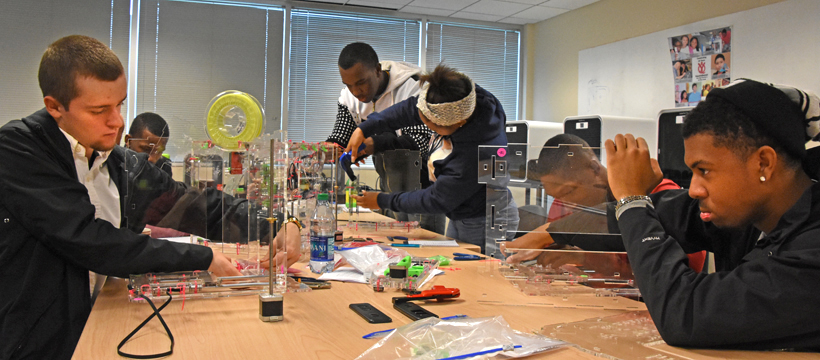
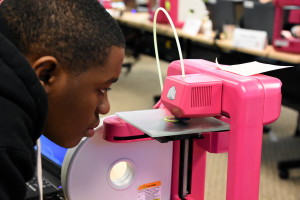
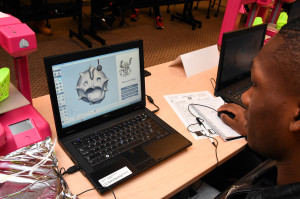
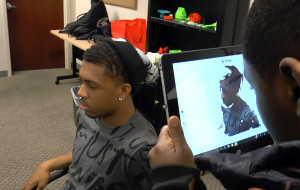
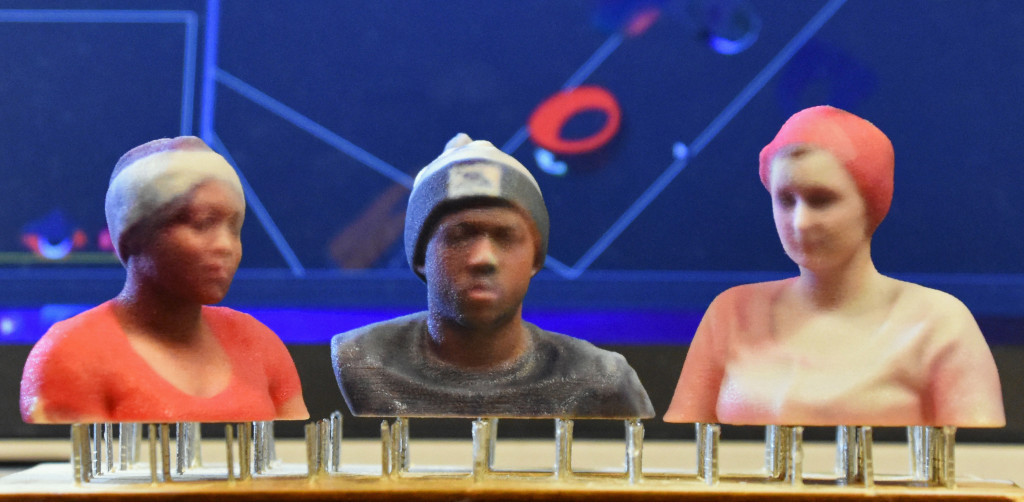
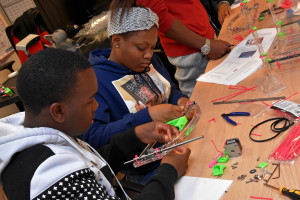
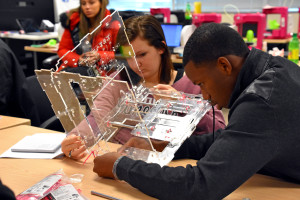
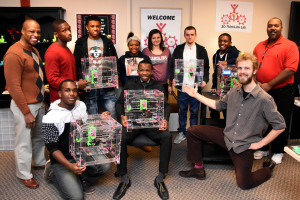
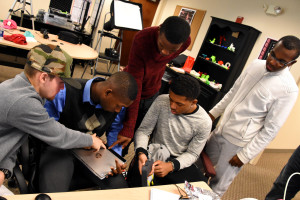
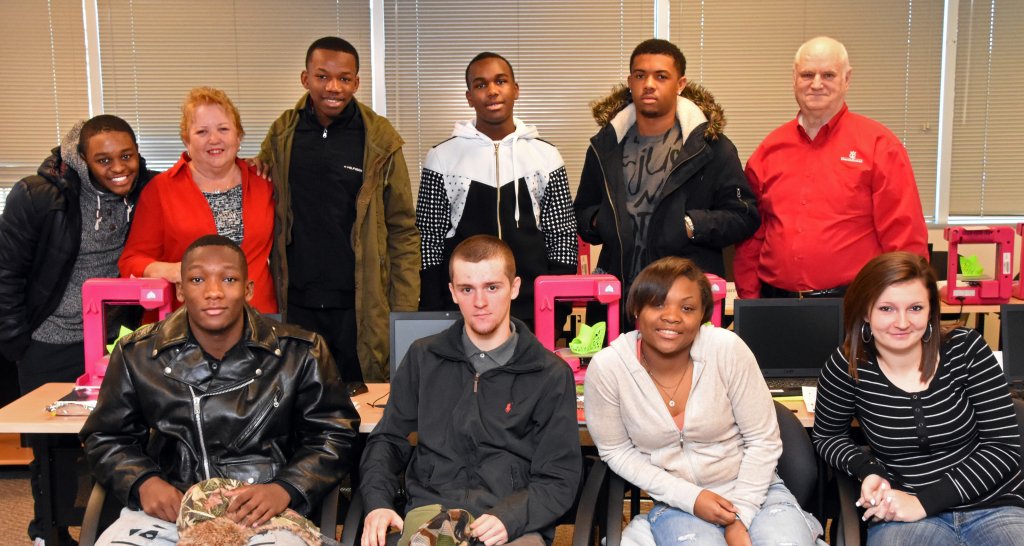
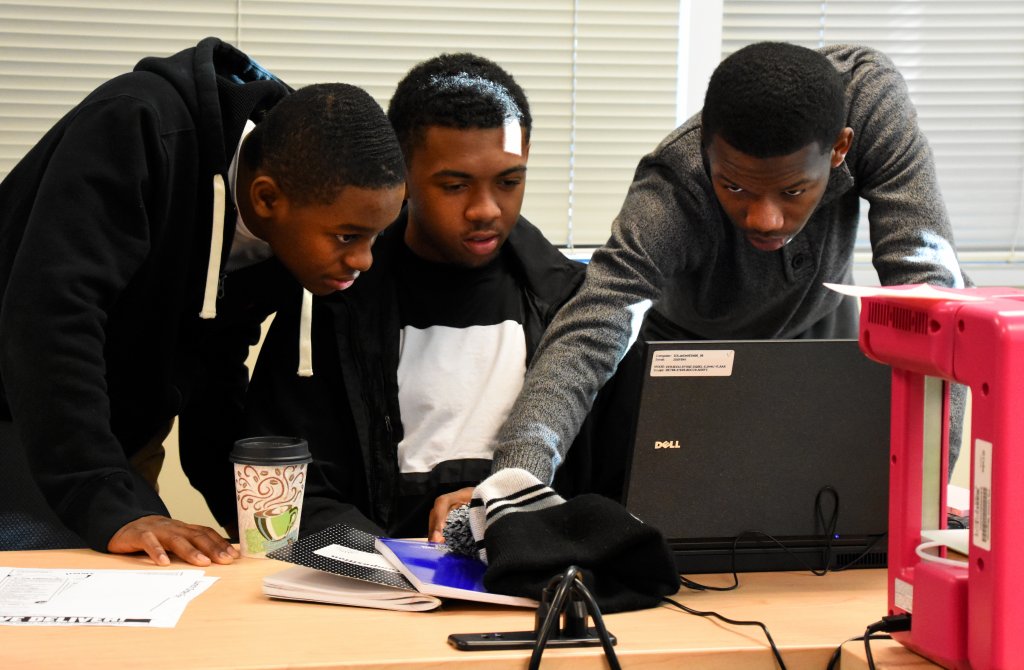
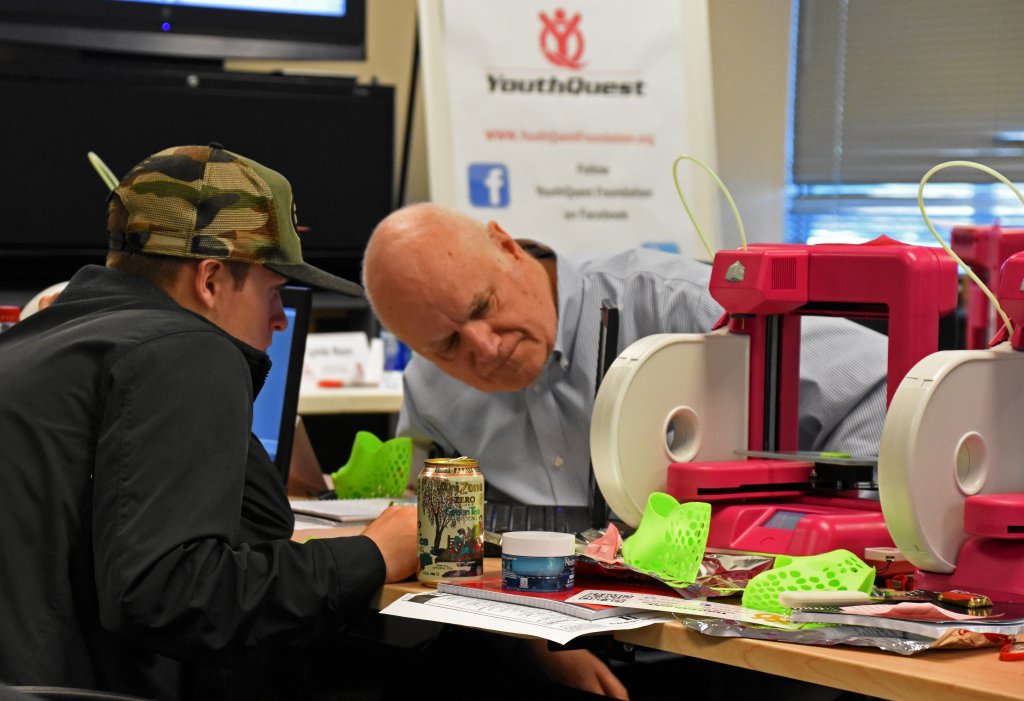
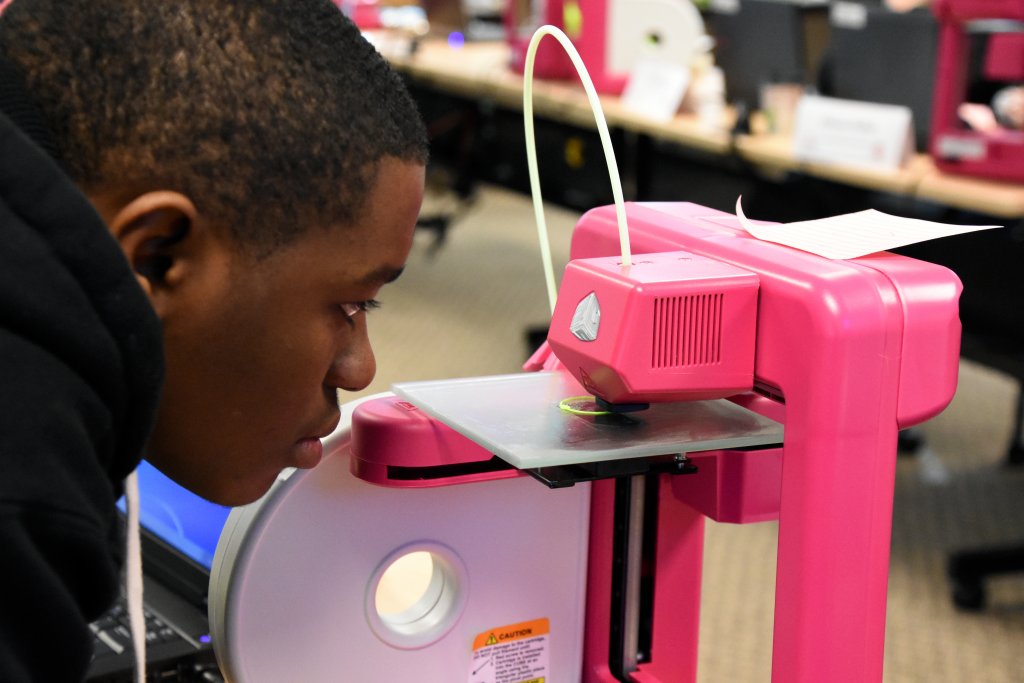
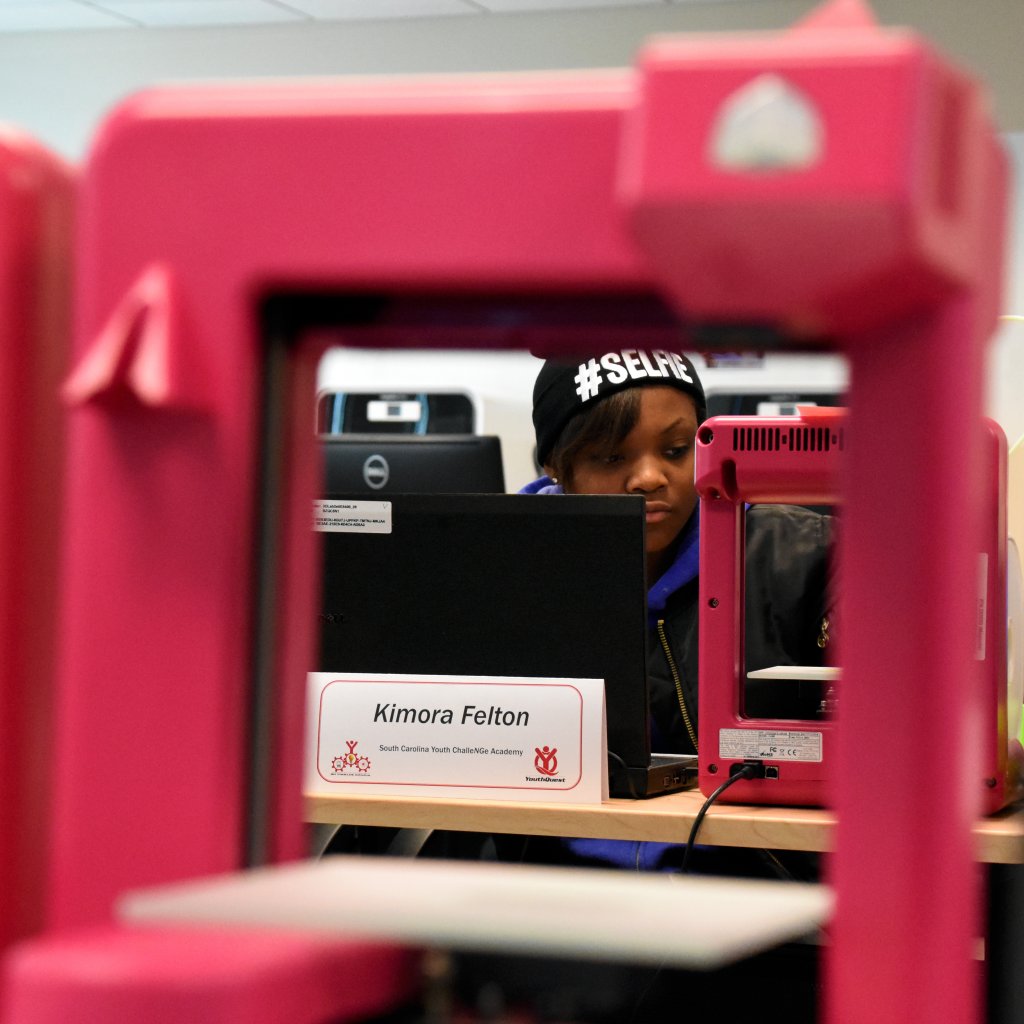
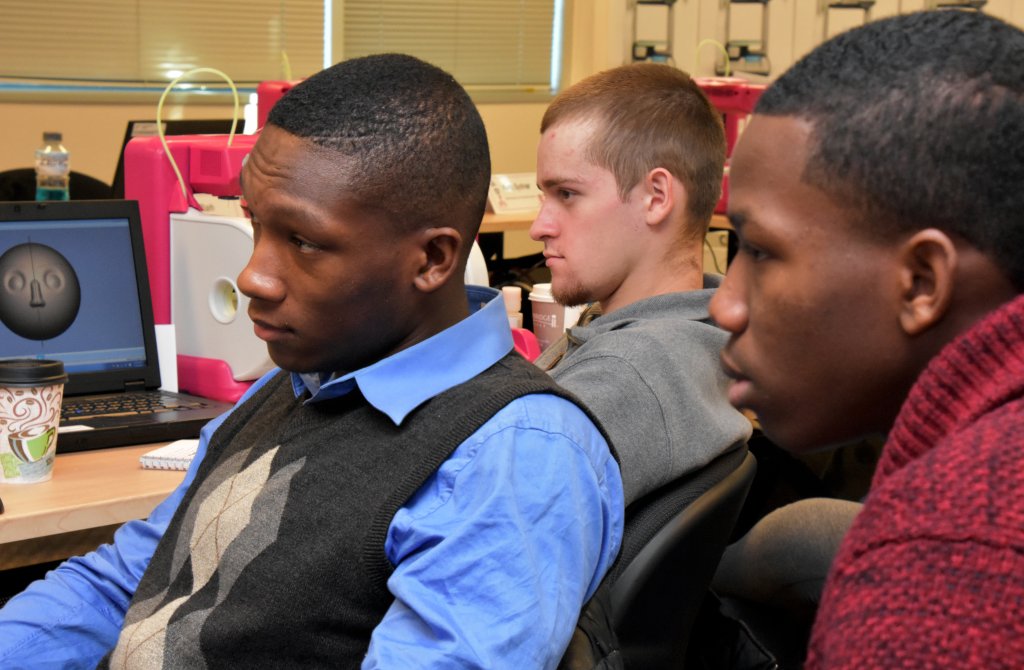
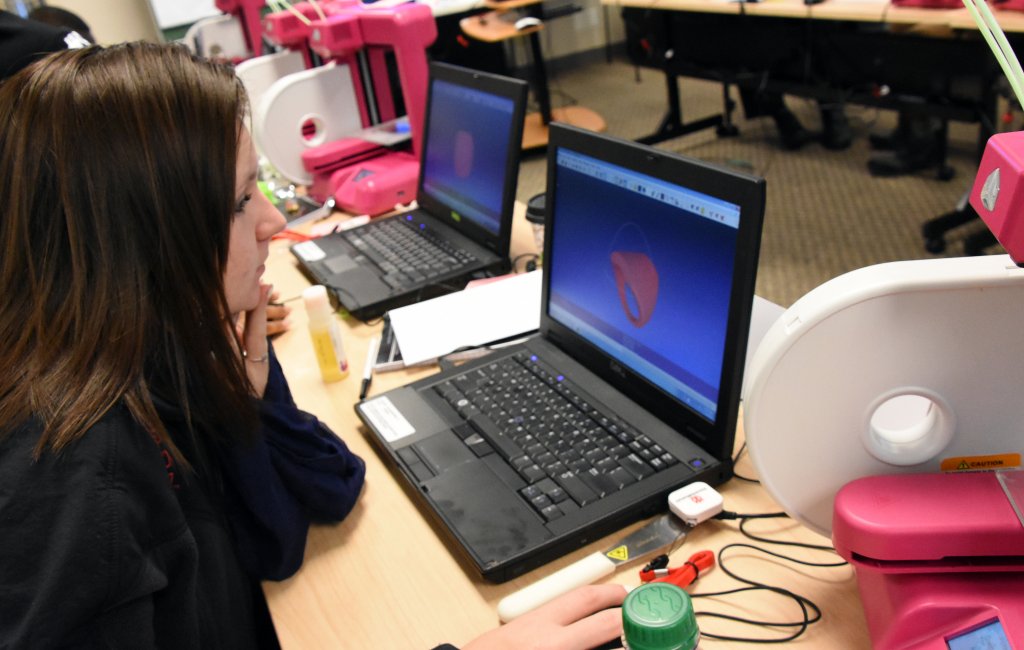
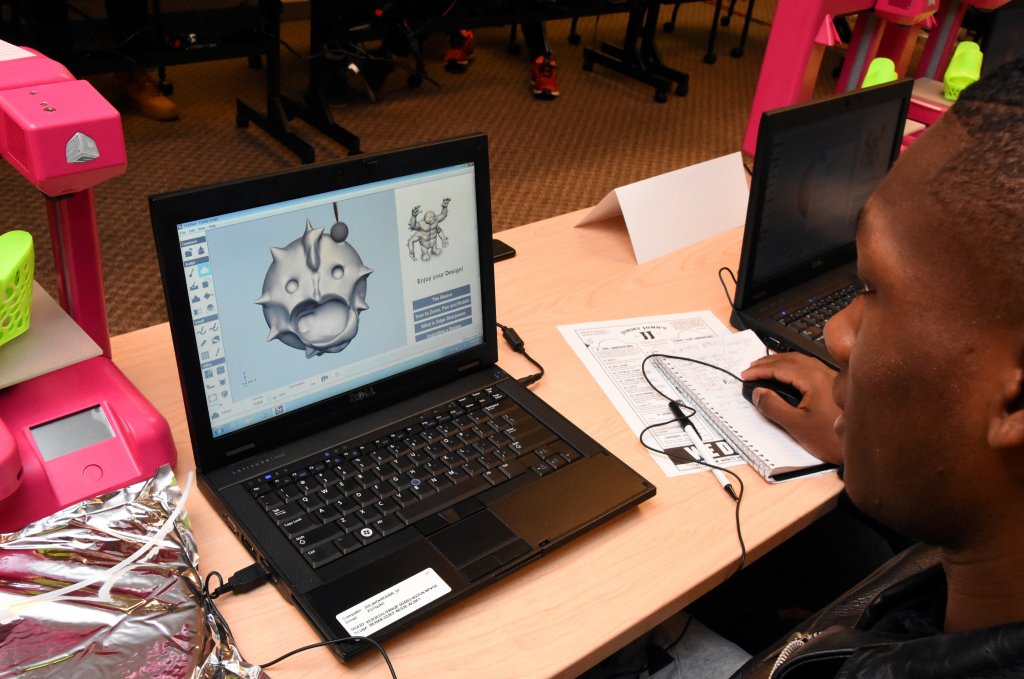
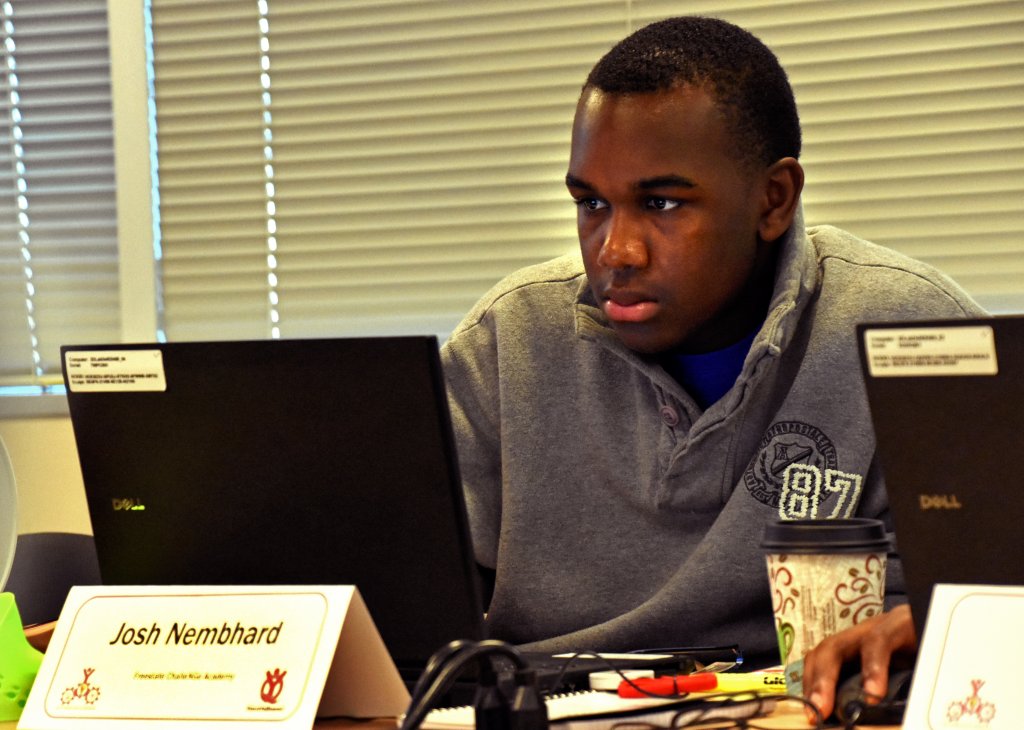
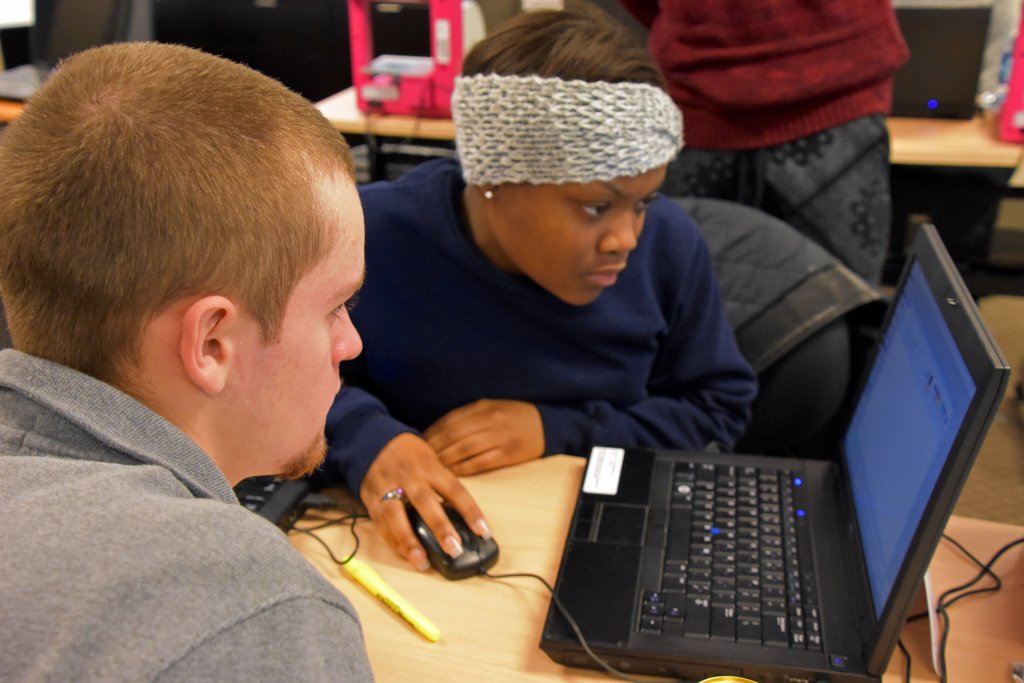
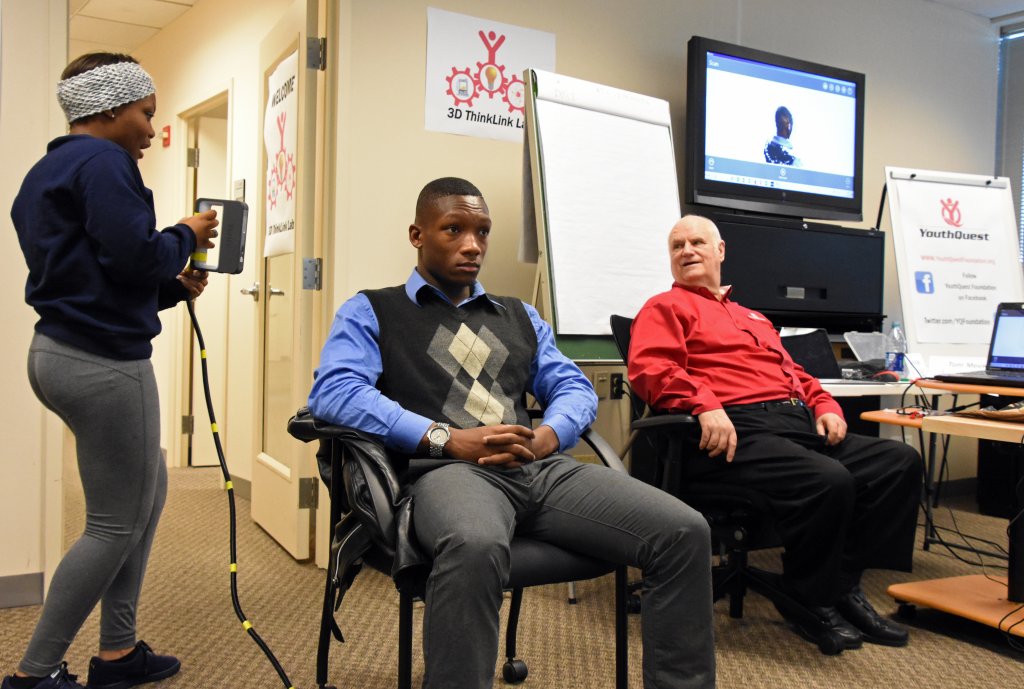
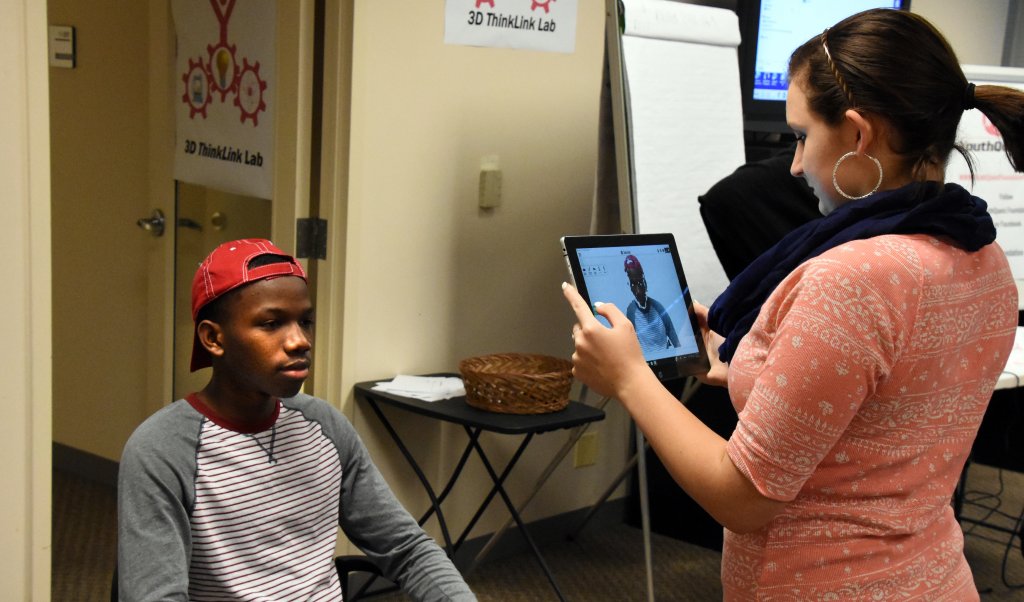
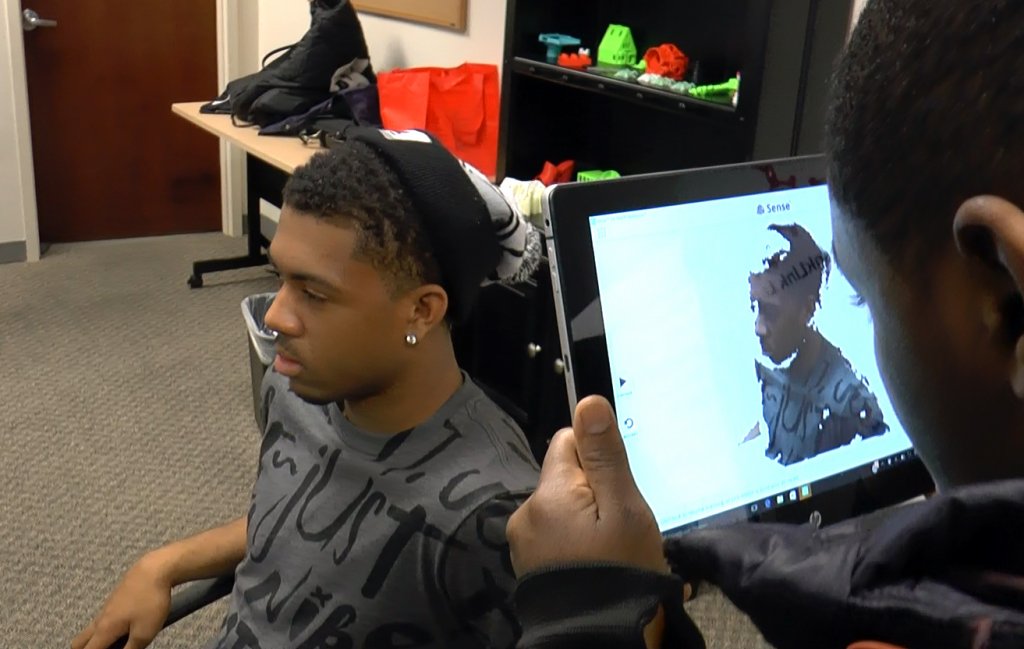
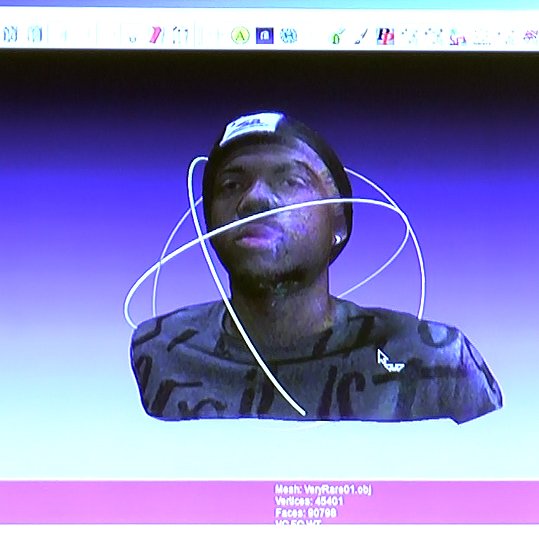
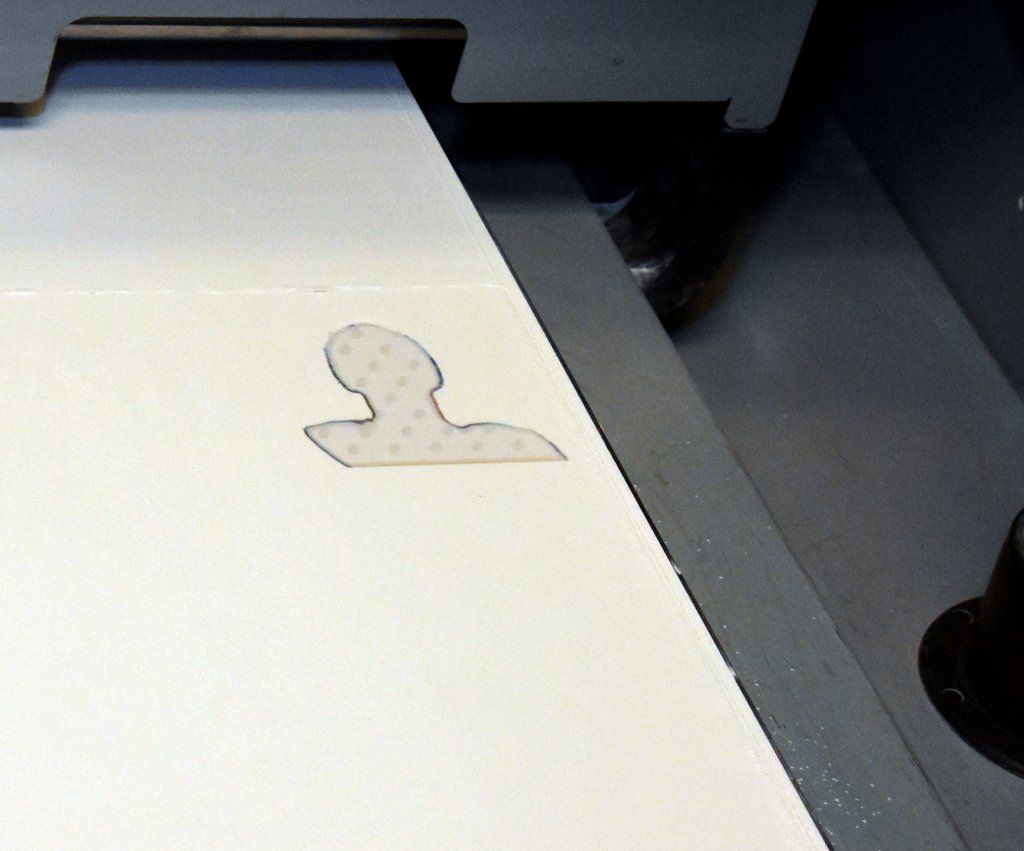
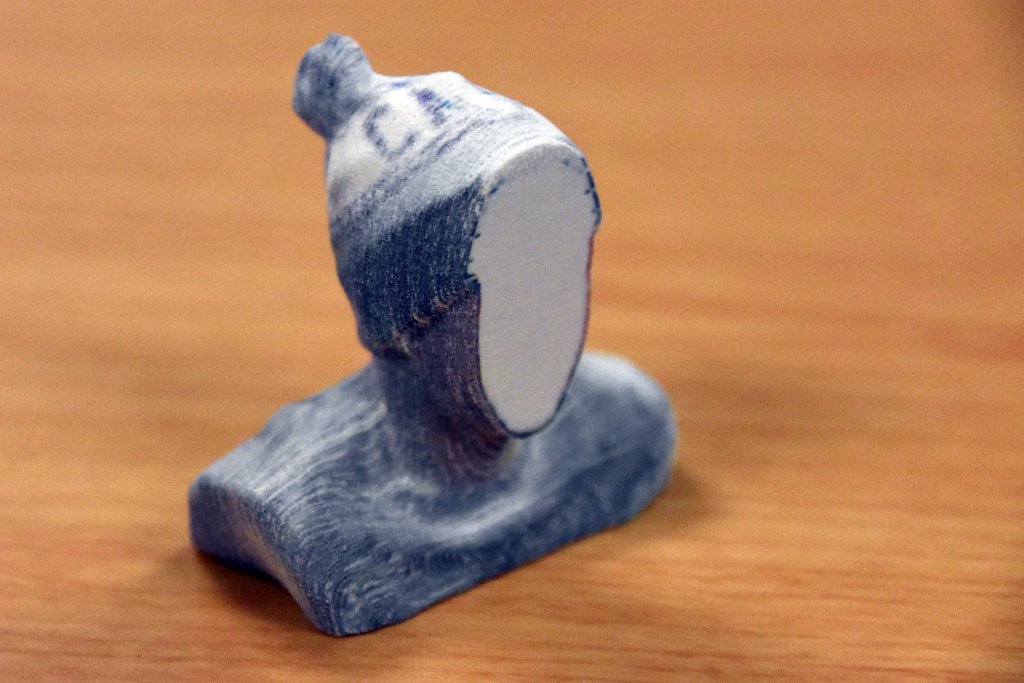
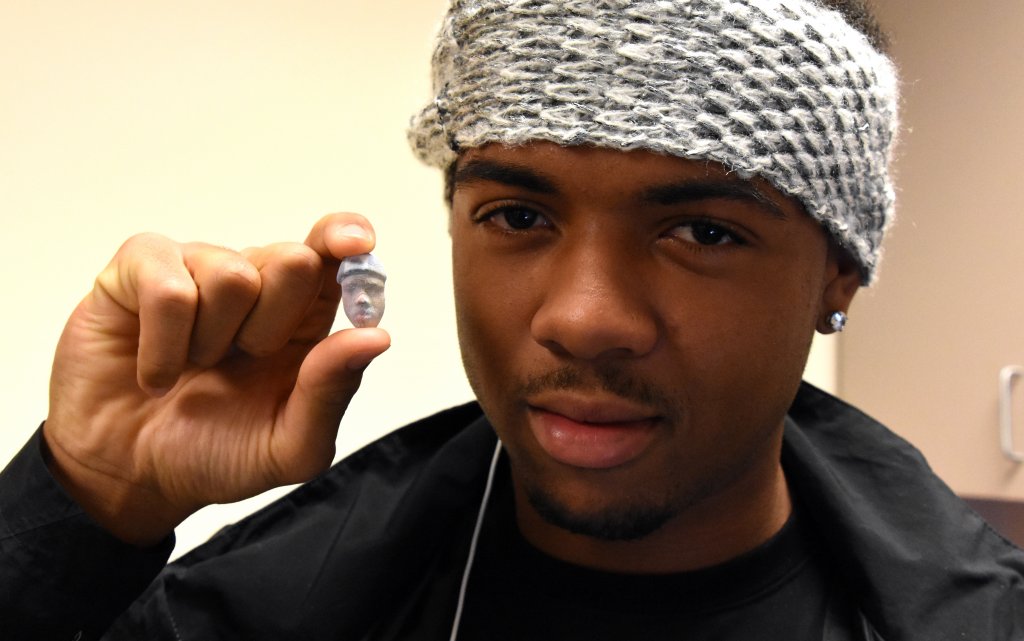
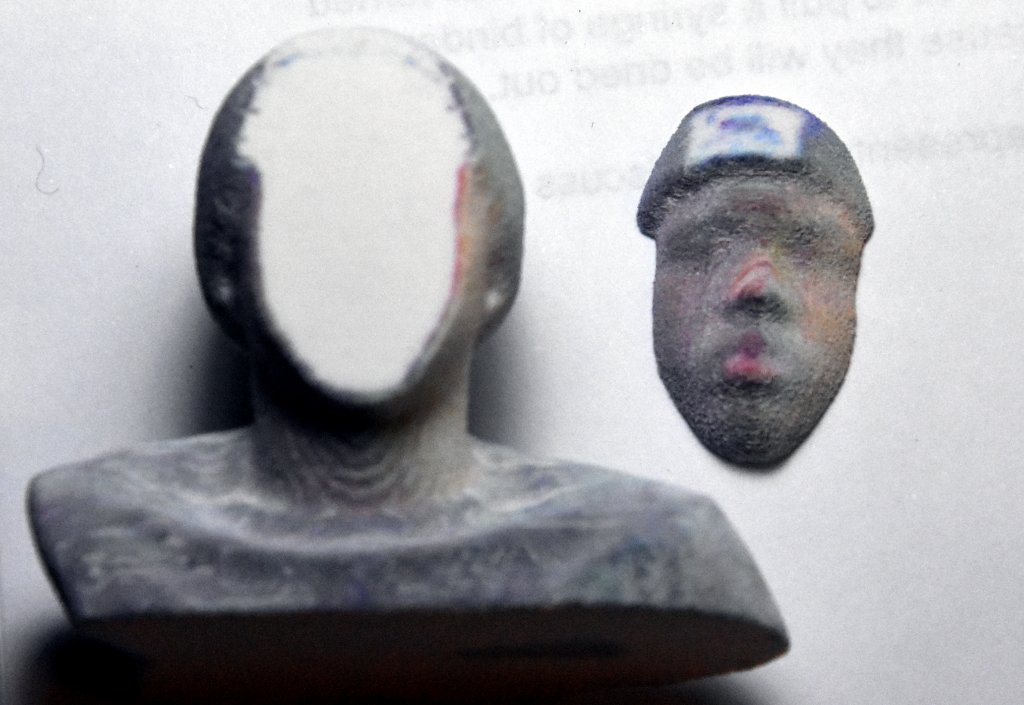
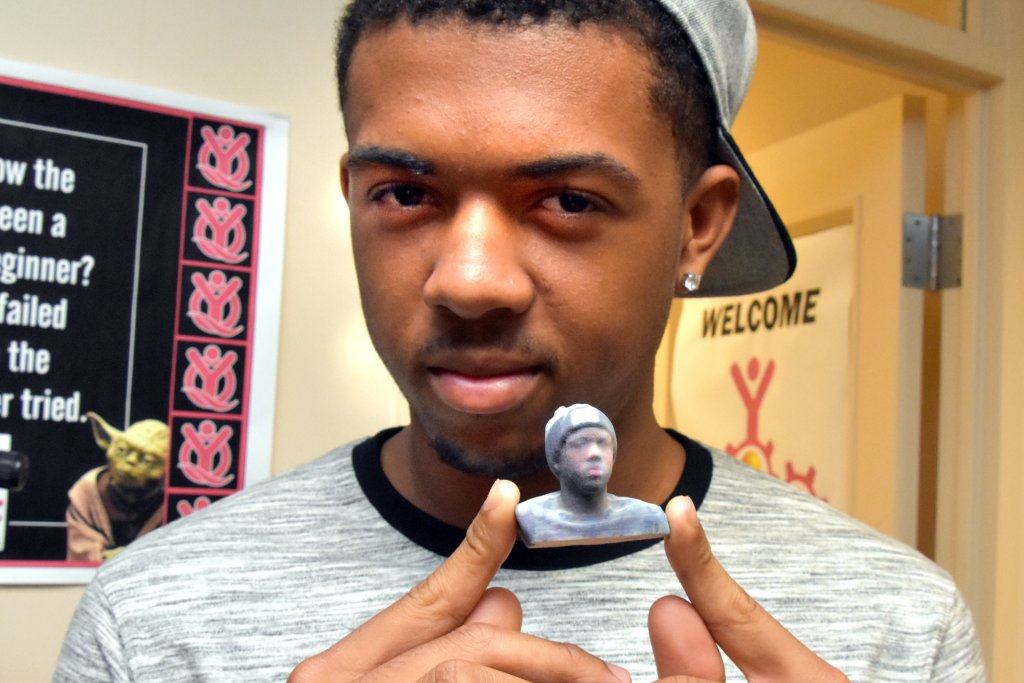
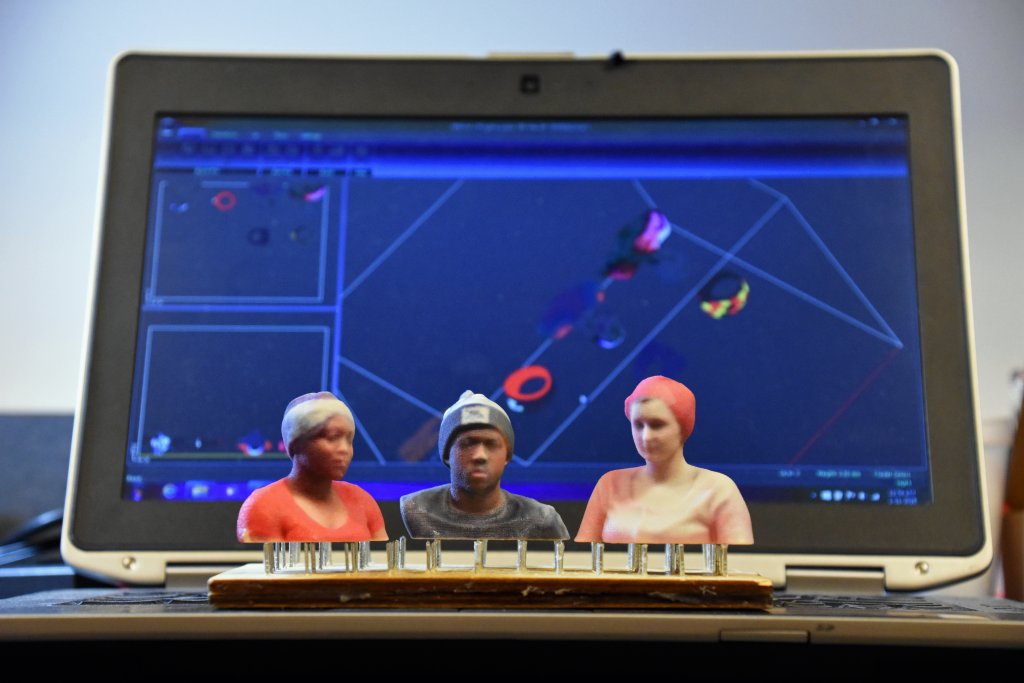
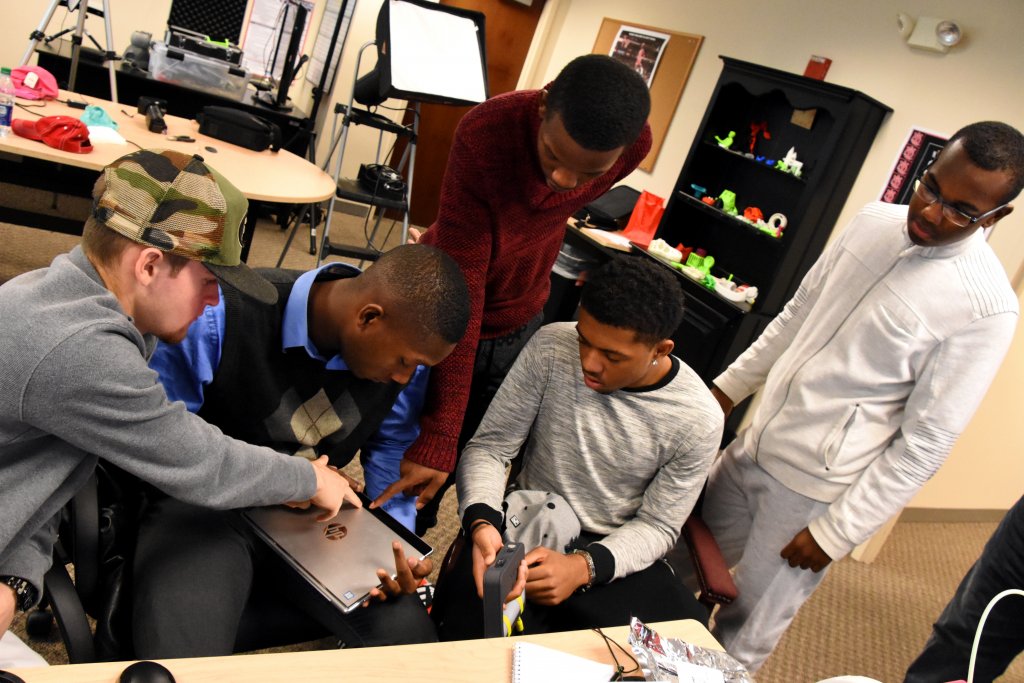
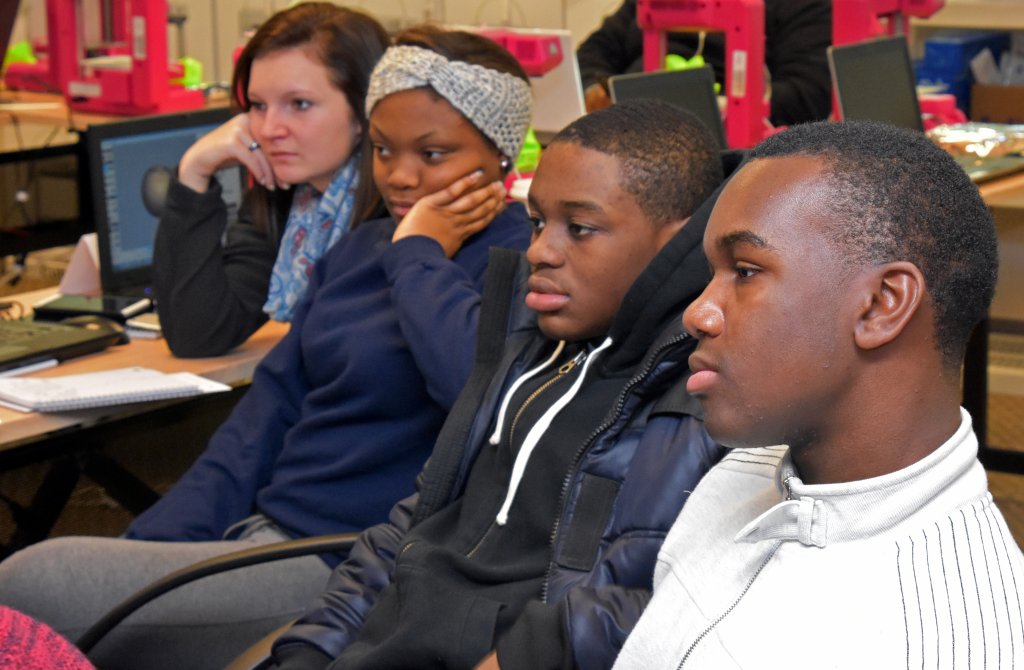
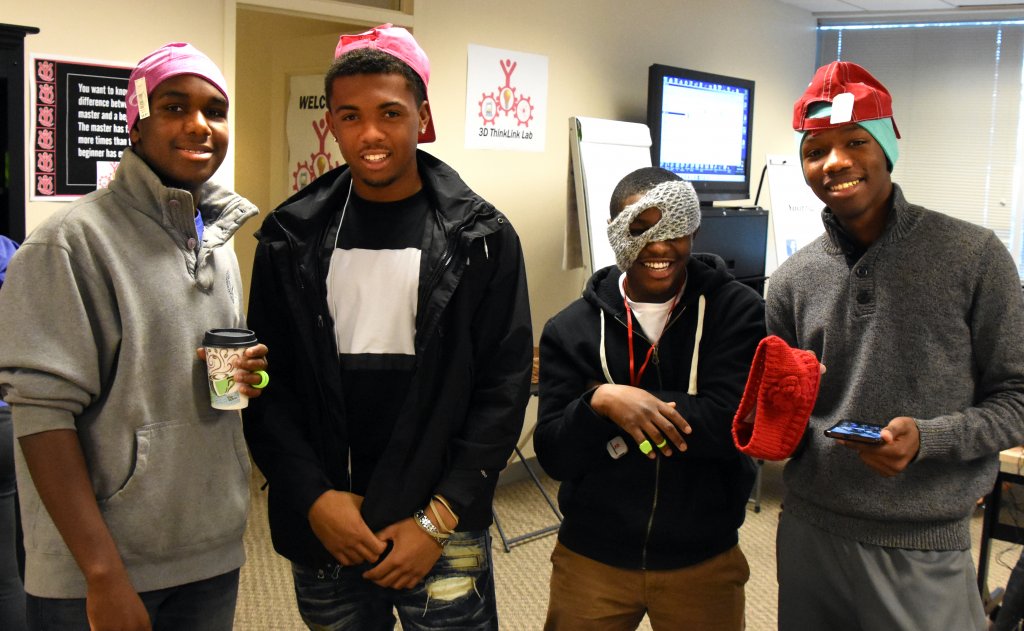
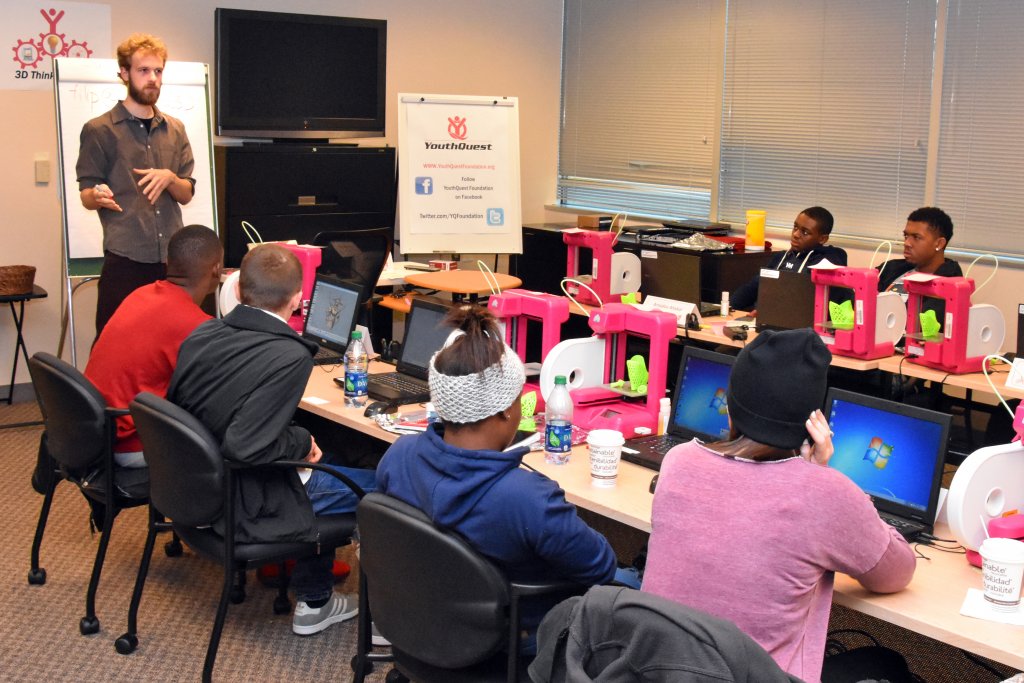
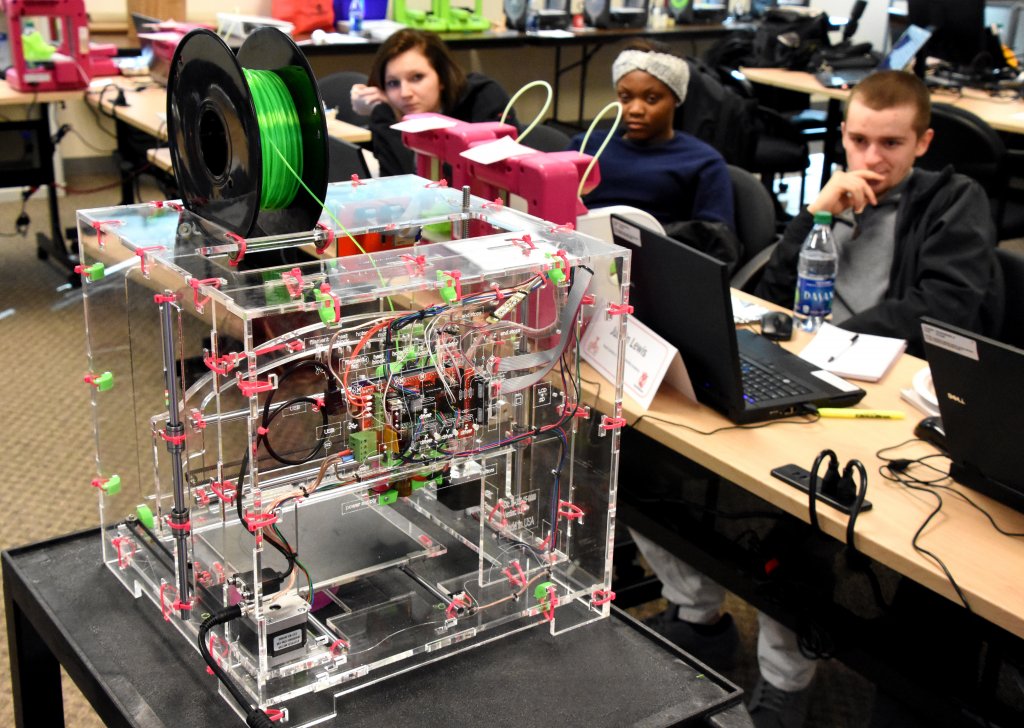
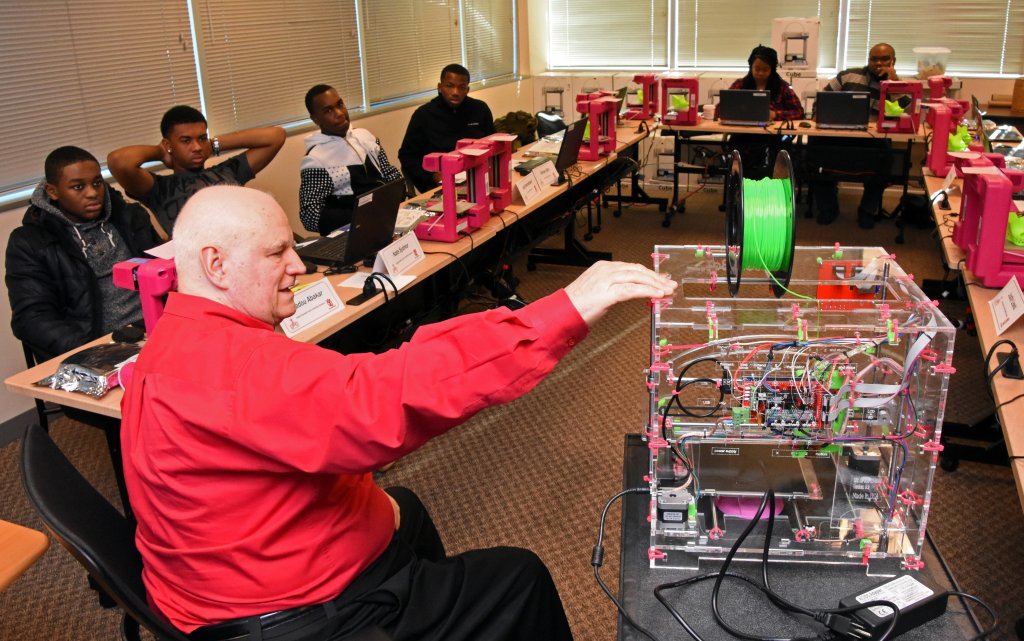
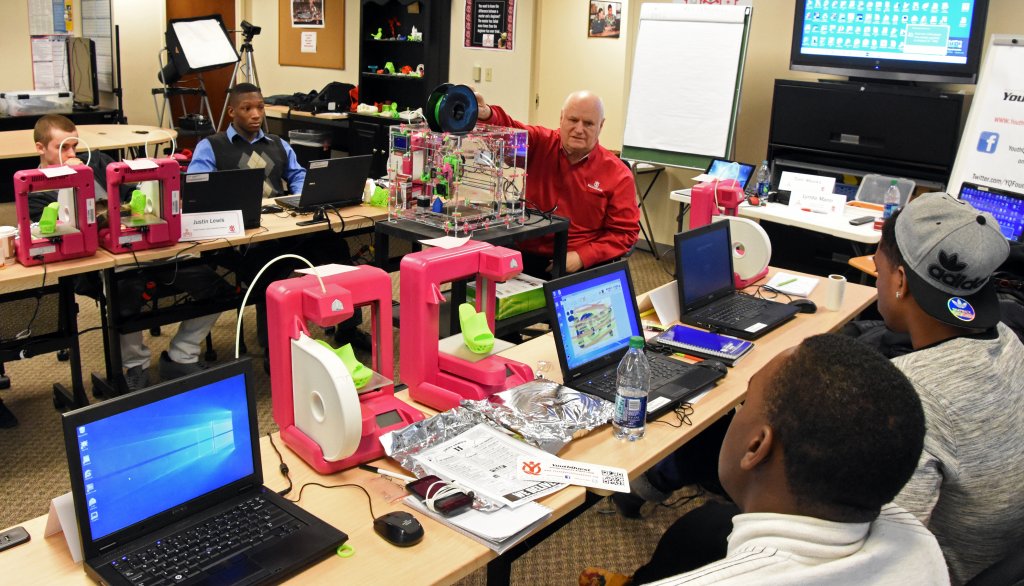
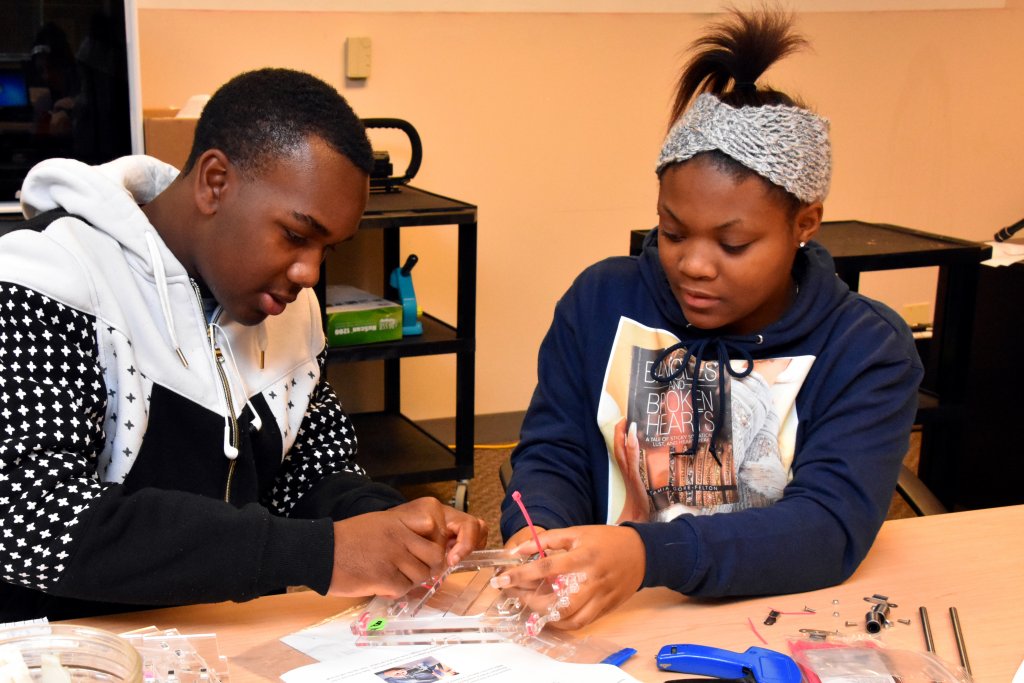
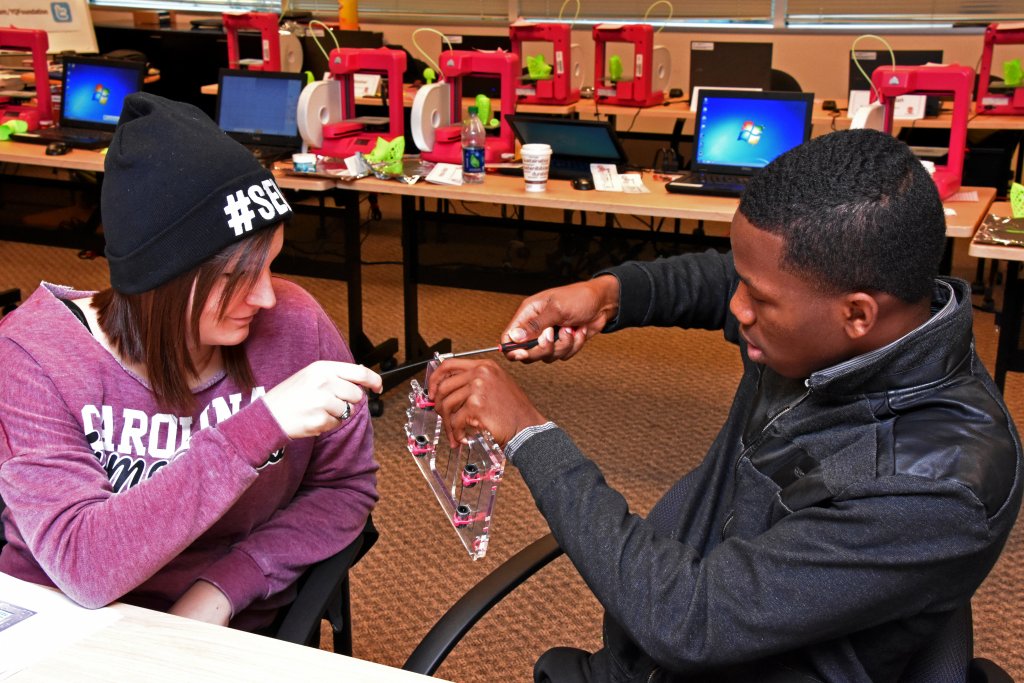
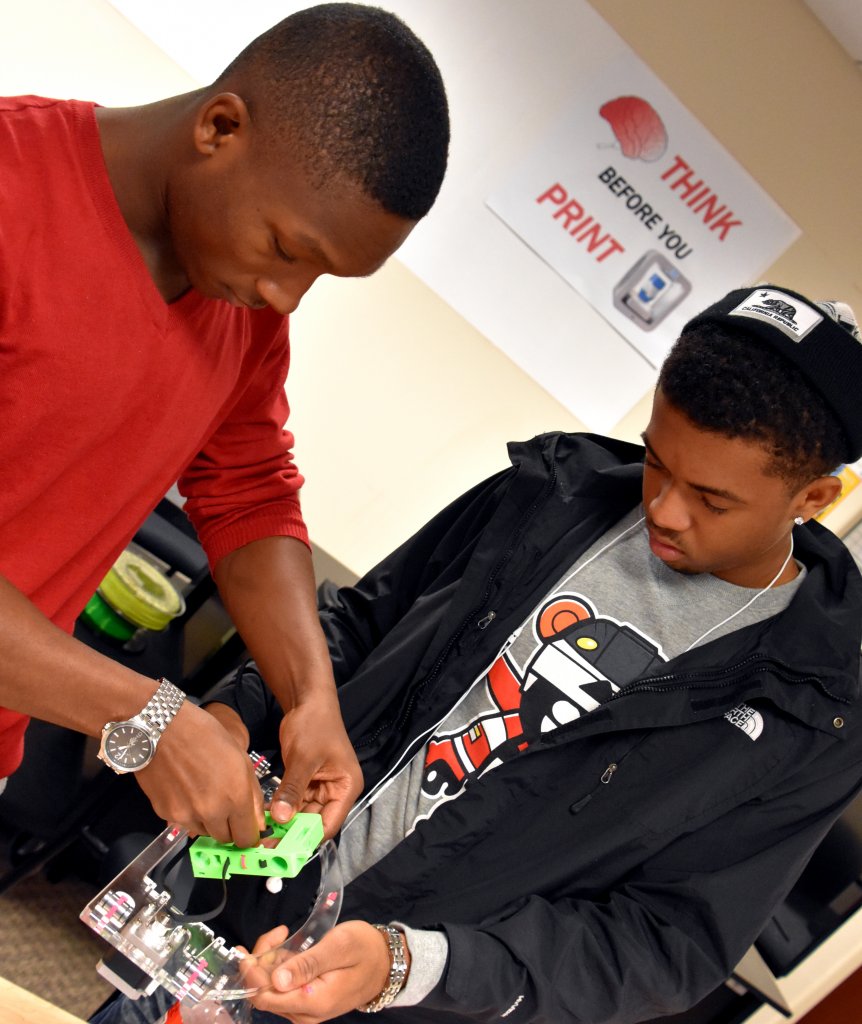
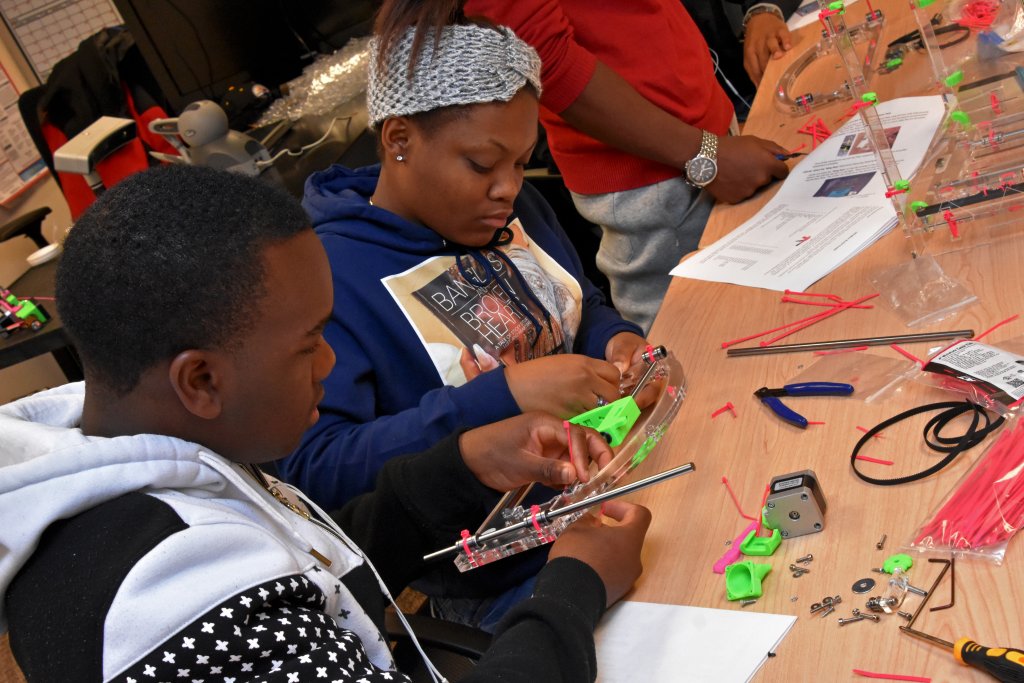
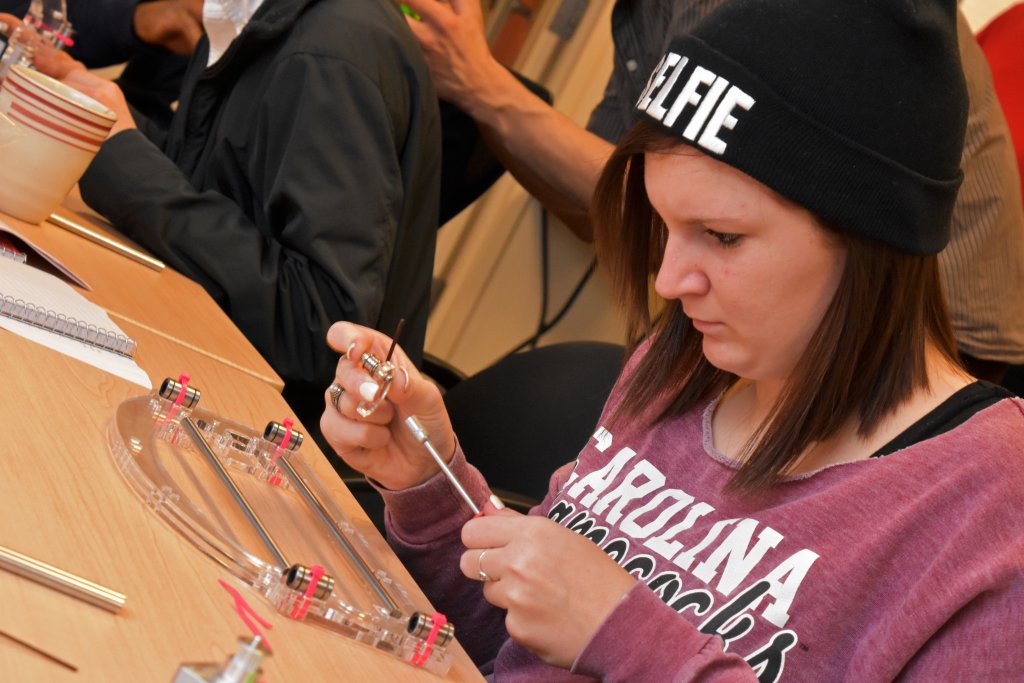
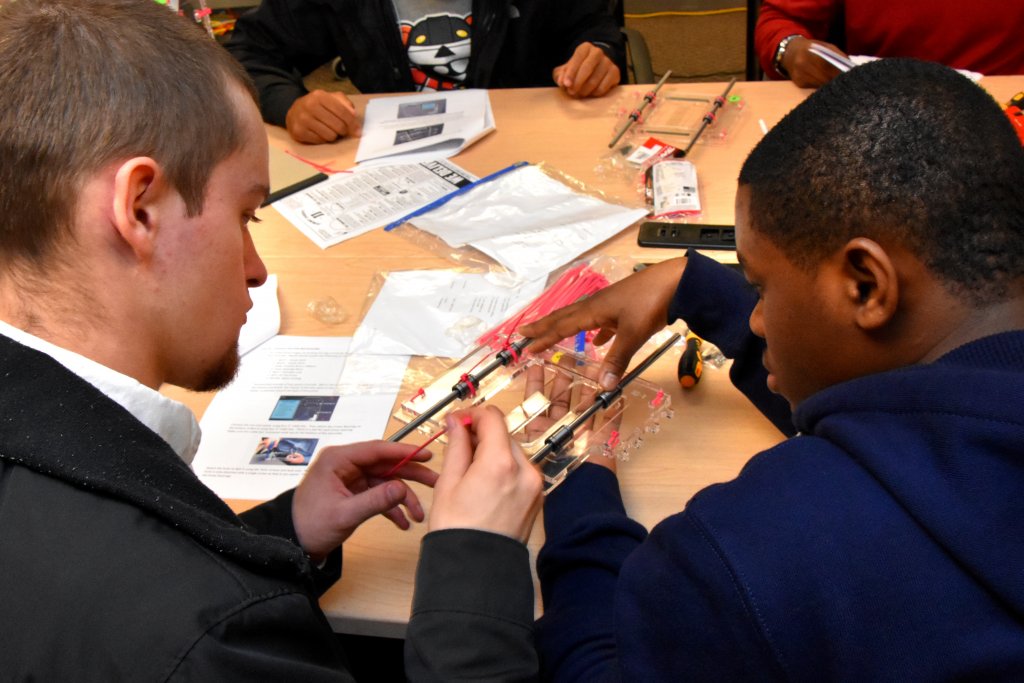
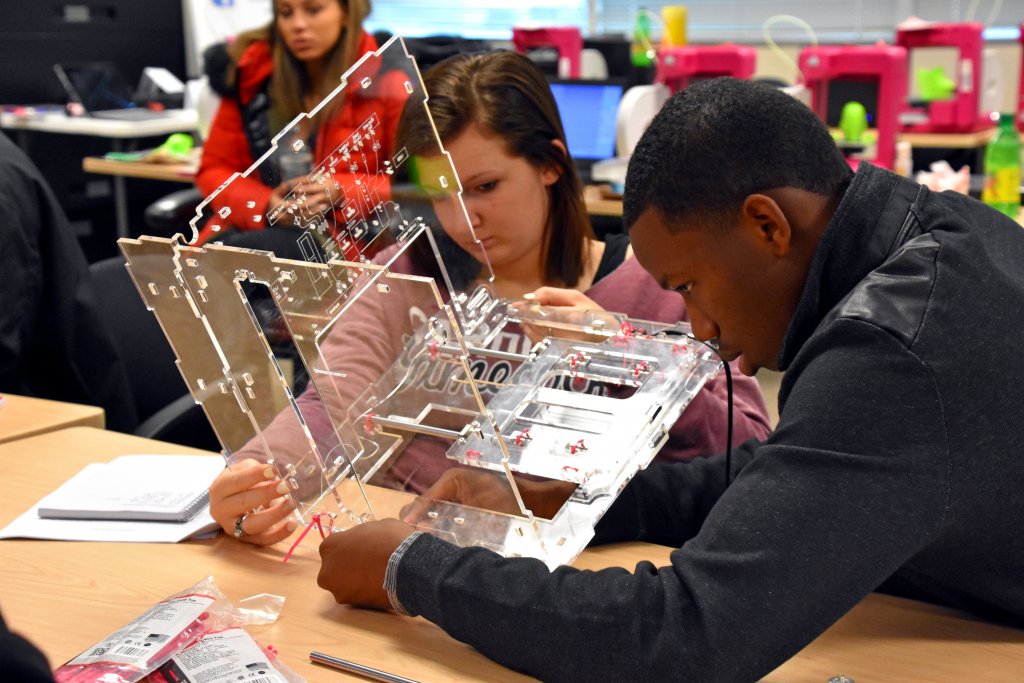
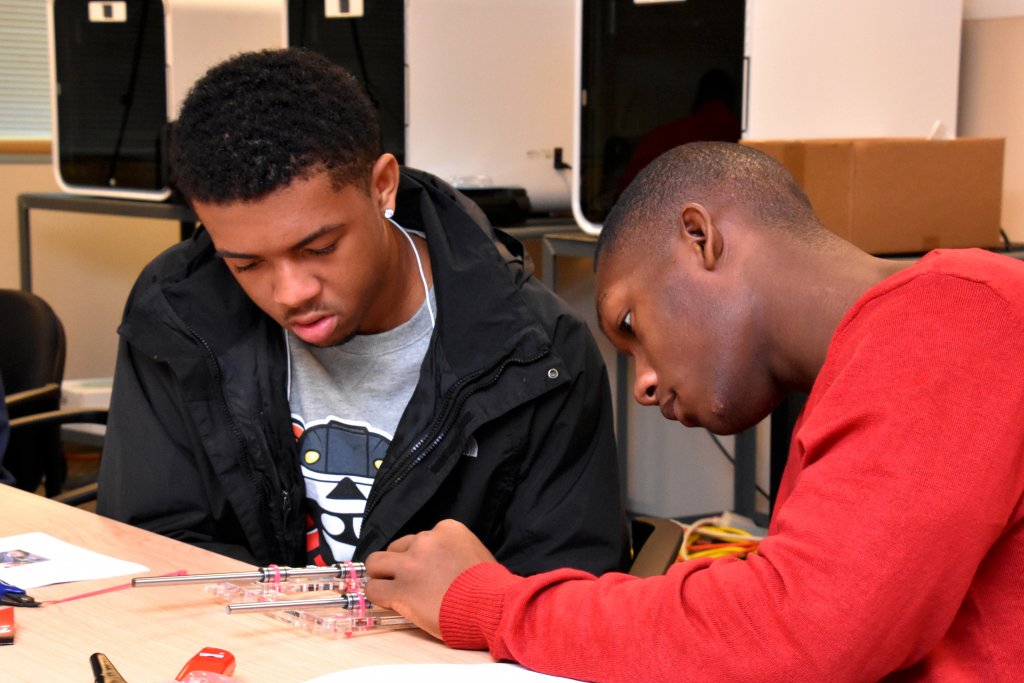
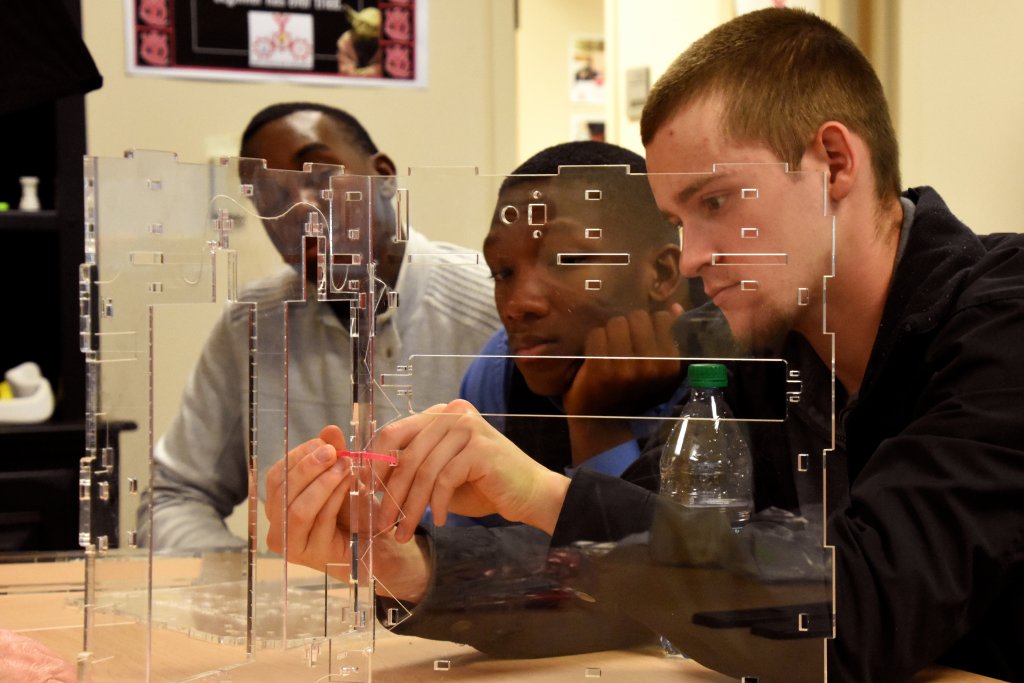
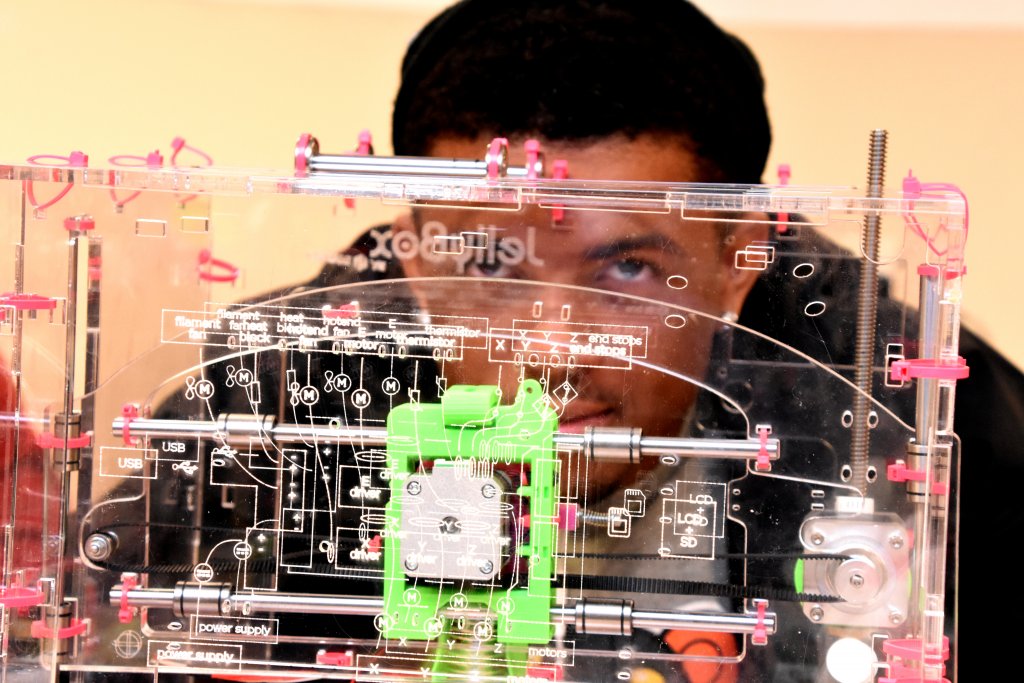
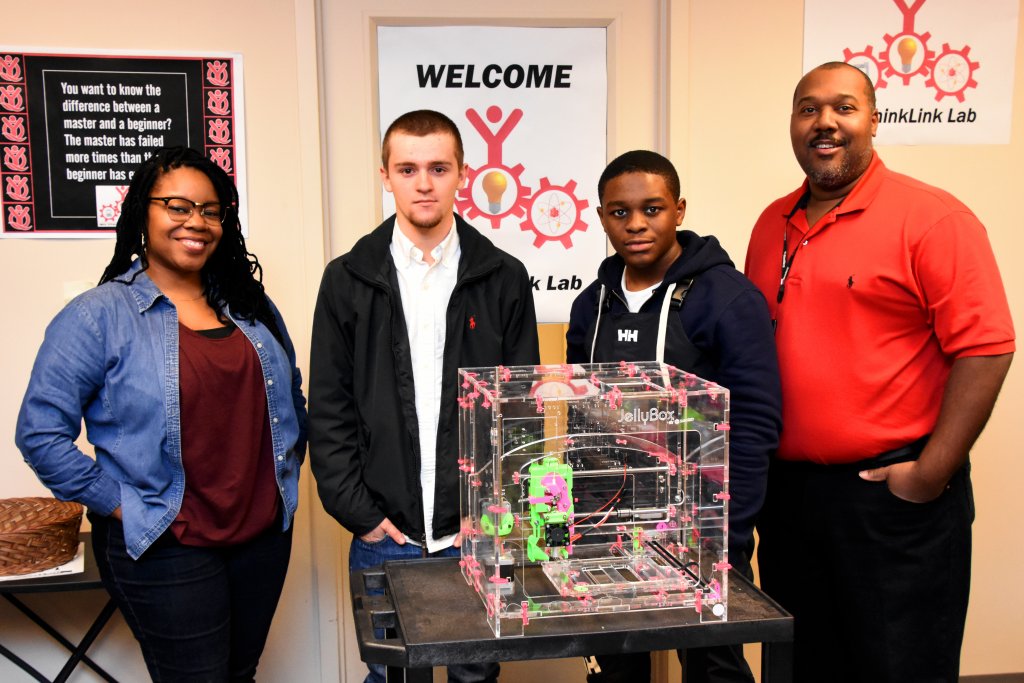
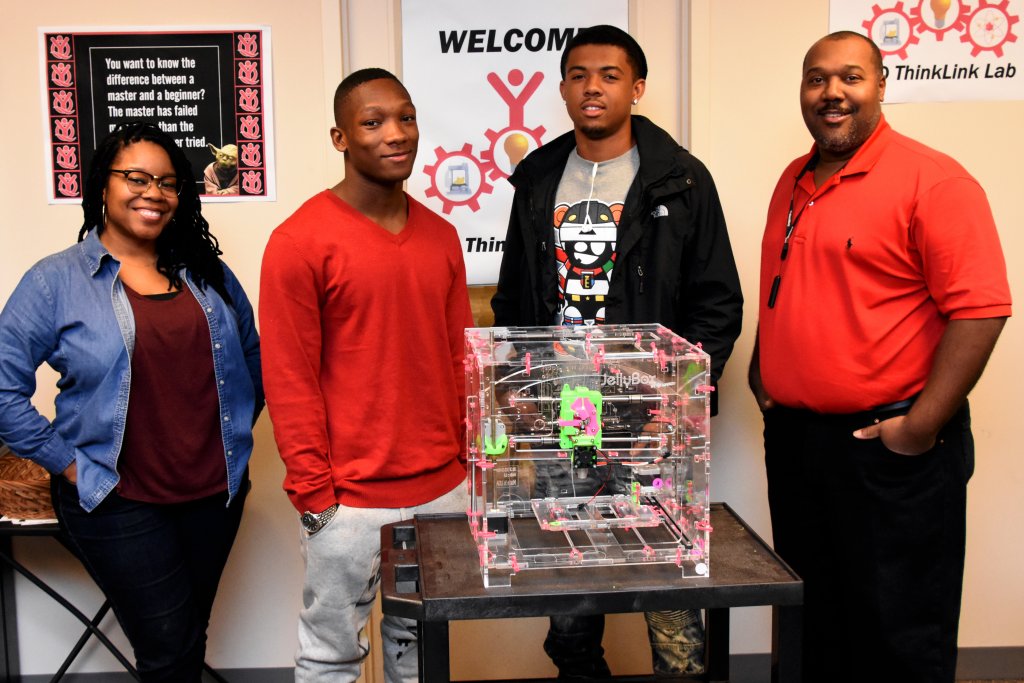
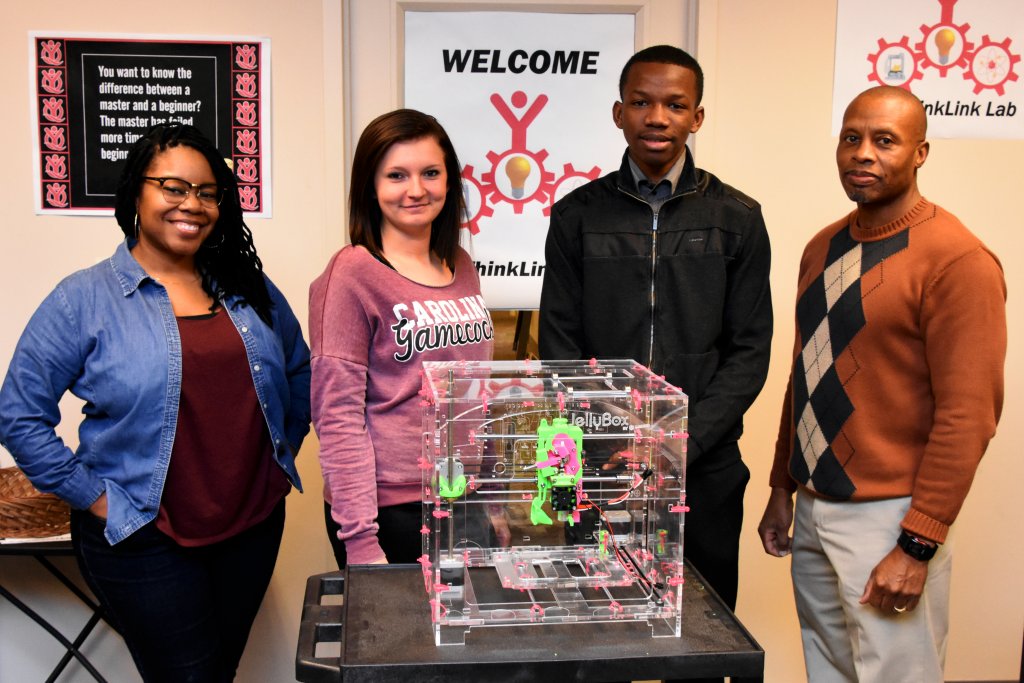
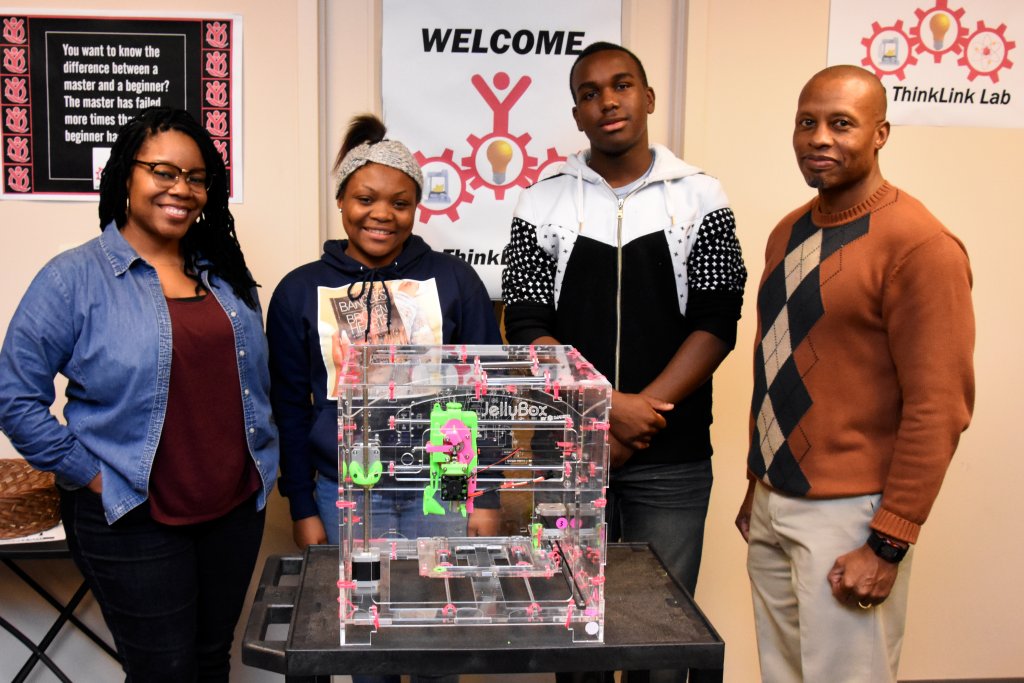
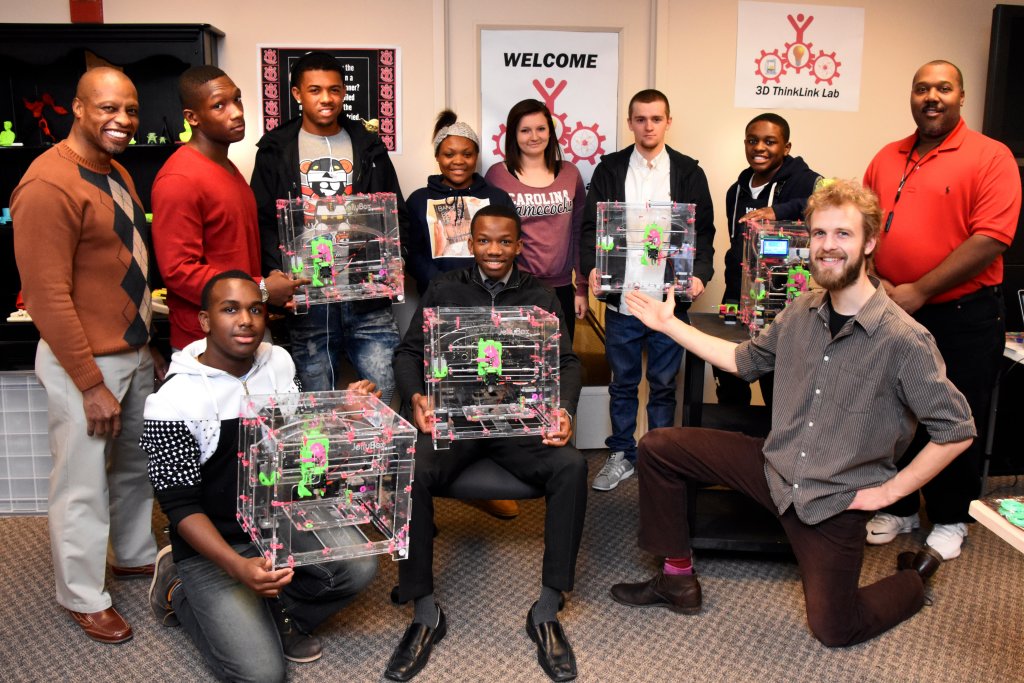


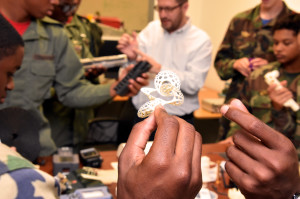
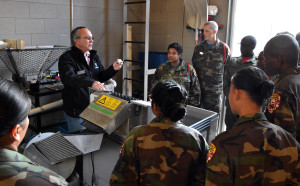
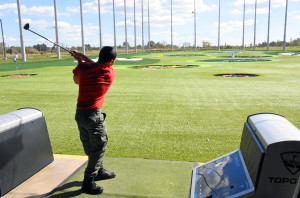
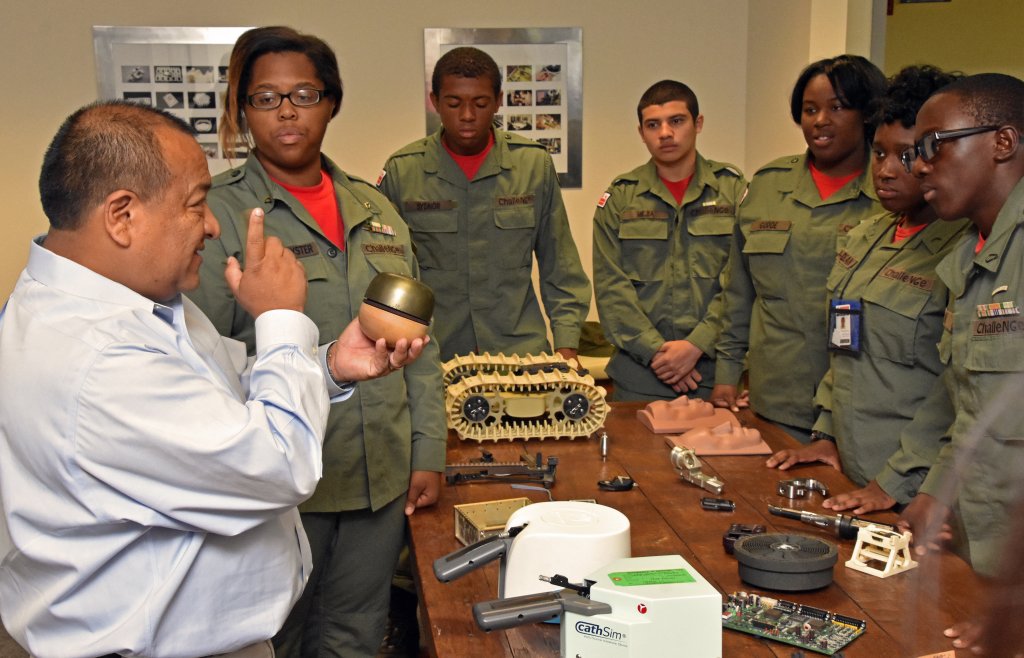
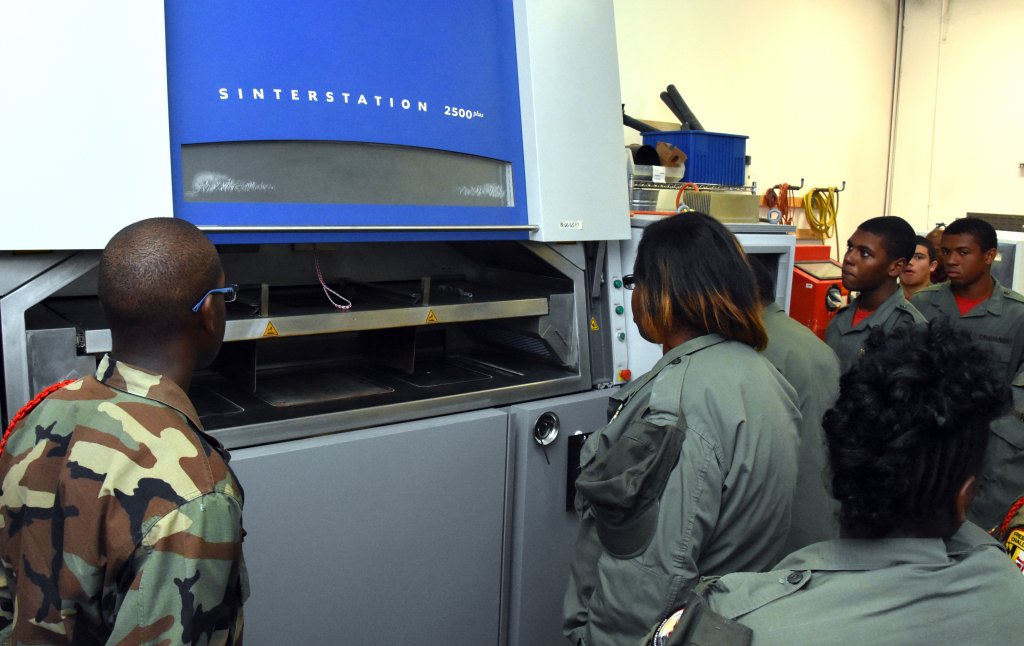
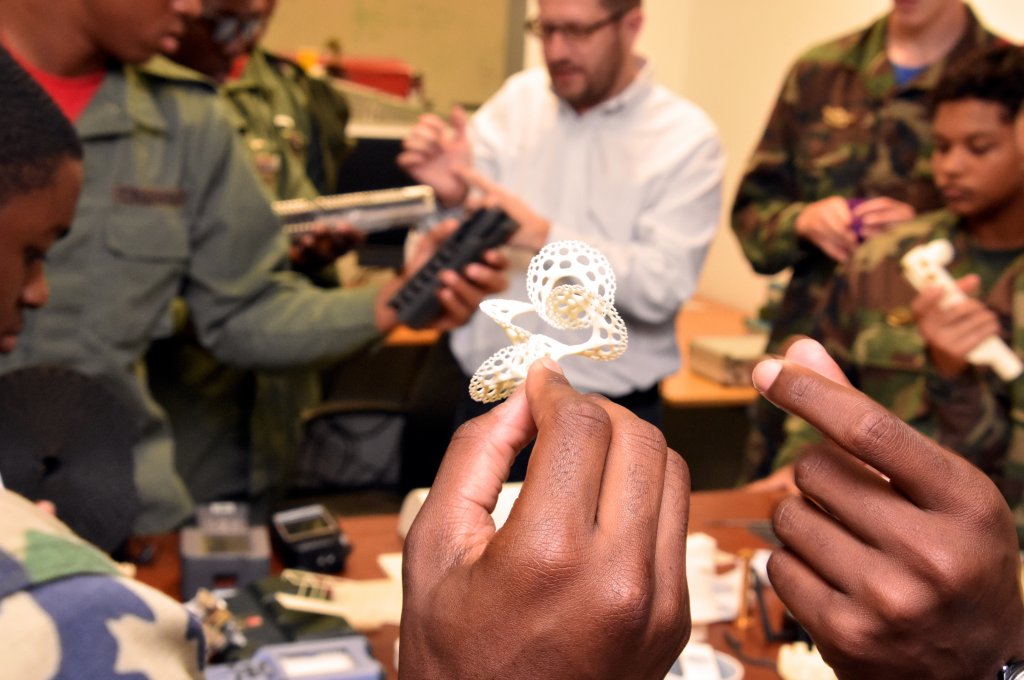
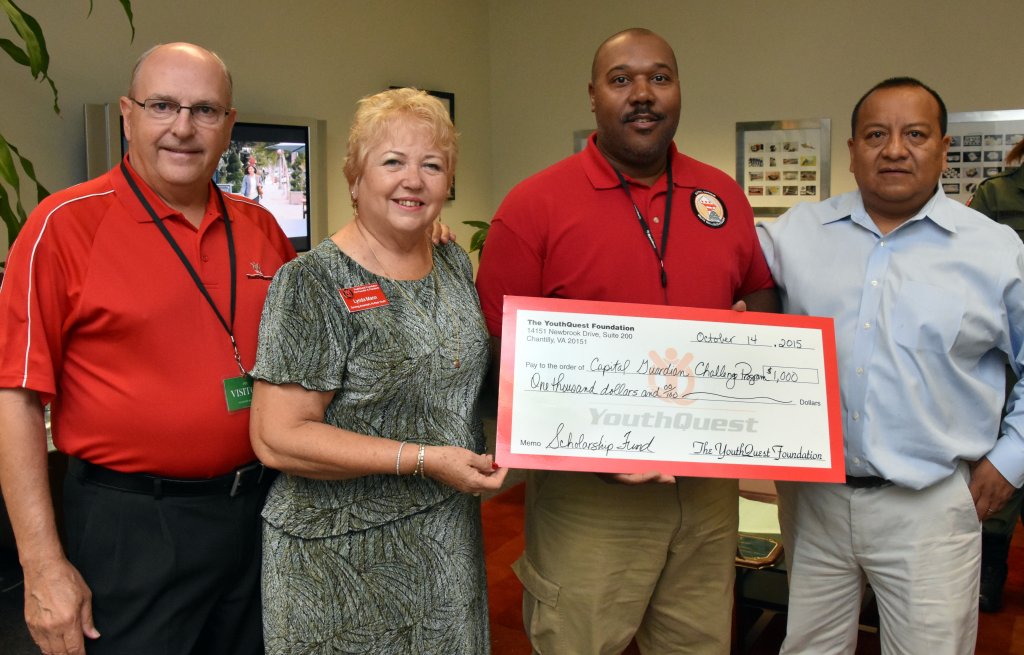
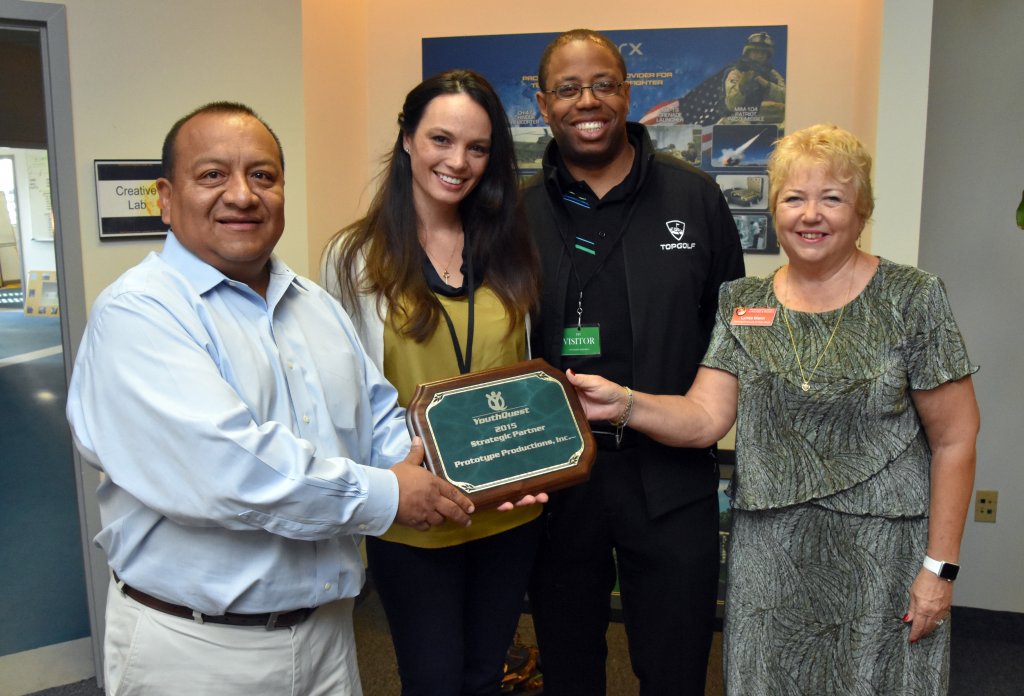
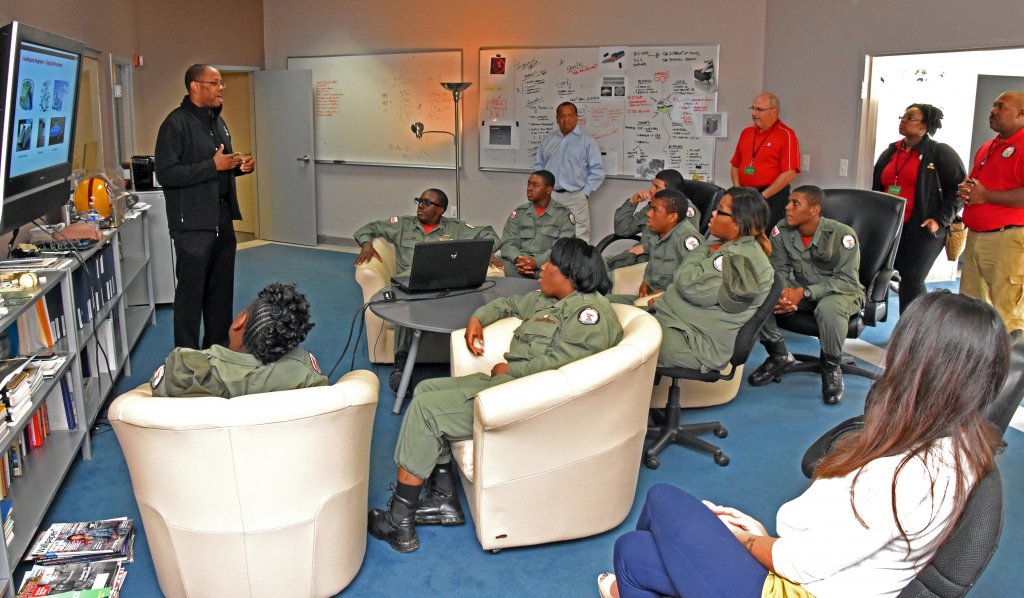
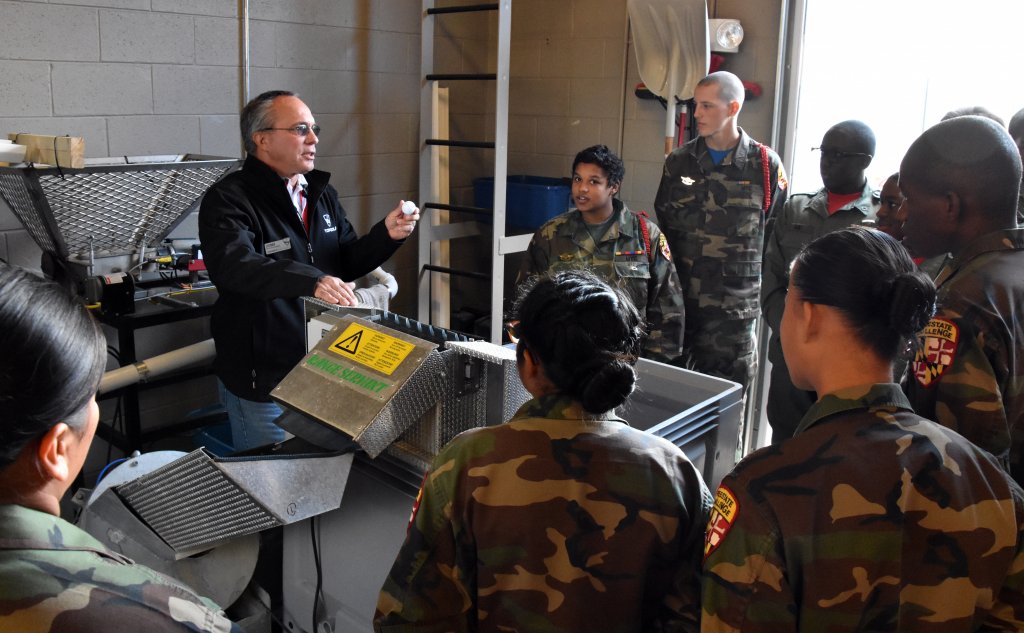
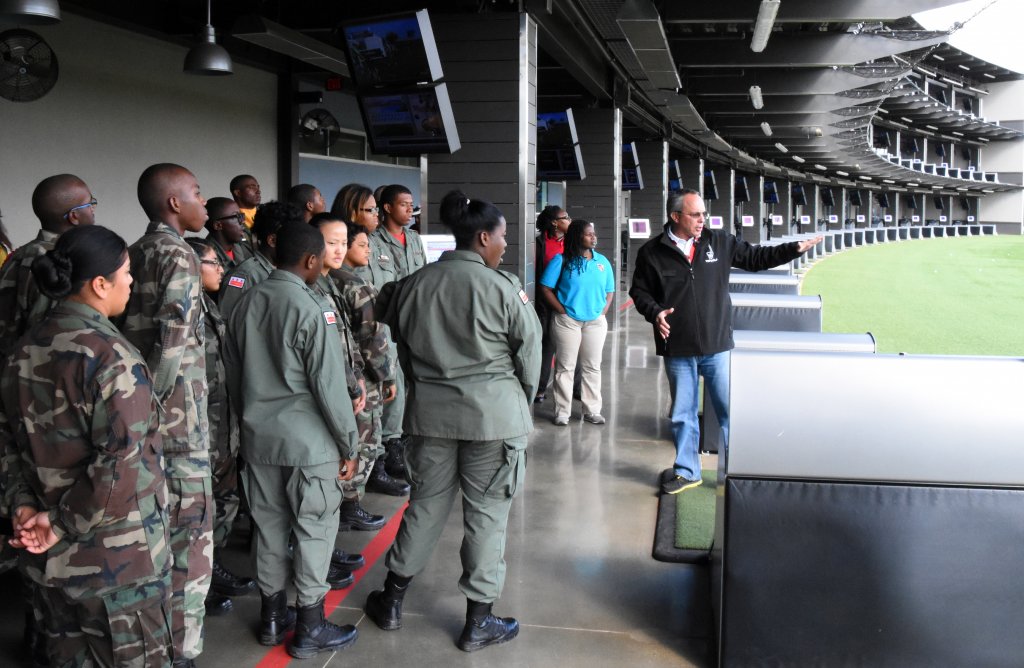
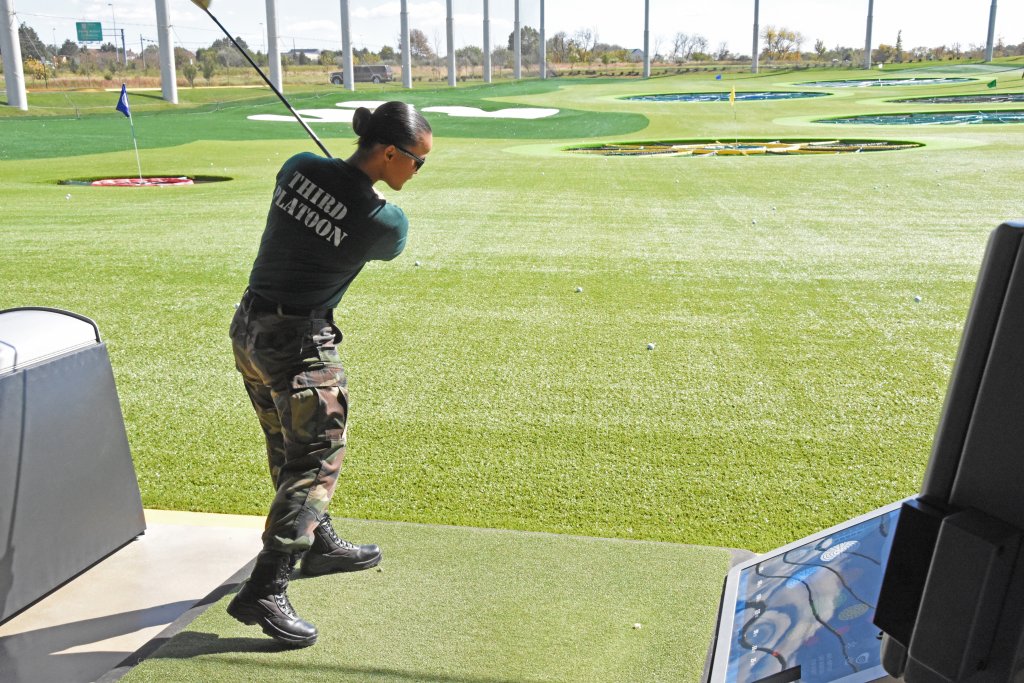
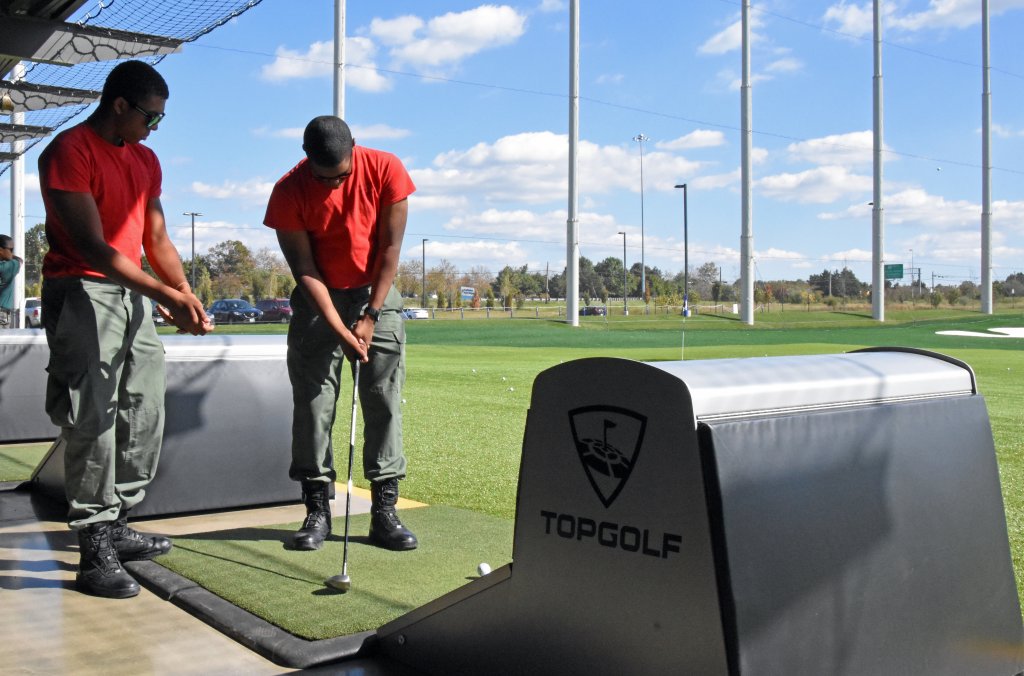
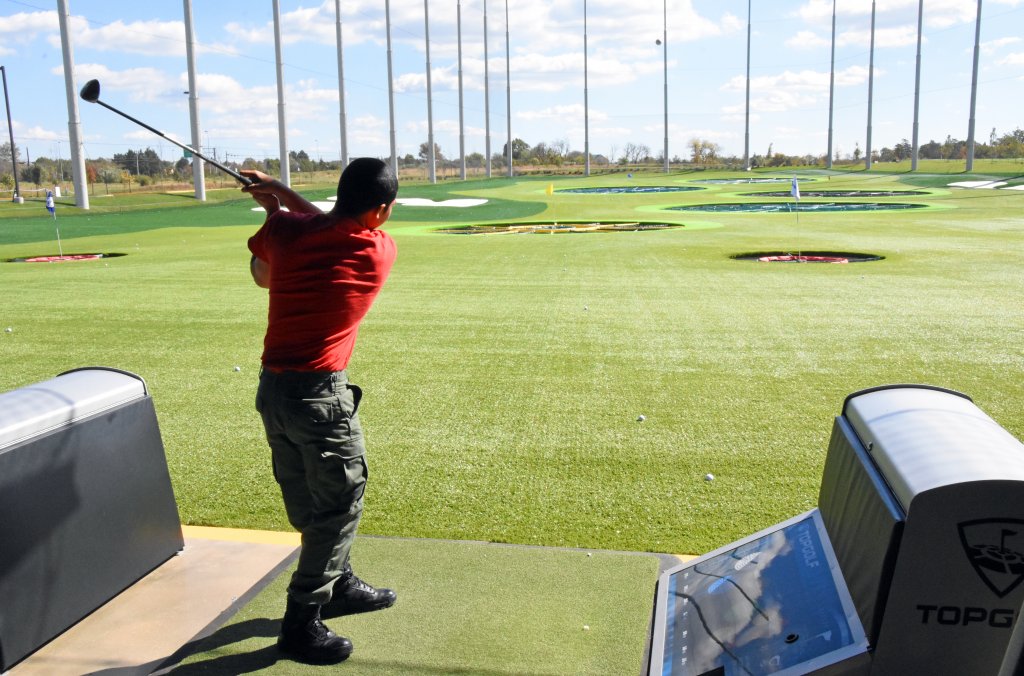
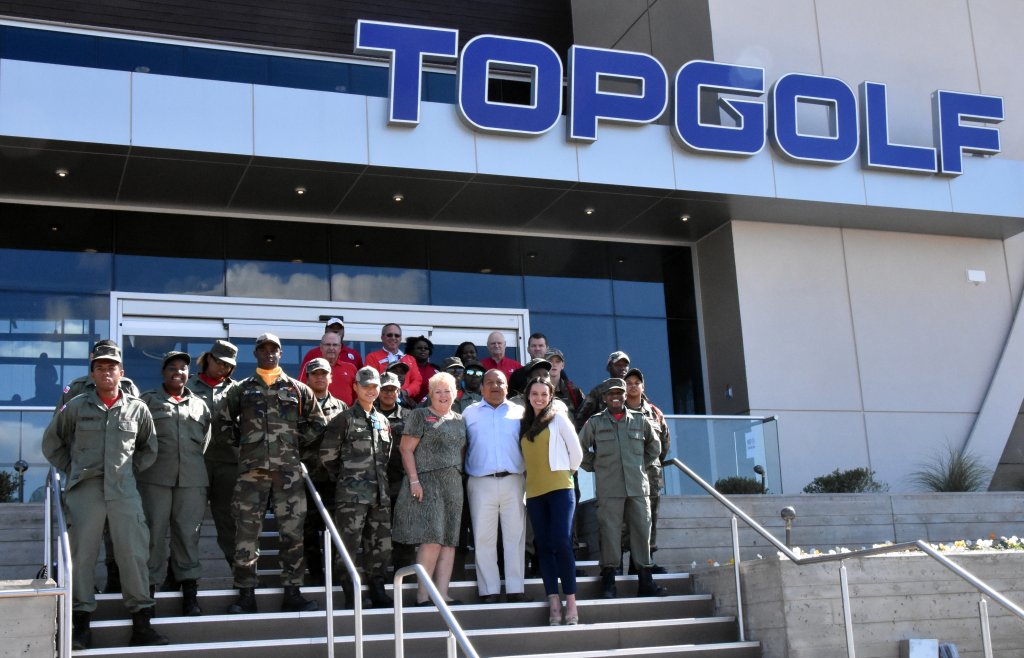
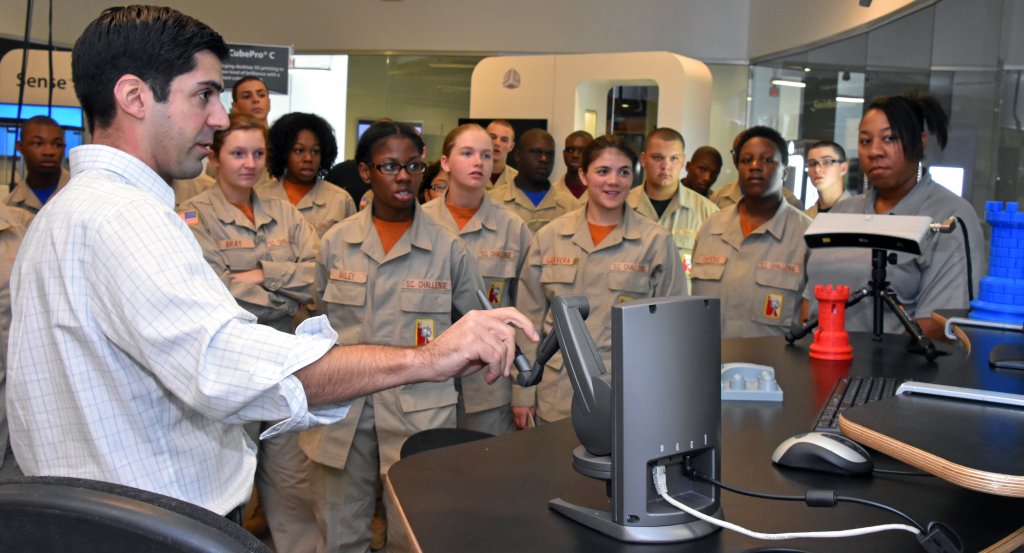
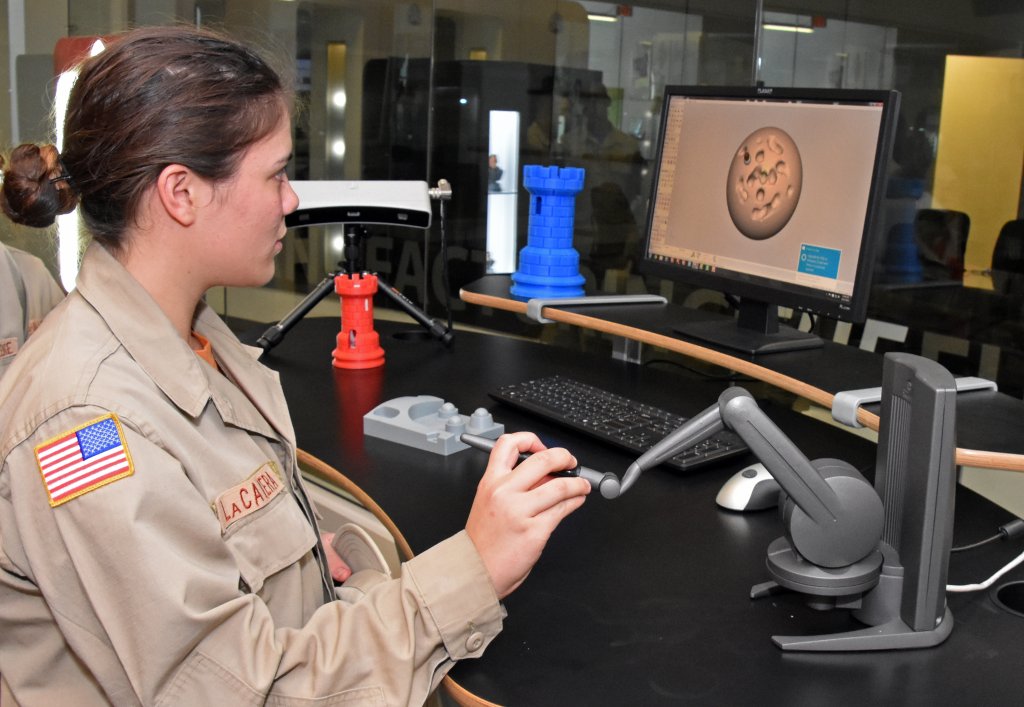
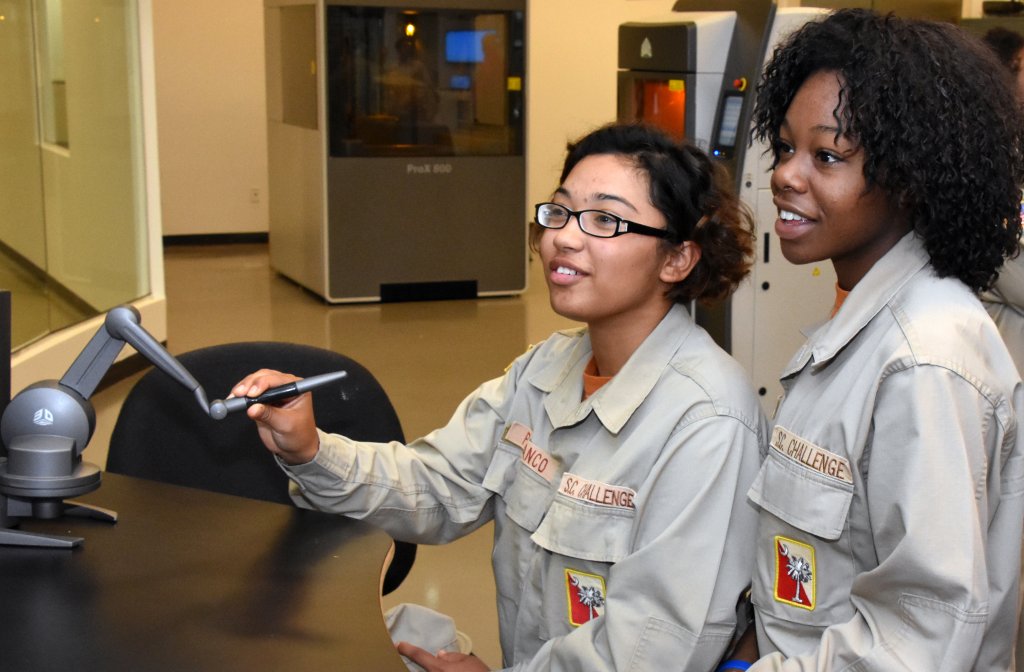
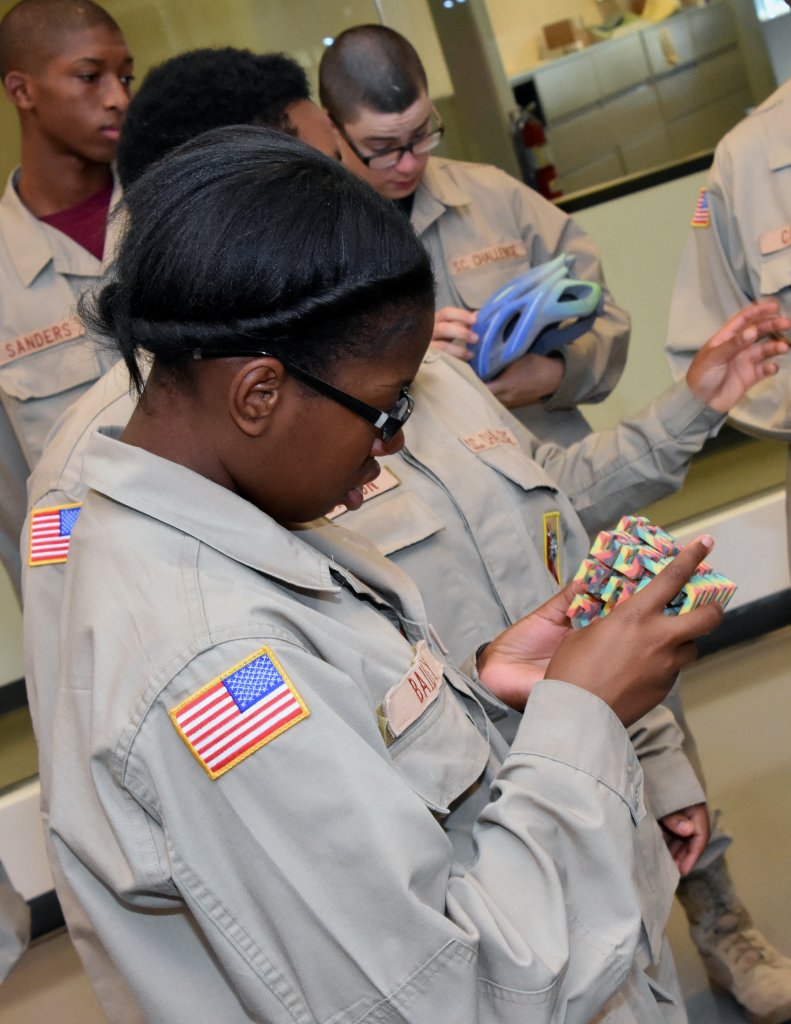
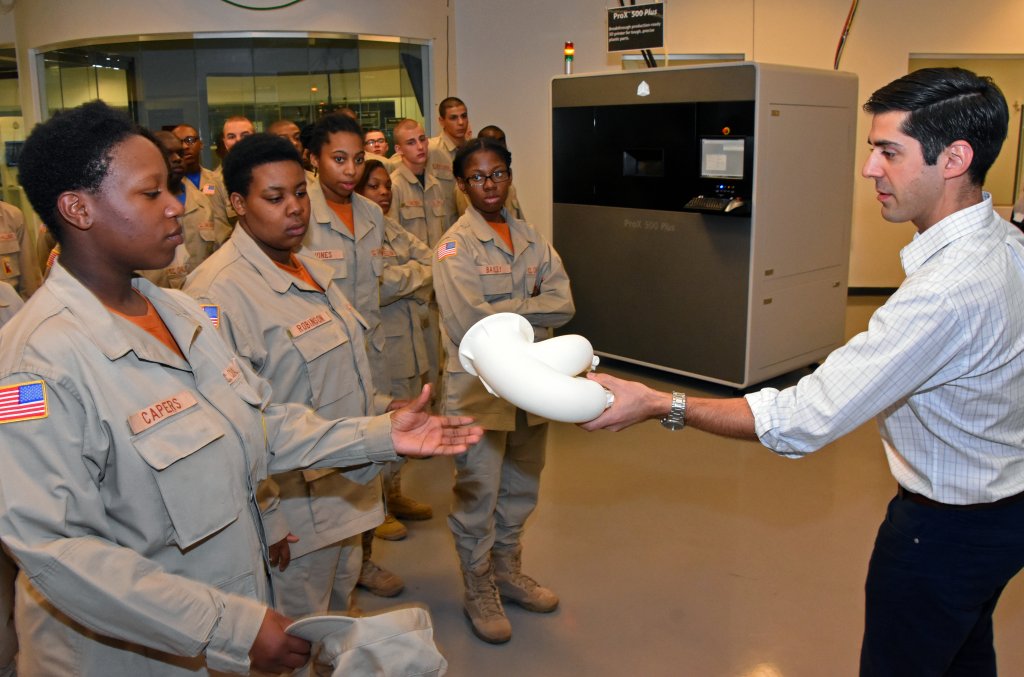
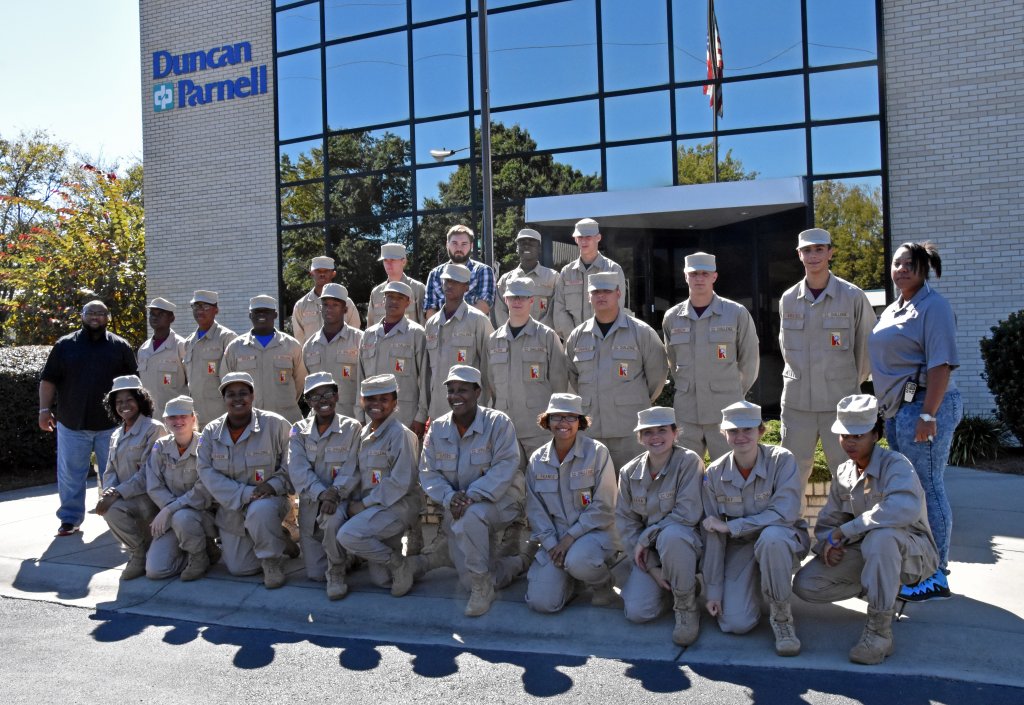
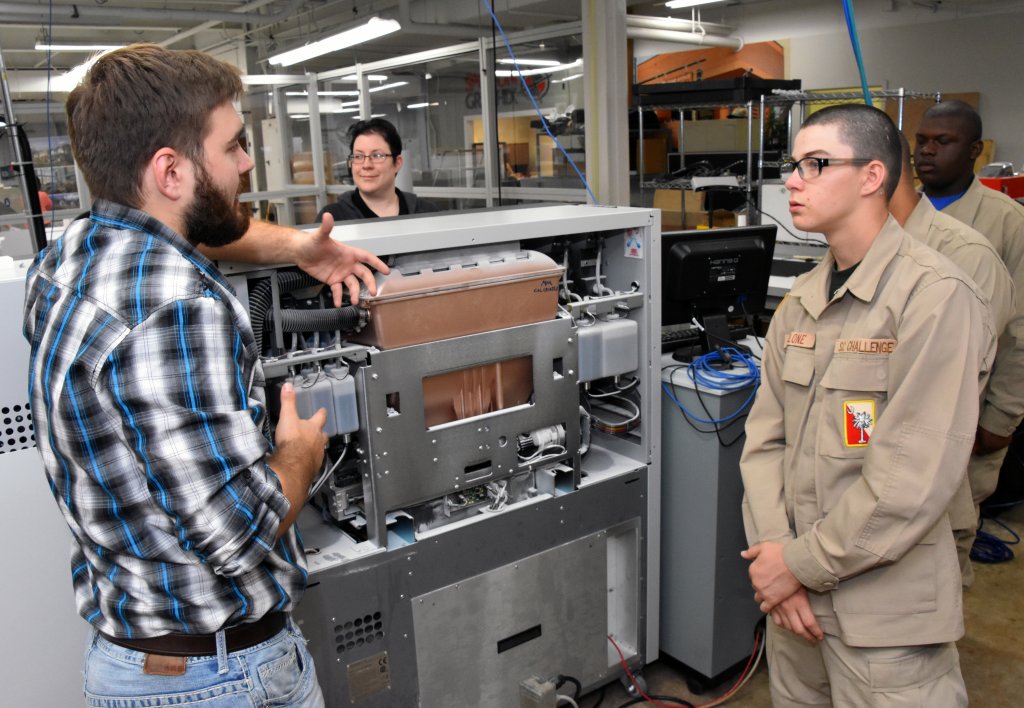
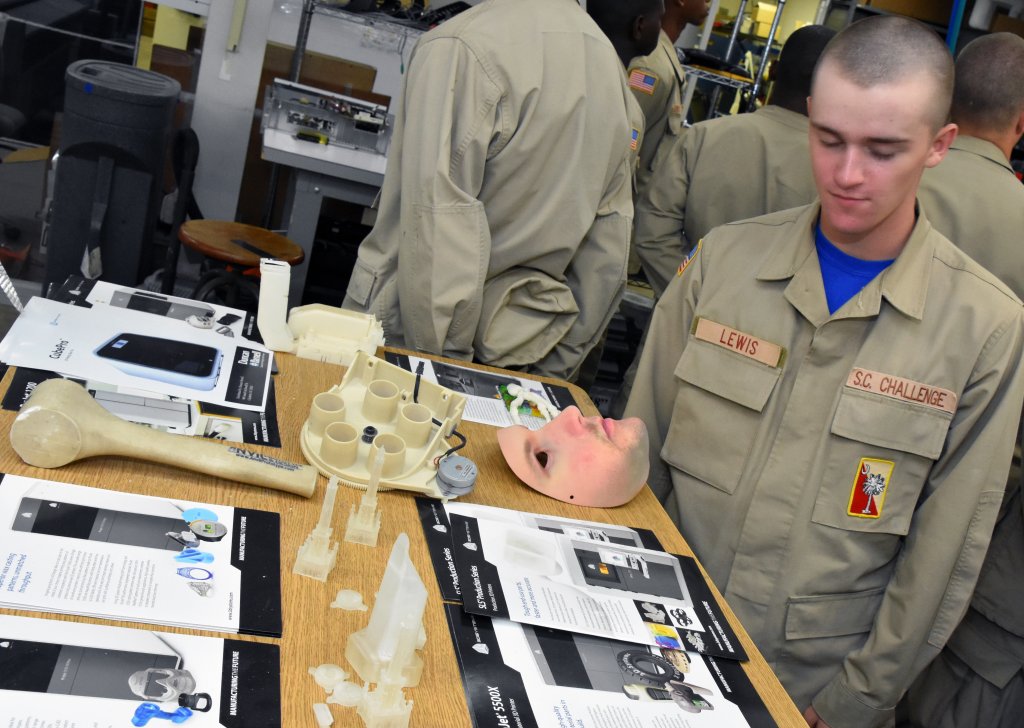
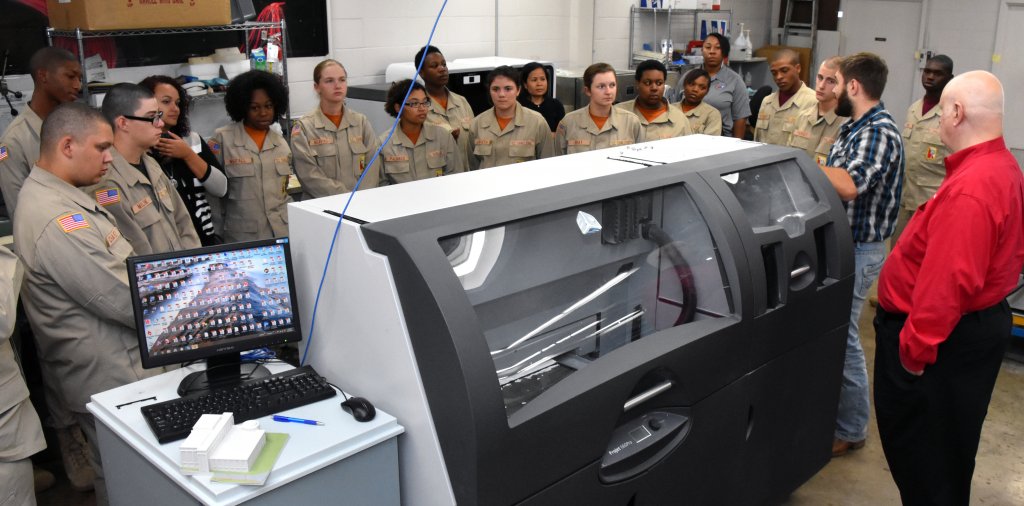

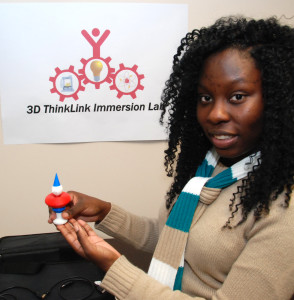
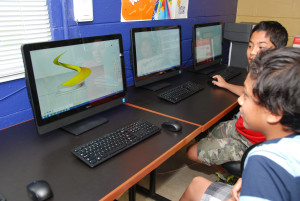
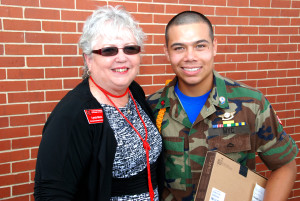
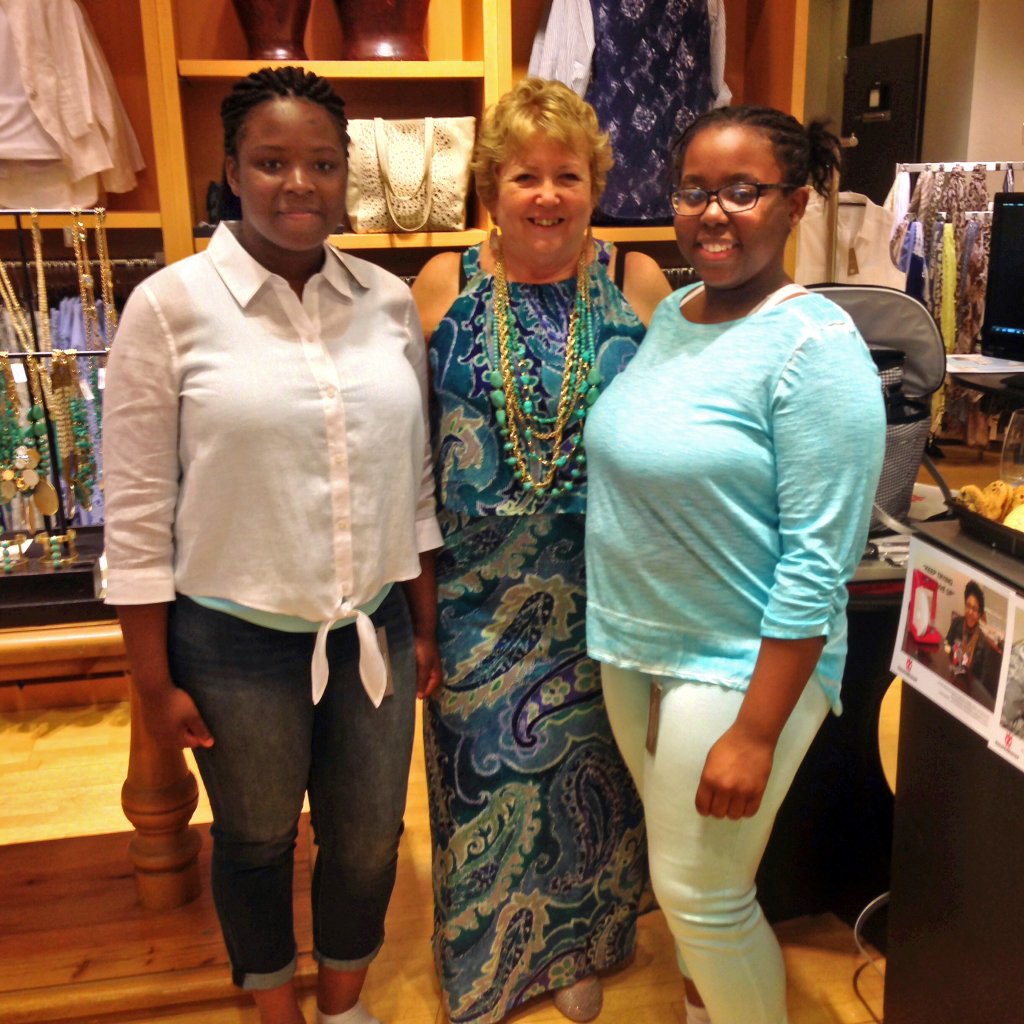
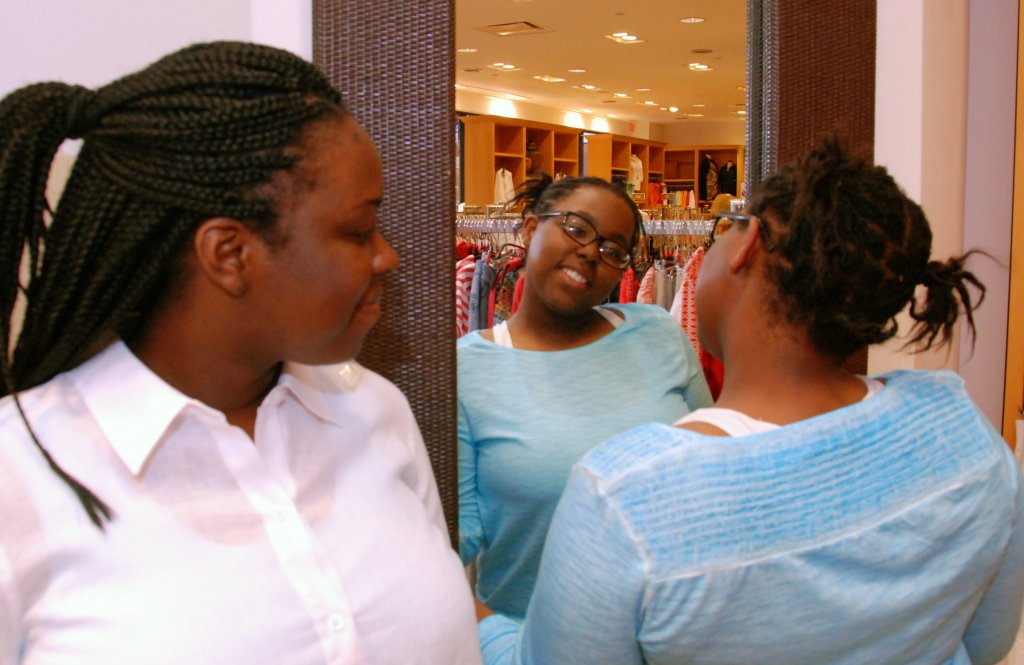
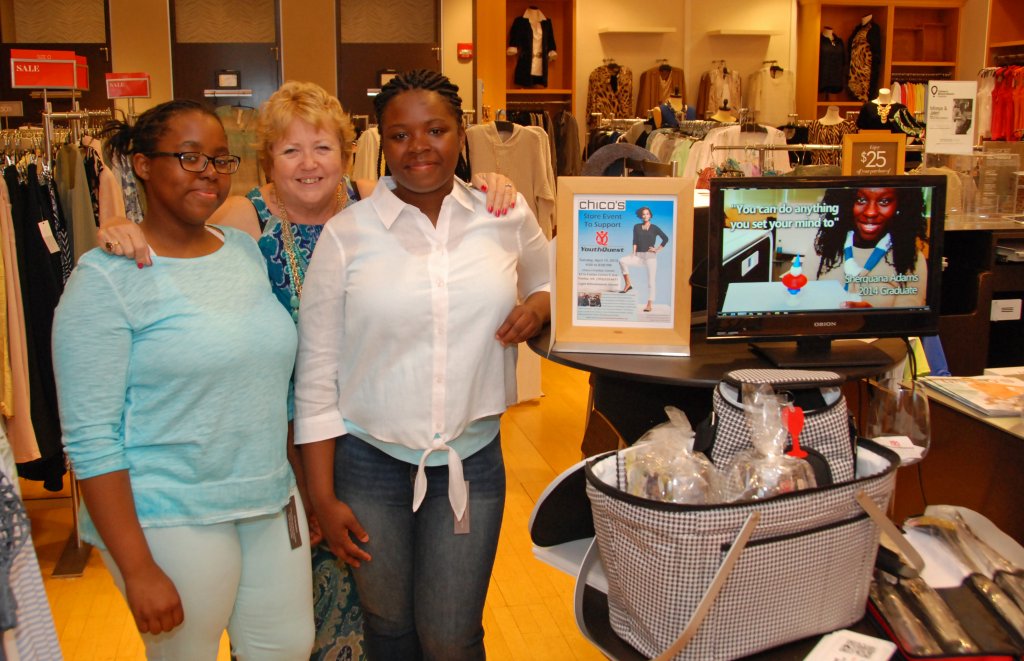
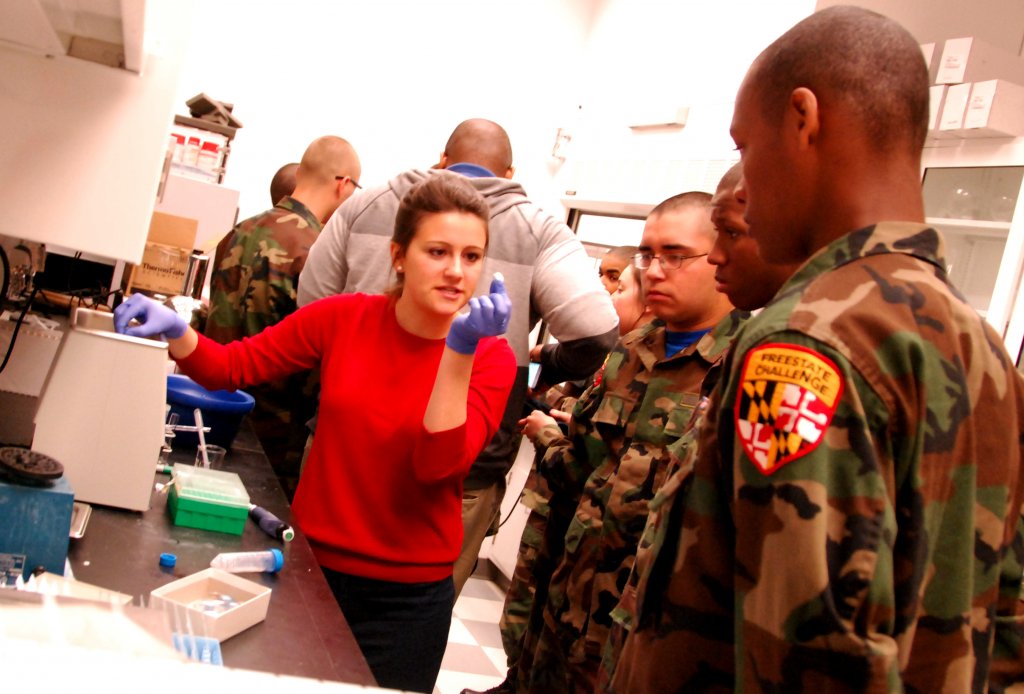
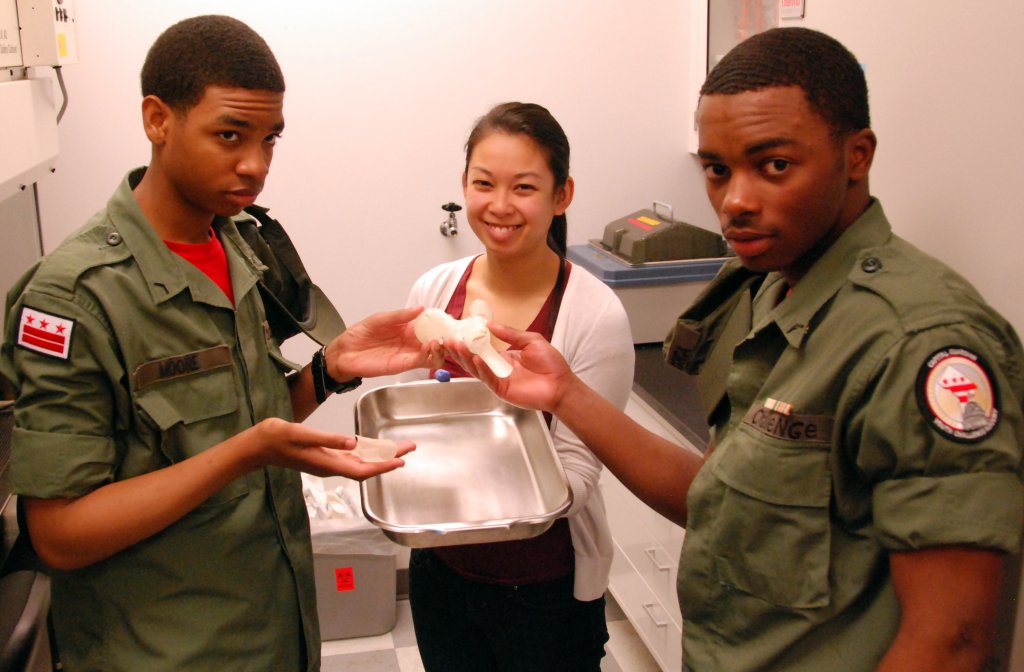
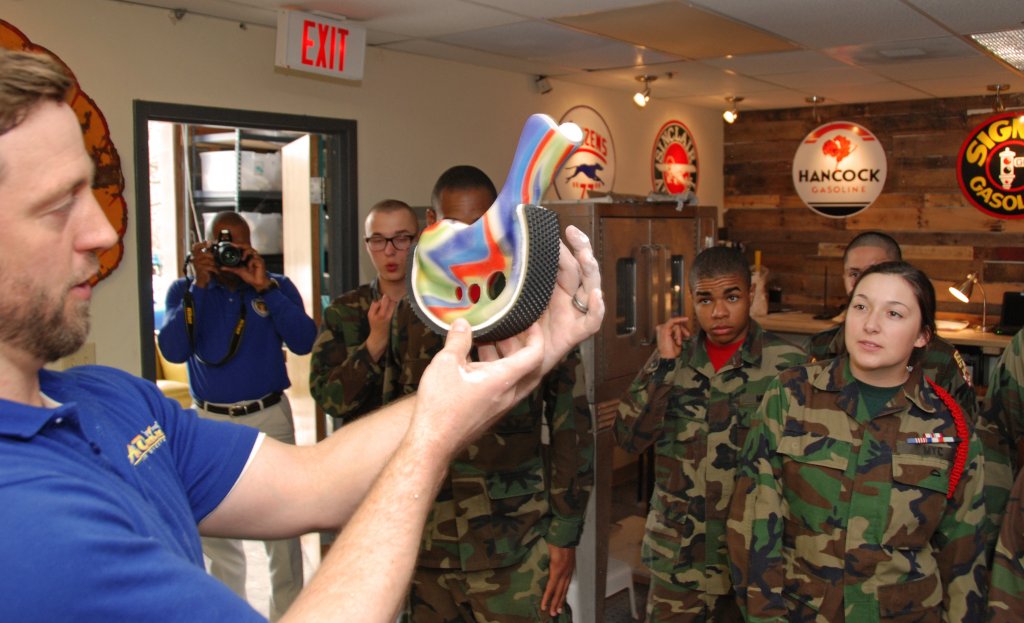
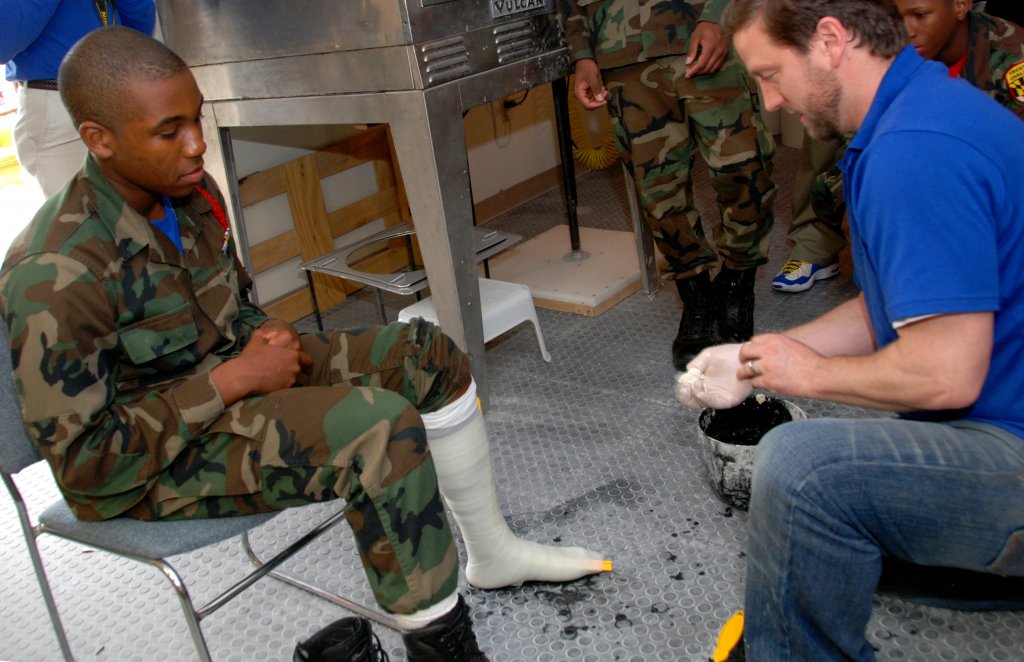
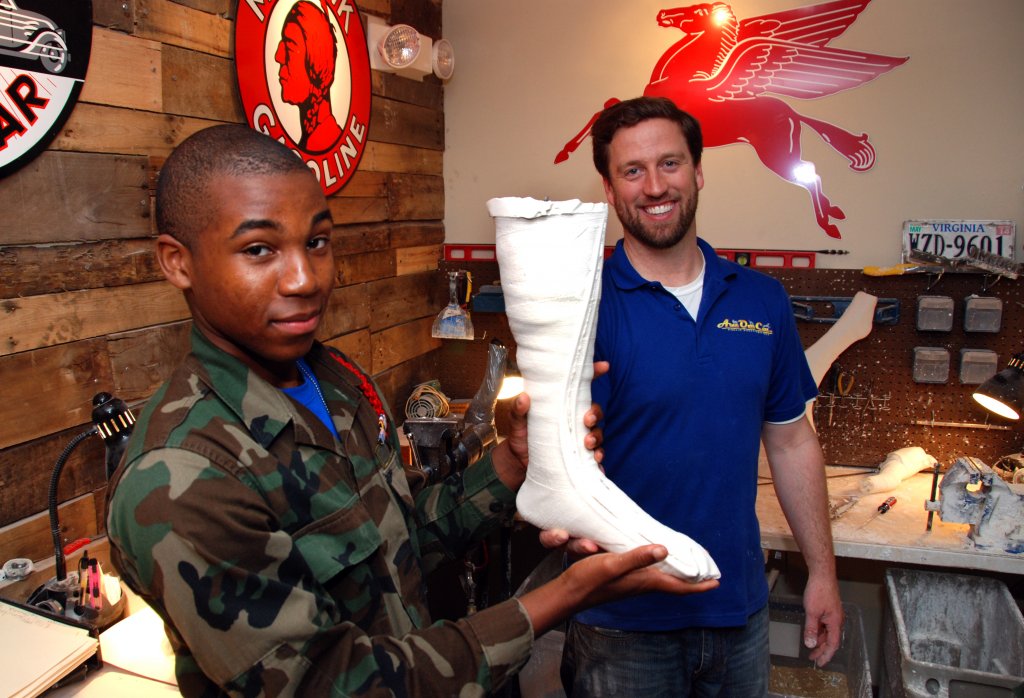
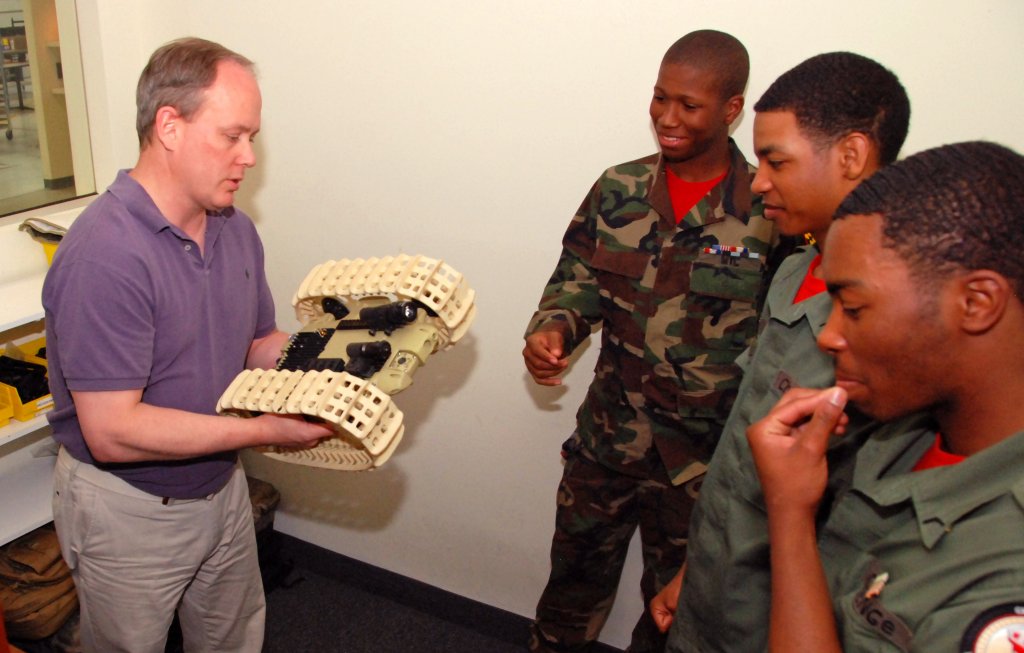
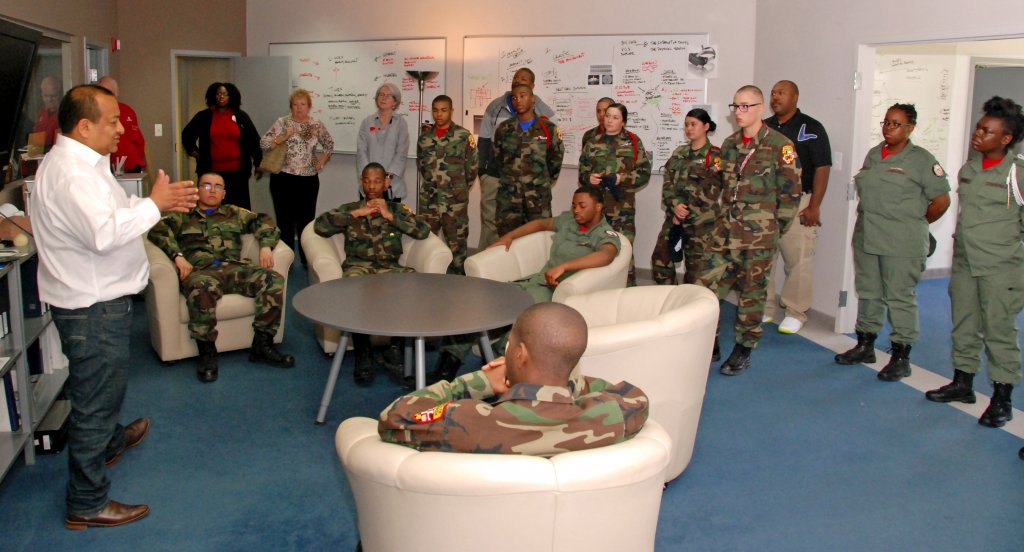
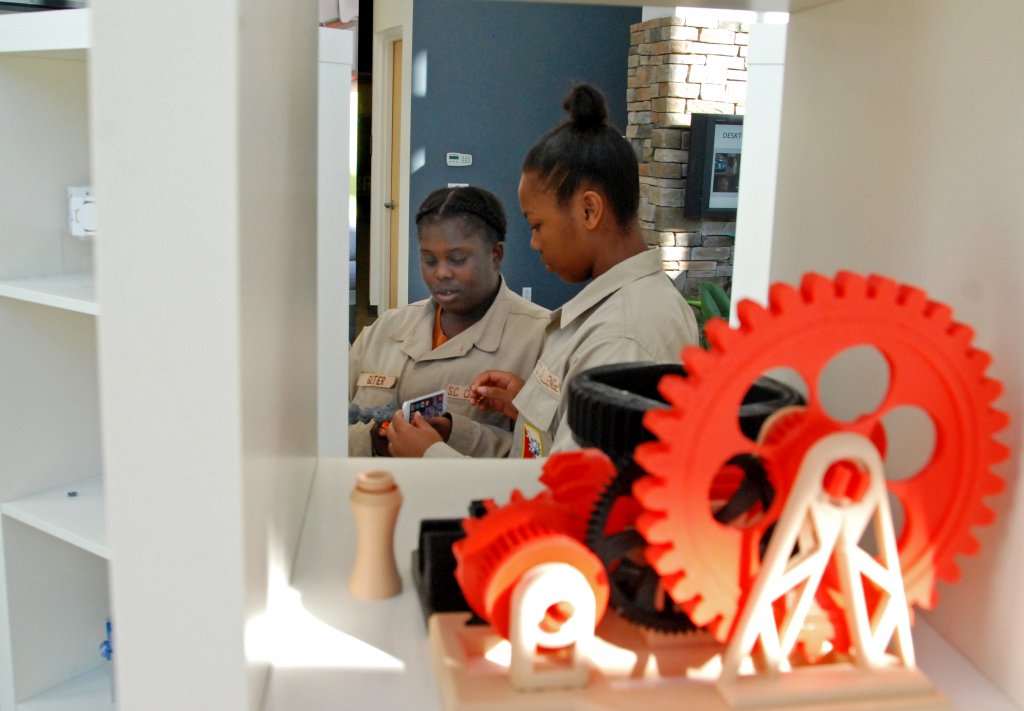
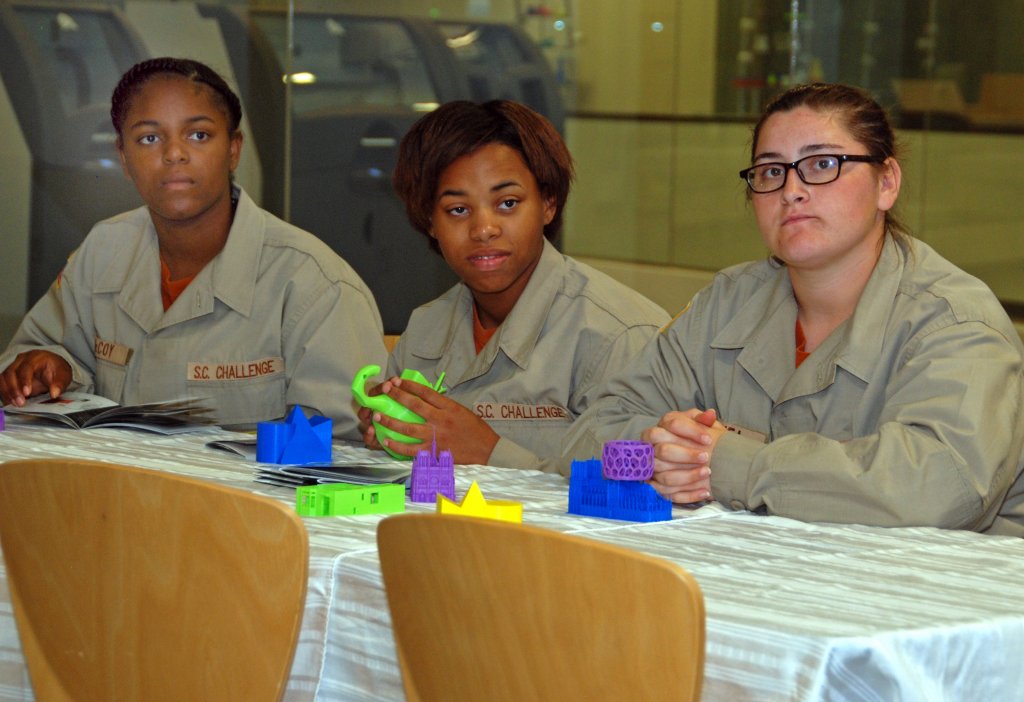
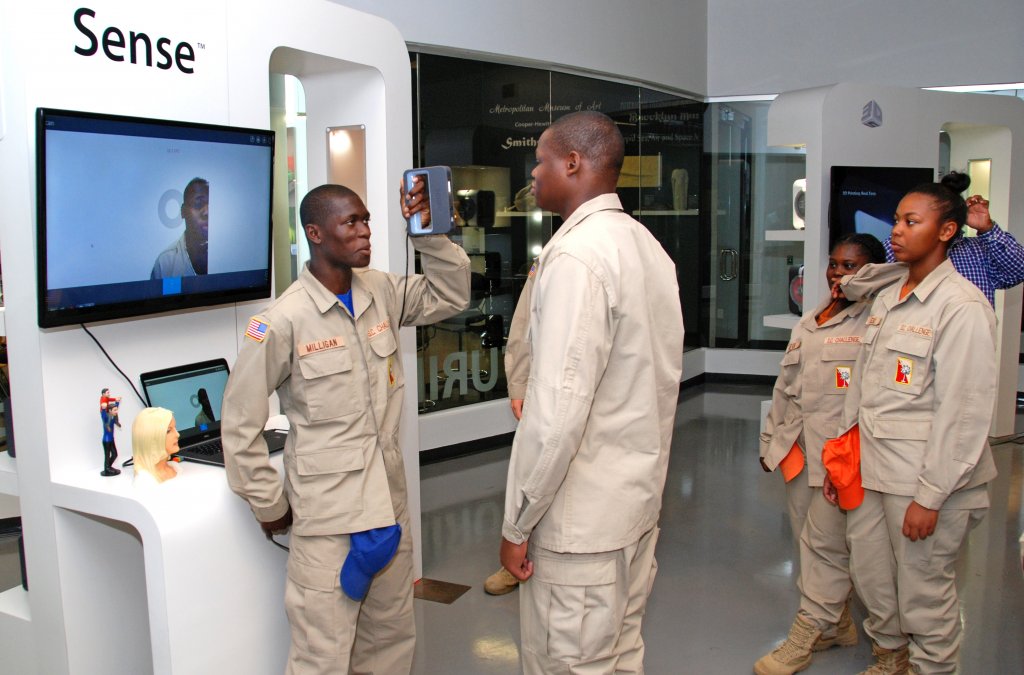
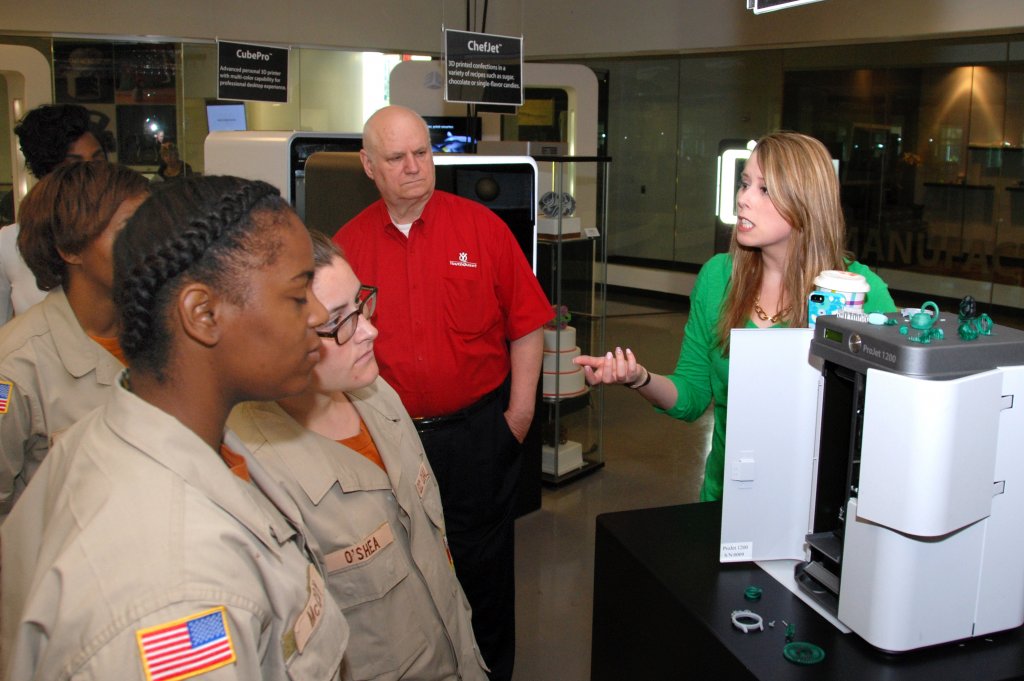
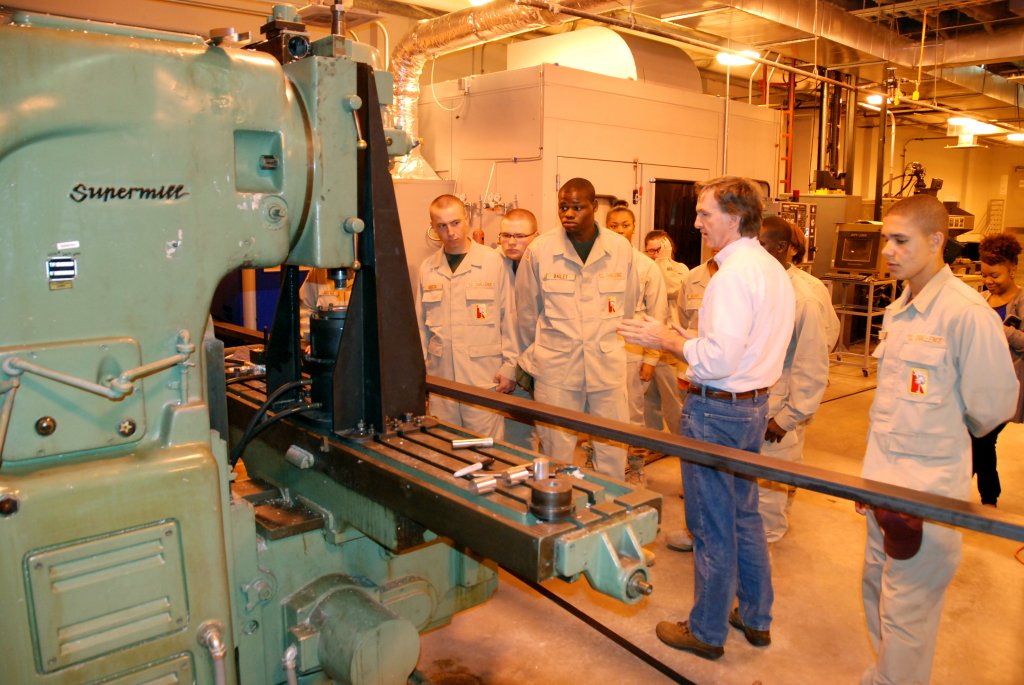
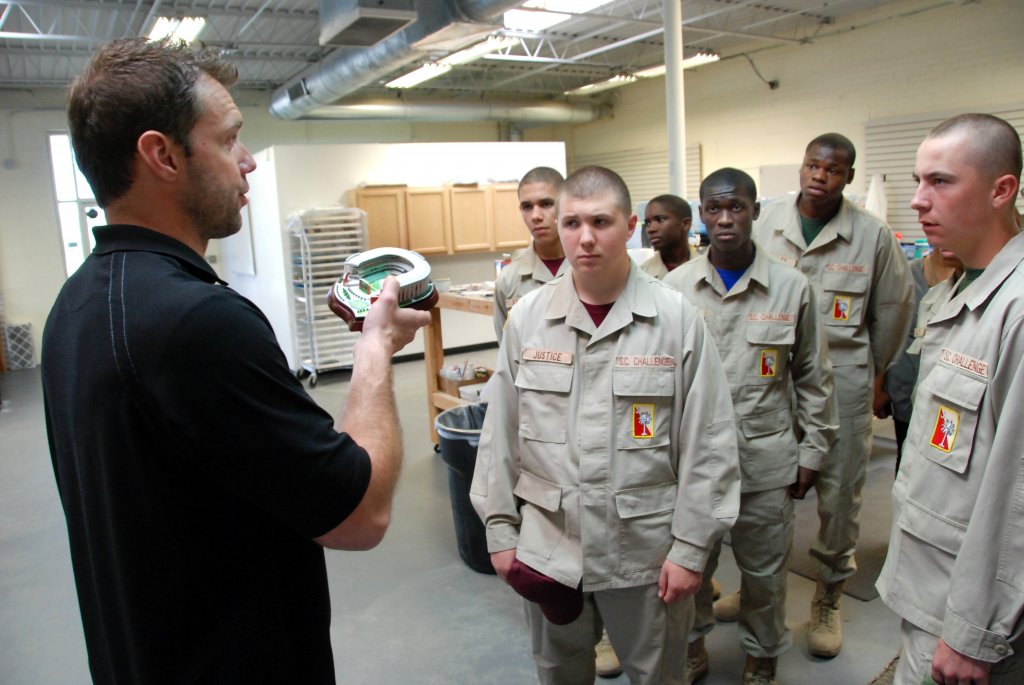
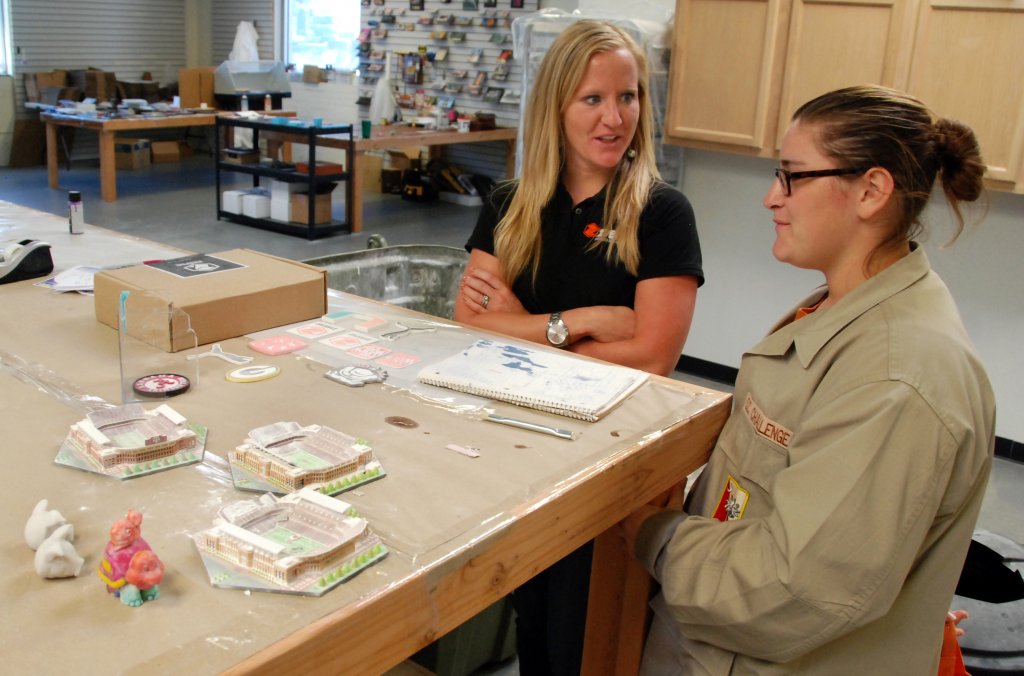
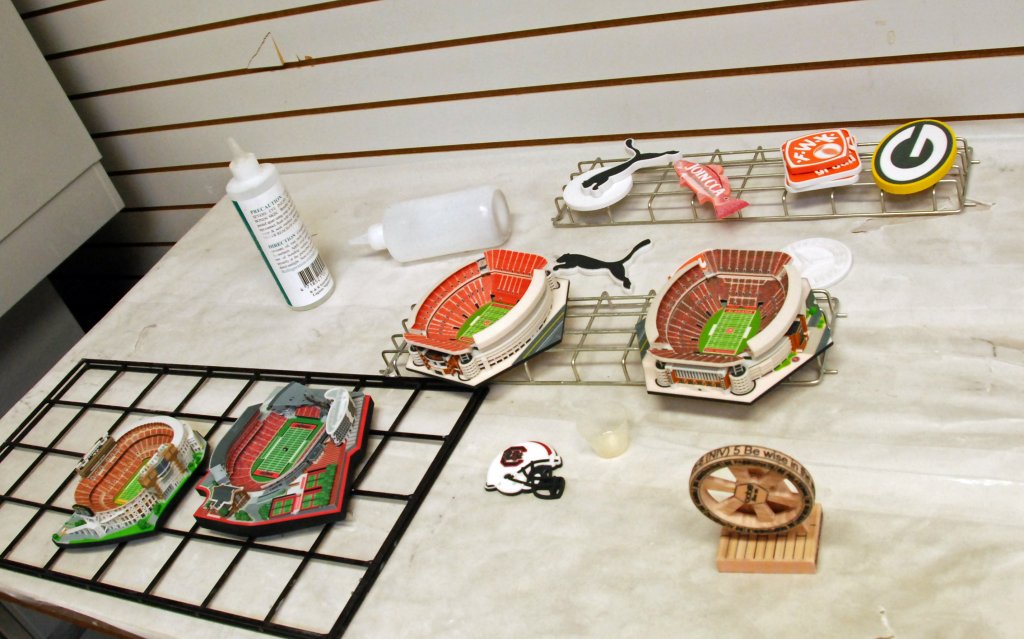
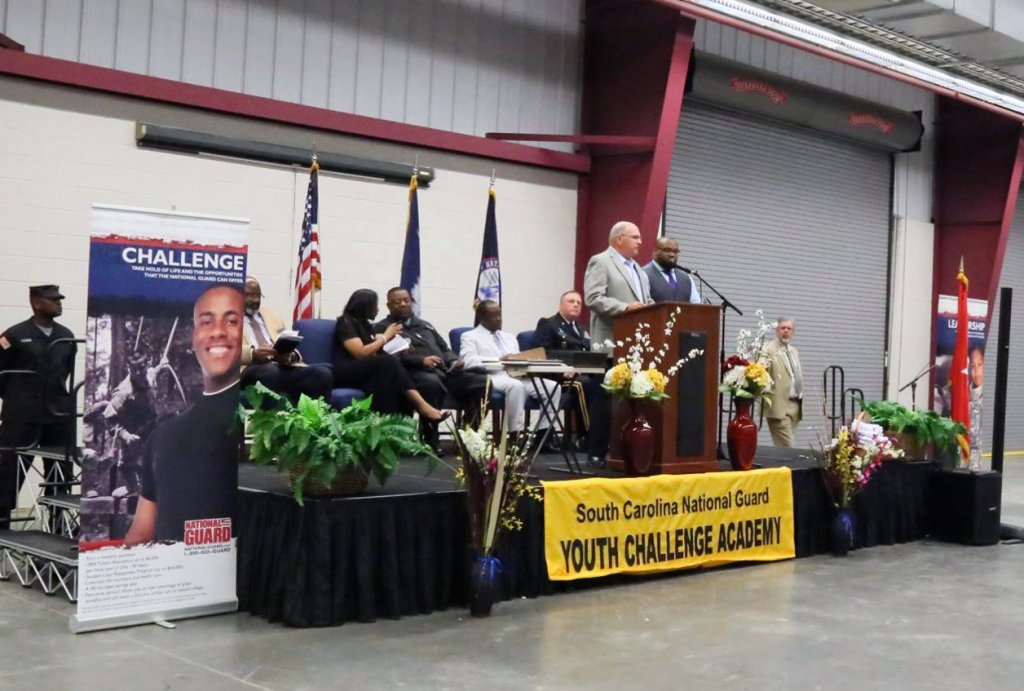


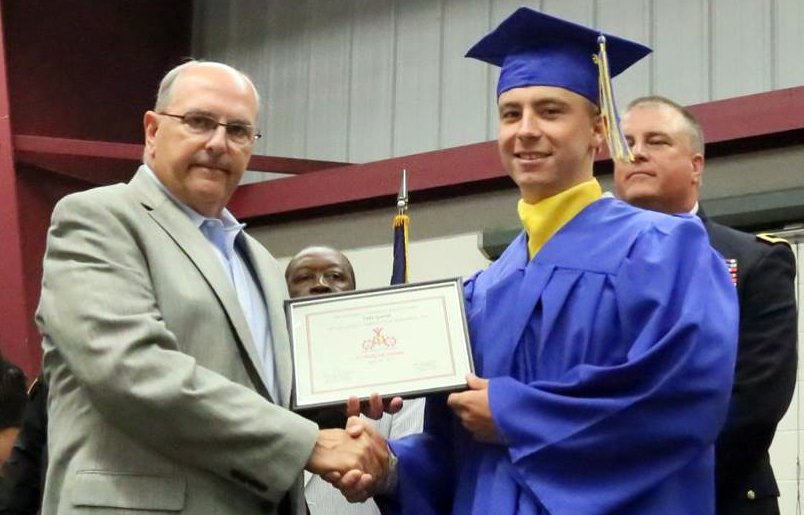
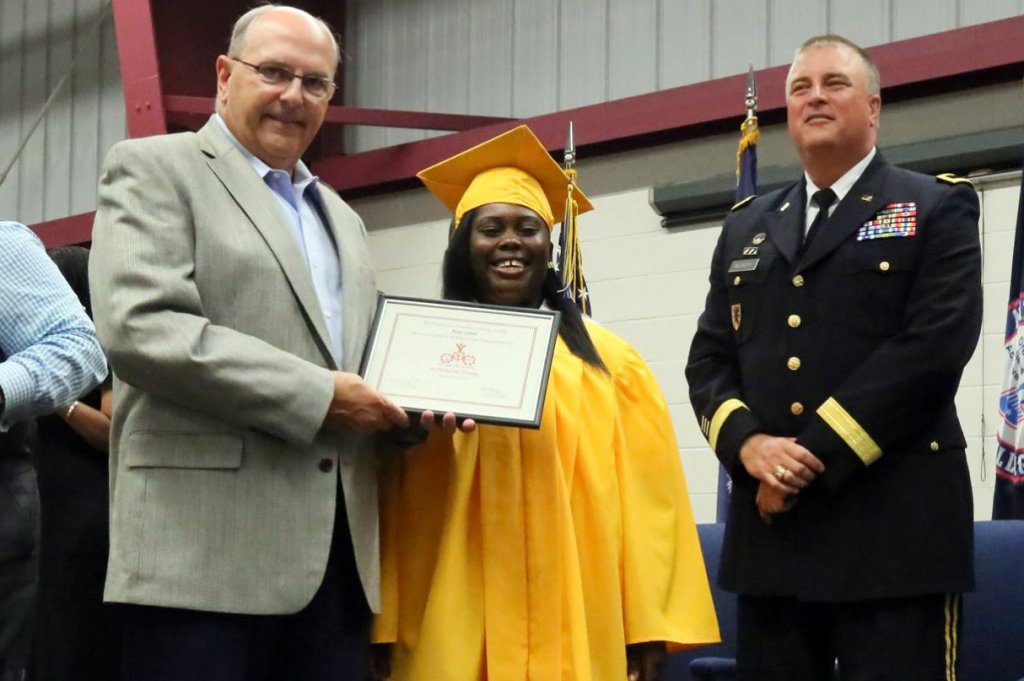

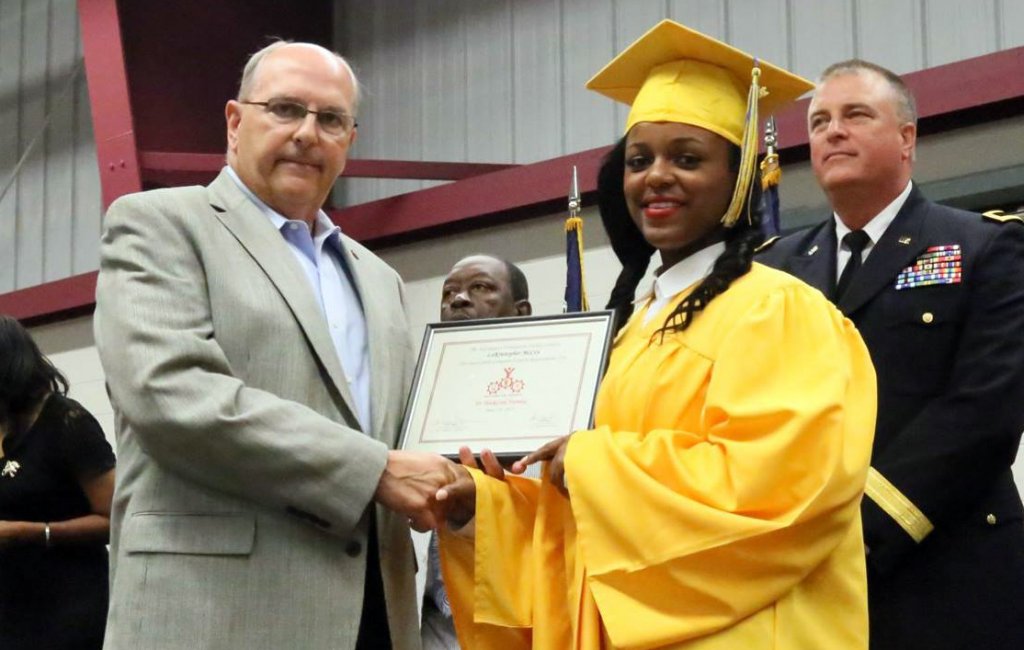
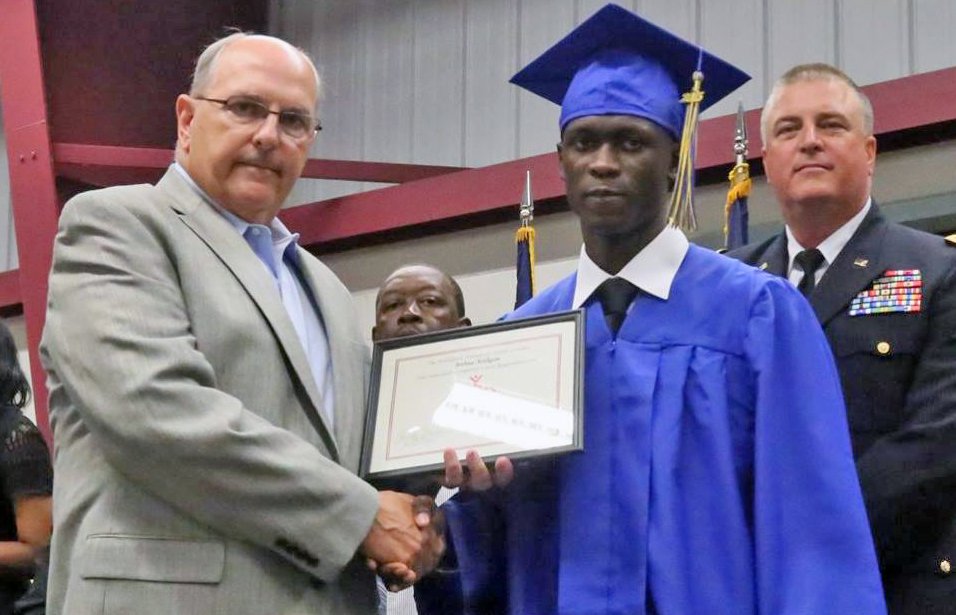
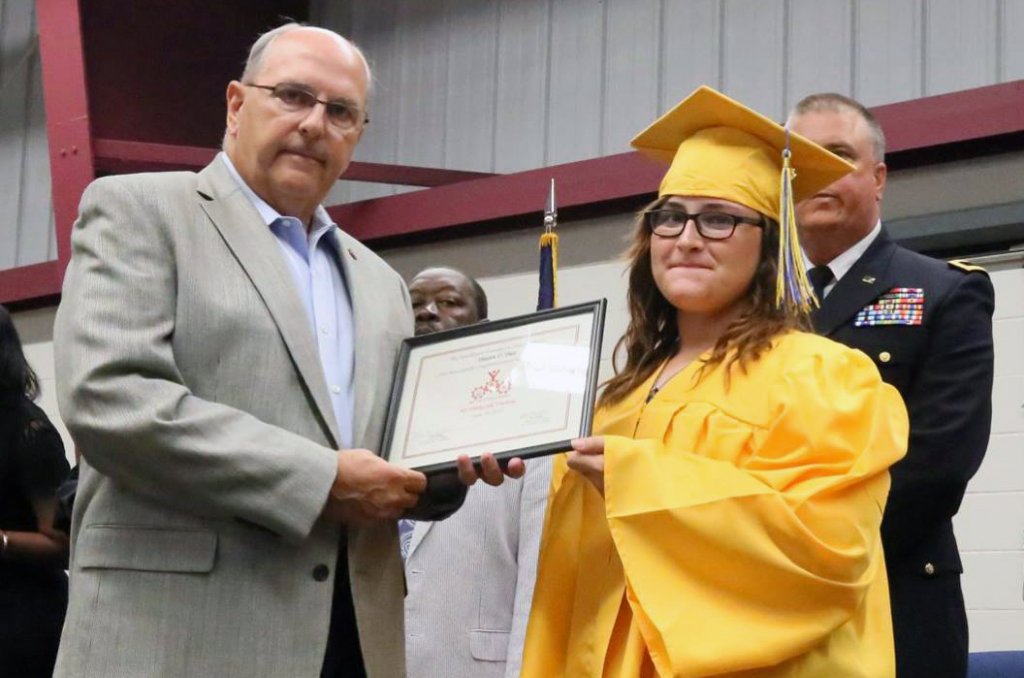
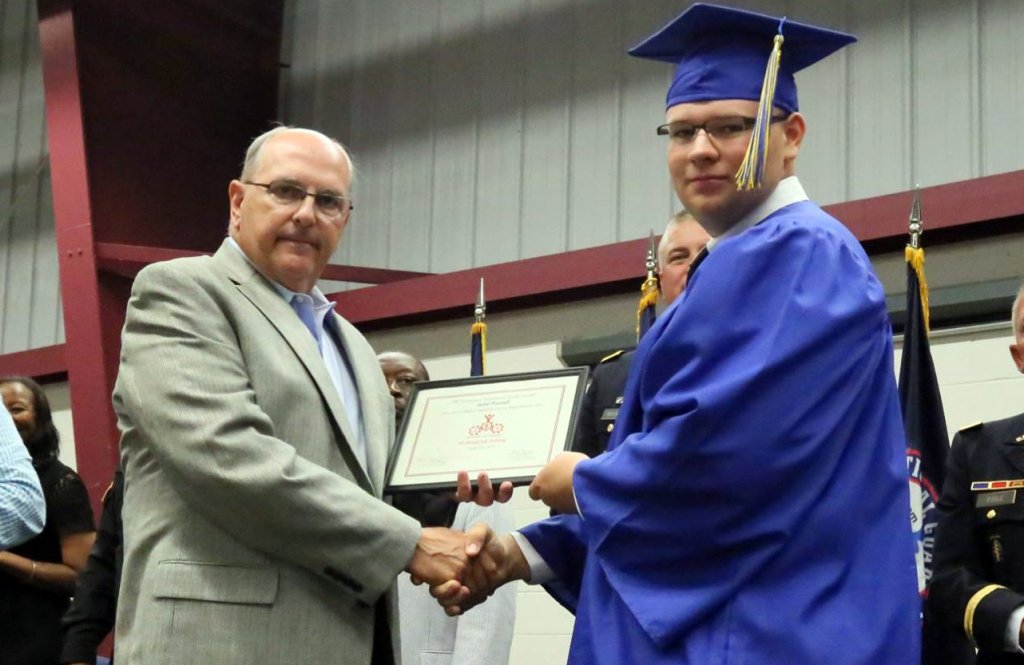
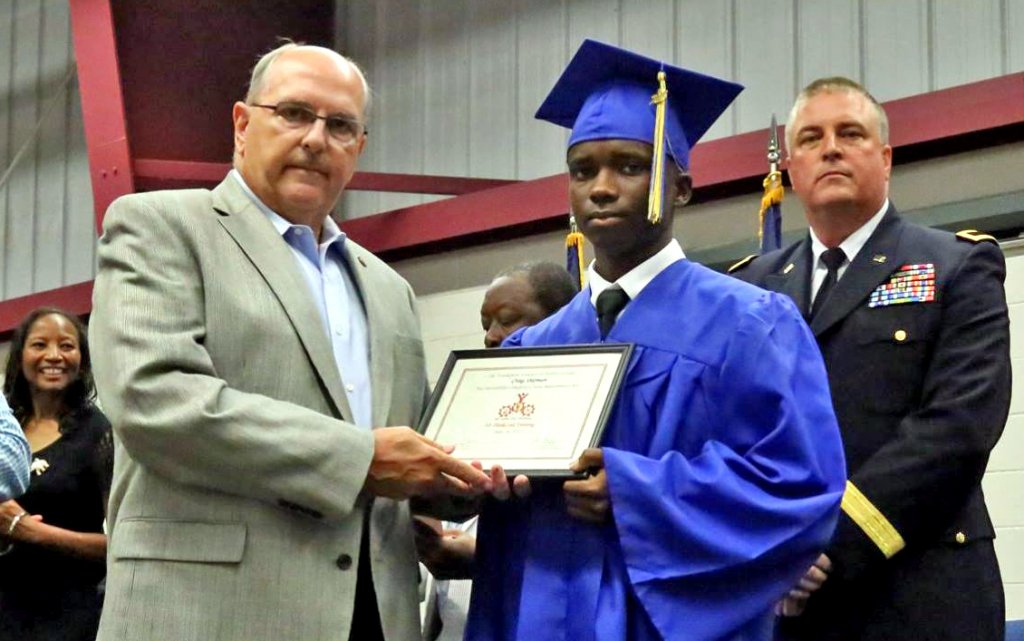
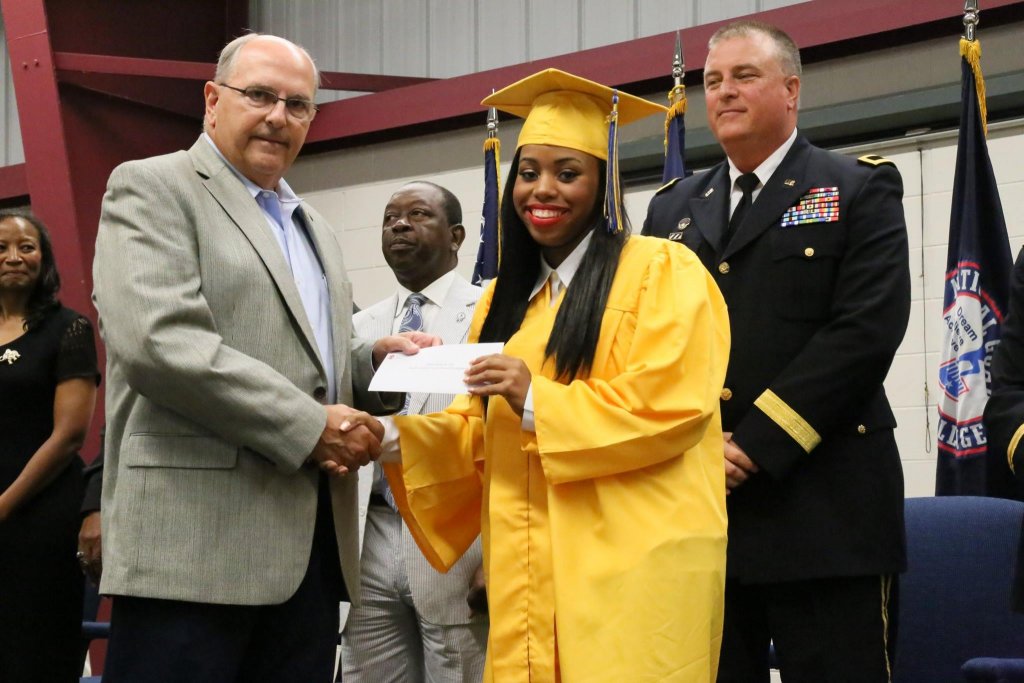
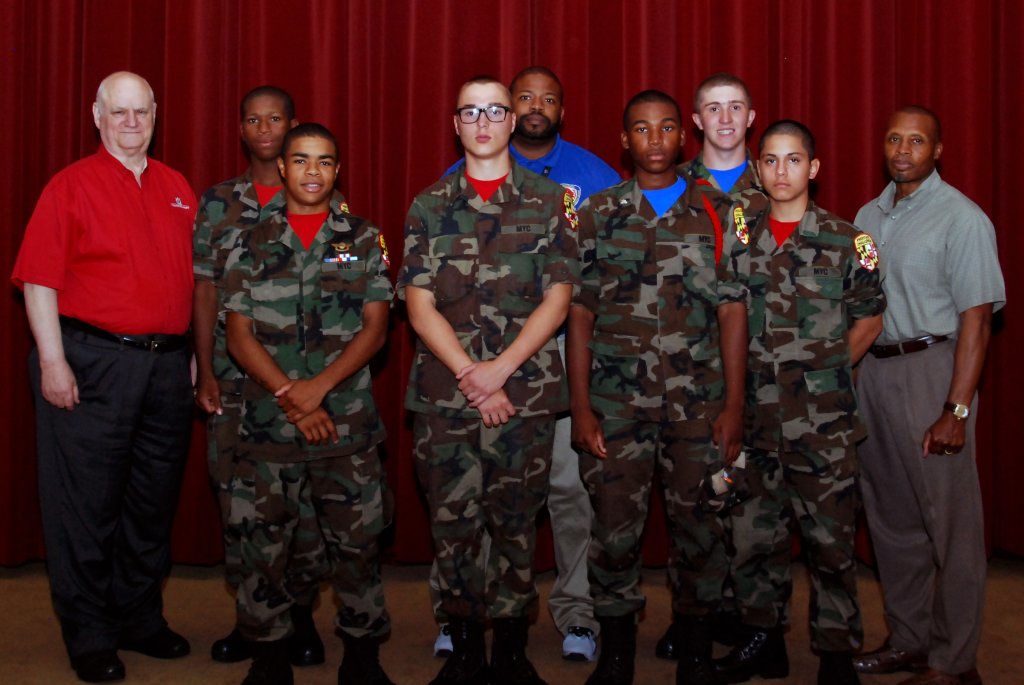
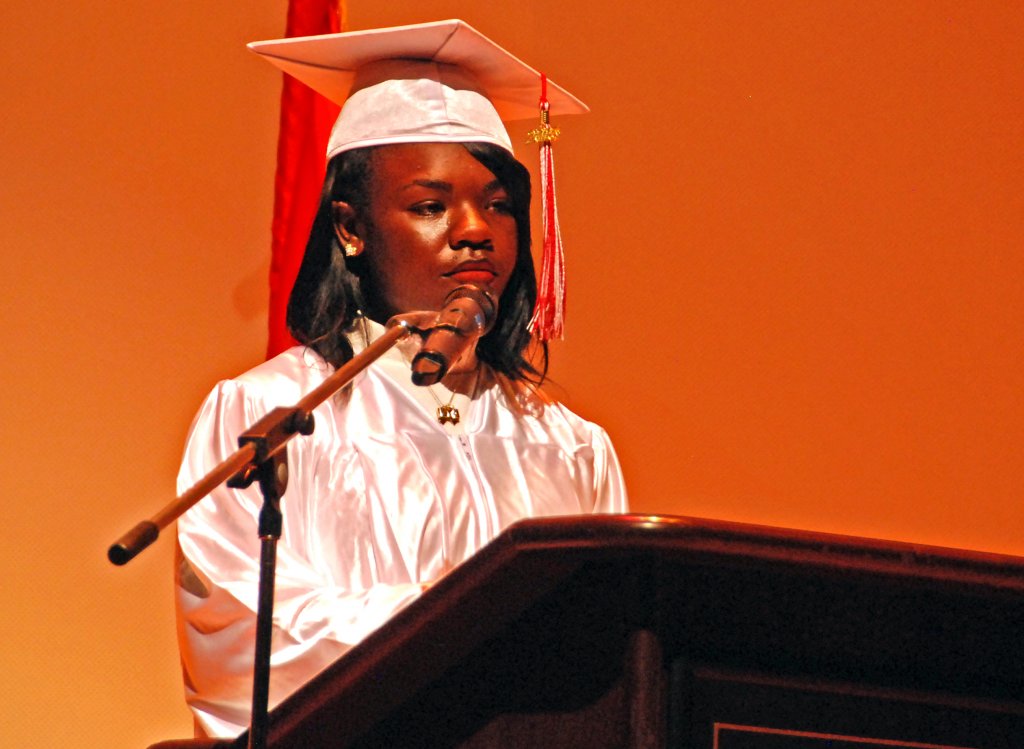
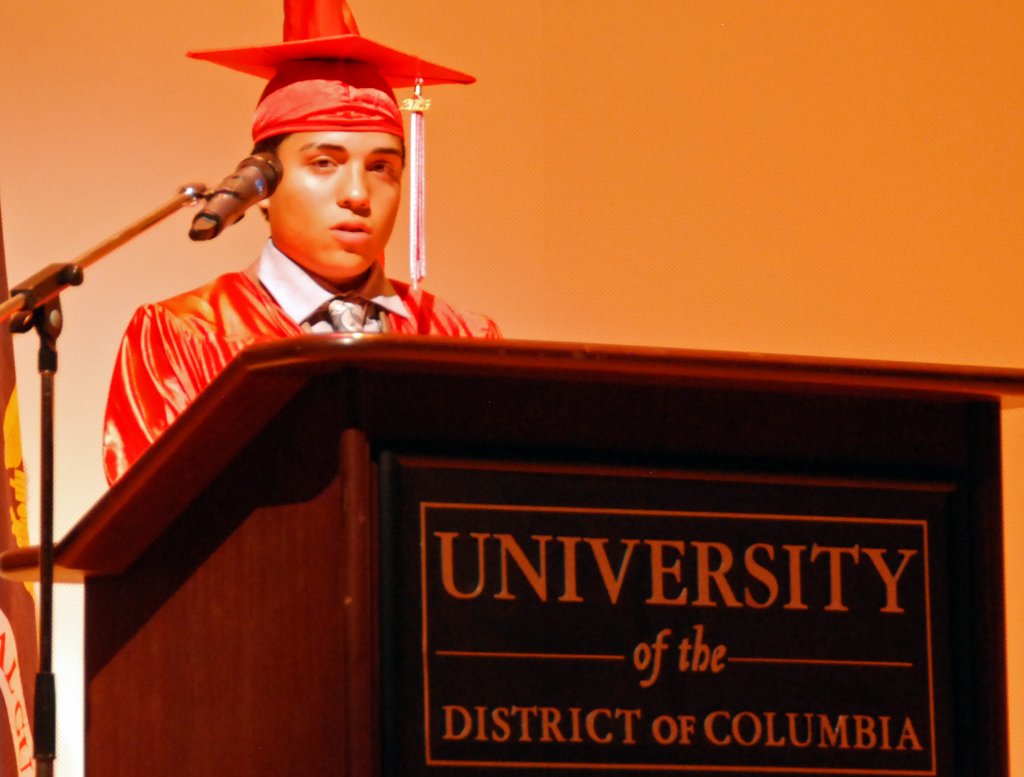
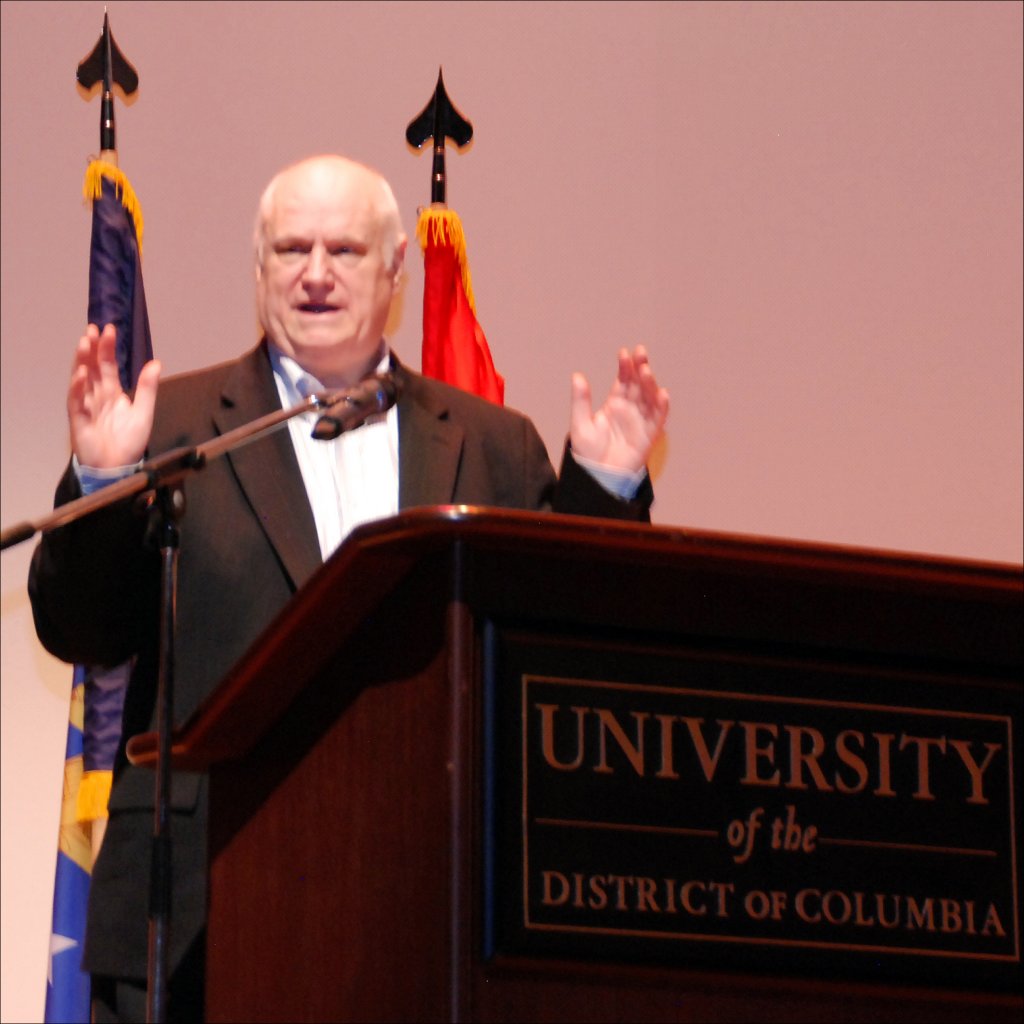
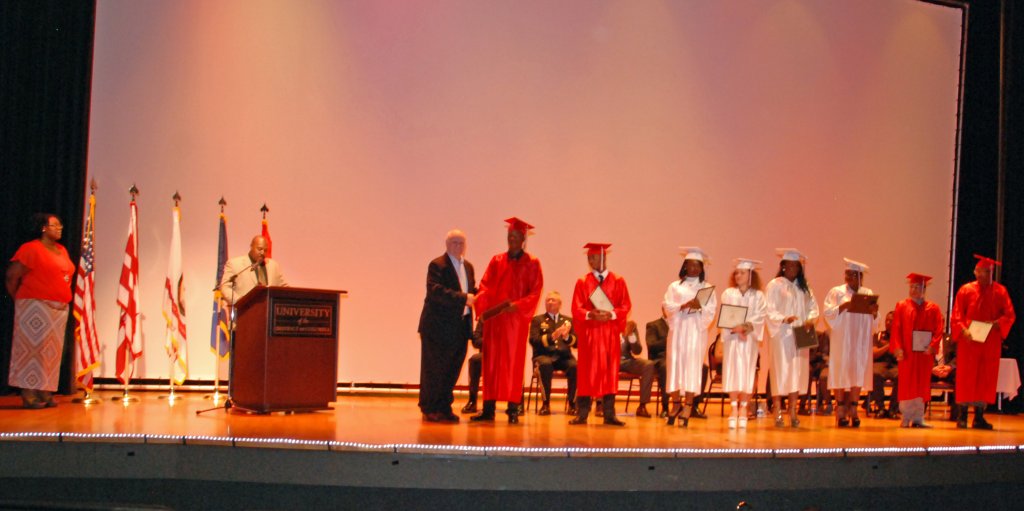
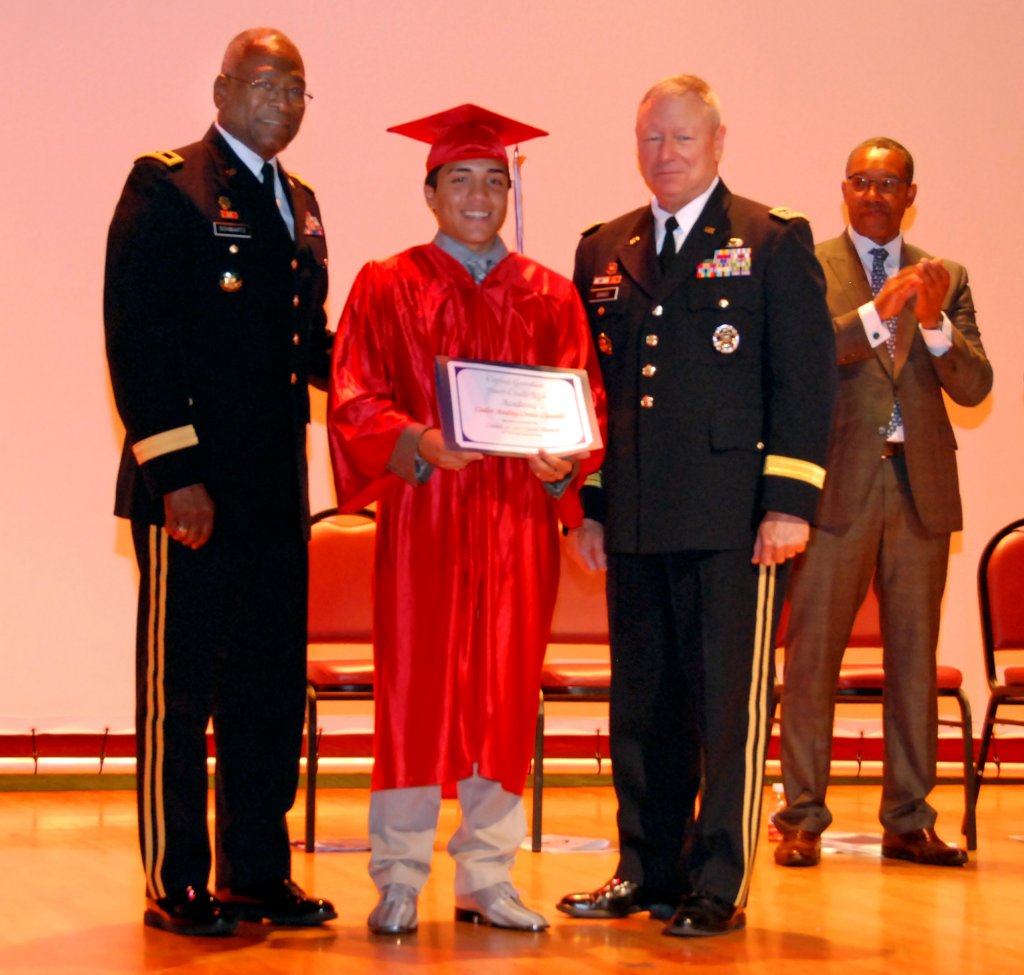

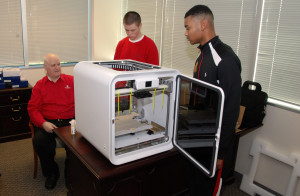
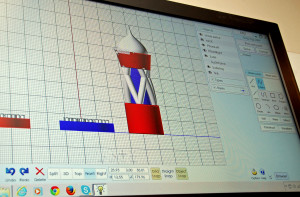
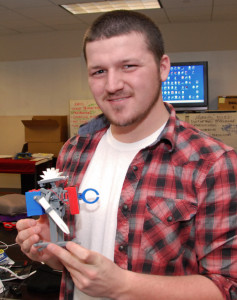 Dylan Foster, who plans to be an artist, took full advantage of the new tools in our Lab. With a three-color printer available for the first time, he designed several red, white and blue creations, including a beautifully detailed chess piece. For his robot project, he made a battery holder that’s simpler and works better than the one our Director of Instruction, Tom Meeks, had devised. Our classes also taught him to stay focused on his goals. “I used to give up a whole lot easier,” he said. The South Carolina Youth ChalleNGe Academy graduate, who had never been so far from home before, said he “met a lot of good people” and gained valuable skills during the week in the 3D ThinkLink Lab. “It’s worth the time you put into it,” Dylan said. “You can learn a lot and do a lot.”
Dylan Foster, who plans to be an artist, took full advantage of the new tools in our Lab. With a three-color printer available for the first time, he designed several red, white and blue creations, including a beautifully detailed chess piece. For his robot project, he made a battery holder that’s simpler and works better than the one our Director of Instruction, Tom Meeks, had devised. Our classes also taught him to stay focused on his goals. “I used to give up a whole lot easier,” he said. The South Carolina Youth ChalleNGe Academy graduate, who had never been so far from home before, said he “met a lot of good people” and gained valuable skills during the week in the 3D ThinkLink Lab. “It’s worth the time you put into it,” Dylan said. “You can learn a lot and do a lot.”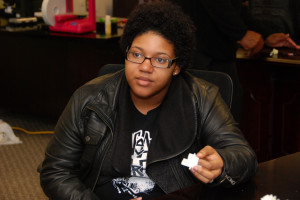 “Frustration was a big problem for me,” Kamie Moody admitted. Our 3D ThinkLink classes became her “outlet” from the daily pressures at Freestate ChalleNGe Academy. “Every Monday, when I had 3D, I was excited,” she recalled. Kamie appreciated the chance to learn about CAD (Computer-Aided Design) software because it will help her pursue a career in architecture. Experimenting with Moment of Inspiration’s new features brought out her creative talent. On a small scale, her designs look like jewelry, but on a large scale, they could be futuristic buildings. “The 3D ThinkLink program basically solidified what I already knew; that designing is something that I really want to do,” she said.
“Frustration was a big problem for me,” Kamie Moody admitted. Our 3D ThinkLink classes became her “outlet” from the daily pressures at Freestate ChalleNGe Academy. “Every Monday, when I had 3D, I was excited,” she recalled. Kamie appreciated the chance to learn about CAD (Computer-Aided Design) software because it will help her pursue a career in architecture. Experimenting with Moment of Inspiration’s new features brought out her creative talent. On a small scale, her designs look like jewelry, but on a large scale, they could be futuristic buildings. “The 3D ThinkLink program basically solidified what I already knew; that designing is something that I really want to do,” she said.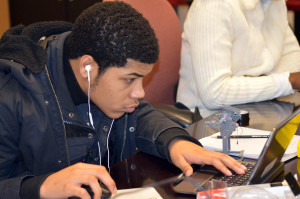
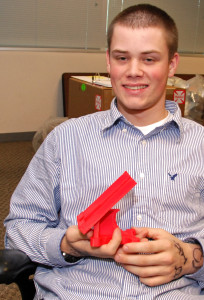 Our training might turn out to be a life-changing experience for Caleb Dujmovic. He was one of the top students in his 3D ThinkLink class at Freestate ChalleNGe Academy, where he said he enjoyed learning to make things for his family and friends. His favorite lab project was making a cellphone stand because it incorporated everything he’d learned during the week about Moment of Inspiration’s new features. Caleb applies the problem-solving skills we’ve taught him to his current job in the construction business, but he’s set his sights on a bio-engineering career. It’s something he’d never considered until he visited the
Our training might turn out to be a life-changing experience for Caleb Dujmovic. He was one of the top students in his 3D ThinkLink class at Freestate ChalleNGe Academy, where he said he enjoyed learning to make things for his family and friends. His favorite lab project was making a cellphone stand because it incorporated everything he’d learned during the week about Moment of Inspiration’s new features. Caleb applies the problem-solving skills we’ve taught him to his current job in the construction business, but he’s set his sights on a bio-engineering career. It’s something he’d never considered until he visited the 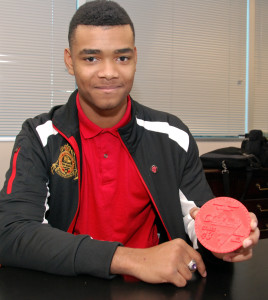 Nicknamed “Highspeed” by the staff at Capital Guardian ChalleNGe Academy because he was often ahead of his classmates, Christopher Coleman was first exposed to 3D design software in 8th grade. Later, he “really got hooked on 3D” in the Hirshhorn Museum’s ARTLAB+ program. Our 3D ThinkLink classes taught him how to use new design tools and printers he’d never tried before. The self-described “loner” says he also learned to ask for help and work with others. “This program particularly helped me with a lot of my faults – things that I’ve got to improve,” Christopher said. “I learned to be more humble … There’s people that know stuff that I don’t know, and they don’t know things that I know.”
Nicknamed “Highspeed” by the staff at Capital Guardian ChalleNGe Academy because he was often ahead of his classmates, Christopher Coleman was first exposed to 3D design software in 8th grade. Later, he “really got hooked on 3D” in the Hirshhorn Museum’s ARTLAB+ program. Our 3D ThinkLink classes taught him how to use new design tools and printers he’d never tried before. The self-described “loner” says he also learned to ask for help and work with others. “This program particularly helped me with a lot of my faults – things that I’ve got to improve,” Christopher said. “I learned to be more humble … There’s people that know stuff that I don’t know, and they don’t know things that I know.”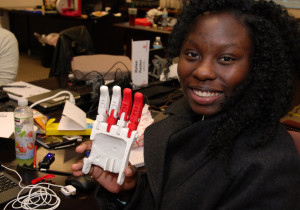 At first, Sherquana Adams didn’t want to sign up for our class at South Carolina Youth ChalleNGe Academy because she thought 3D printing was “for geeks.” But the more she learned about the many ways this technology is being used, the more interested she became. Sherquana, who aspires to be a surgical technician, was amazed by the medical applications for 3D printing. She thought it was “really cool” to put together 3D-printed pieces to make a kid-size prosthetic hand during Lab Week. “I now have a way to express myself,” she said. In just a few months, her opinion of 3D printing has shifted 180 degrees: “This is not for geeks, this is for anybody!”
At first, Sherquana Adams didn’t want to sign up for our class at South Carolina Youth ChalleNGe Academy because she thought 3D printing was “for geeks.” But the more she learned about the many ways this technology is being used, the more interested she became. Sherquana, who aspires to be a surgical technician, was amazed by the medical applications for 3D printing. She thought it was “really cool” to put together 3D-printed pieces to make a kid-size prosthetic hand during Lab Week. “I now have a way to express myself,” she said. In just a few months, her opinion of 3D printing has shifted 180 degrees: “This is not for geeks, this is for anybody!”